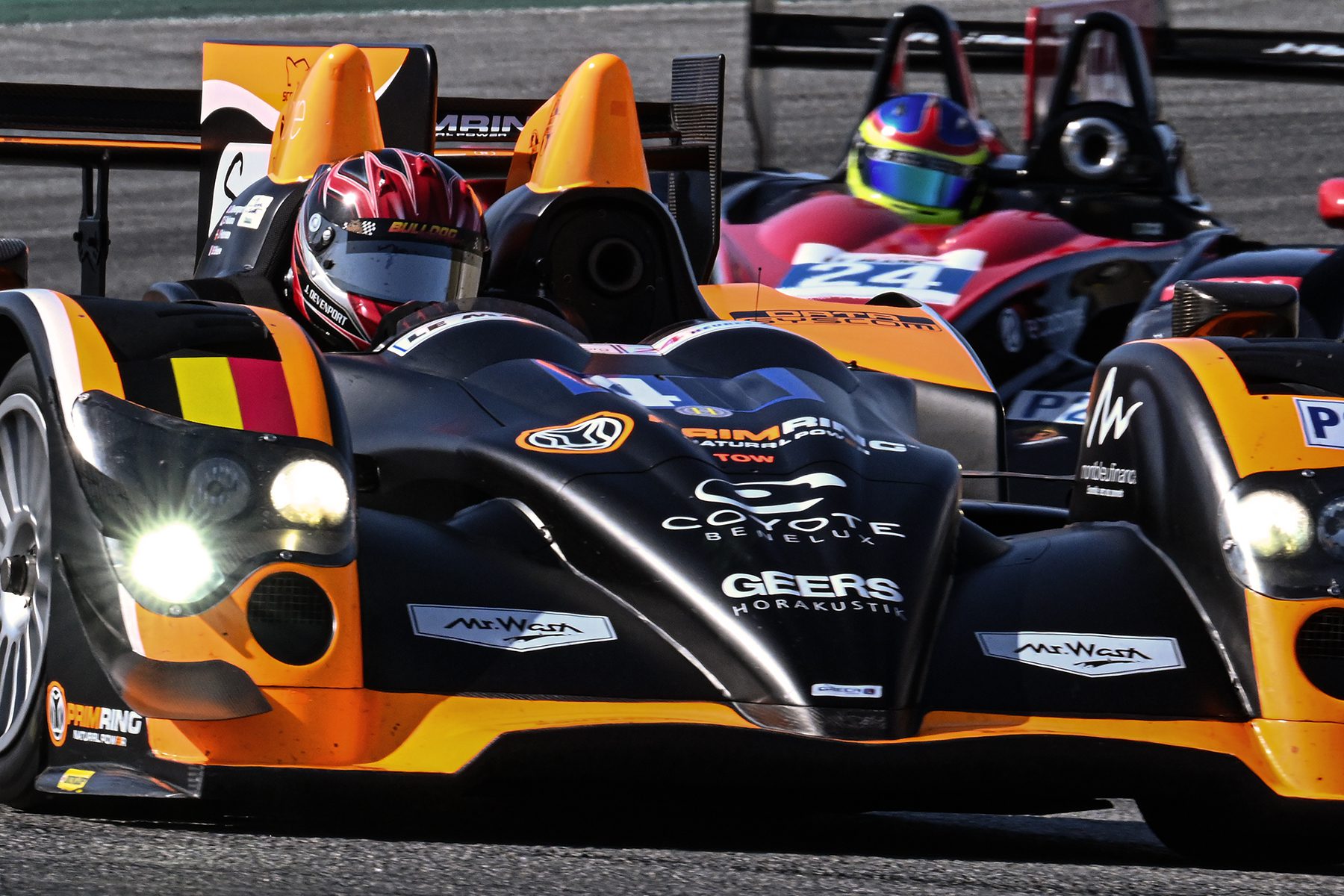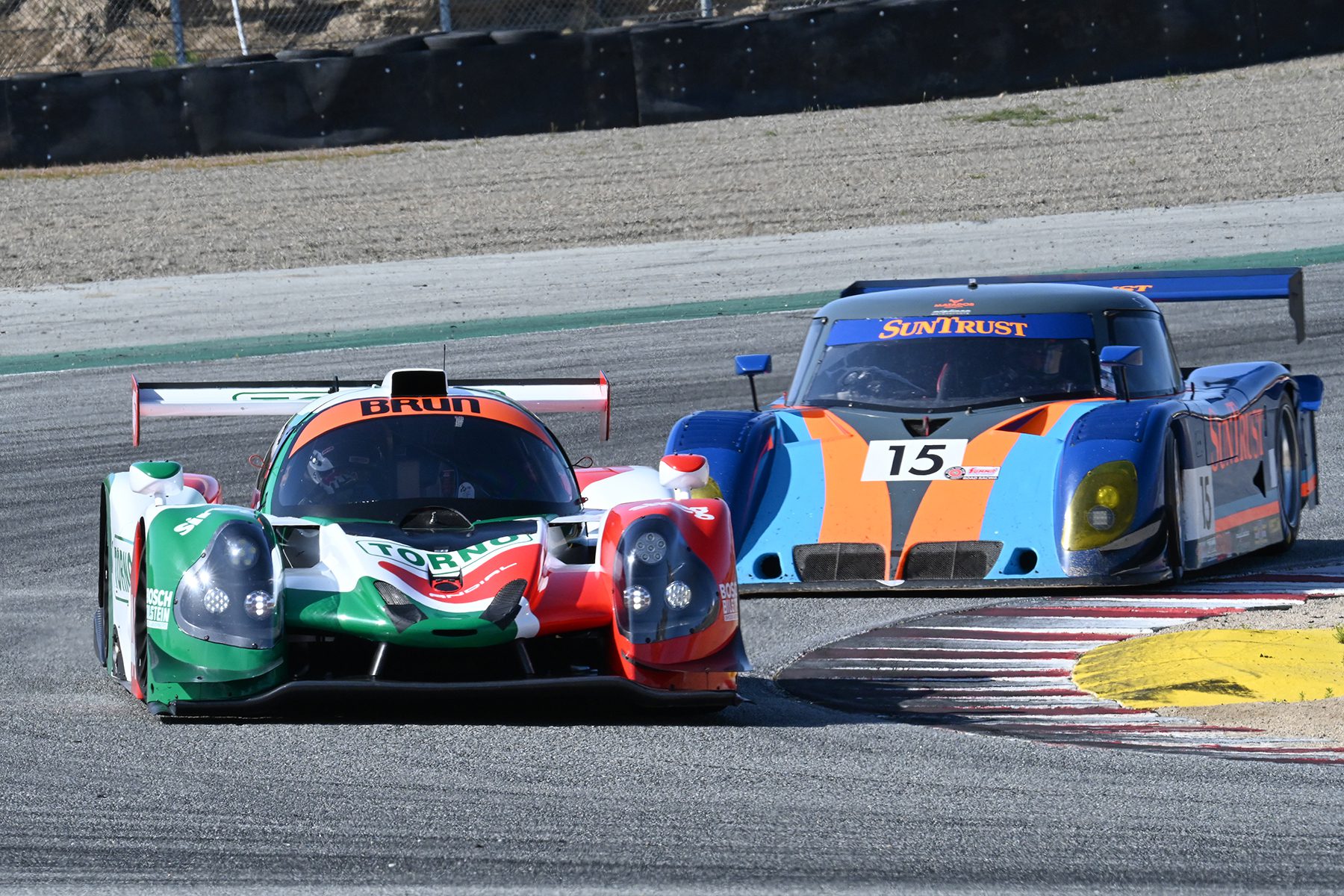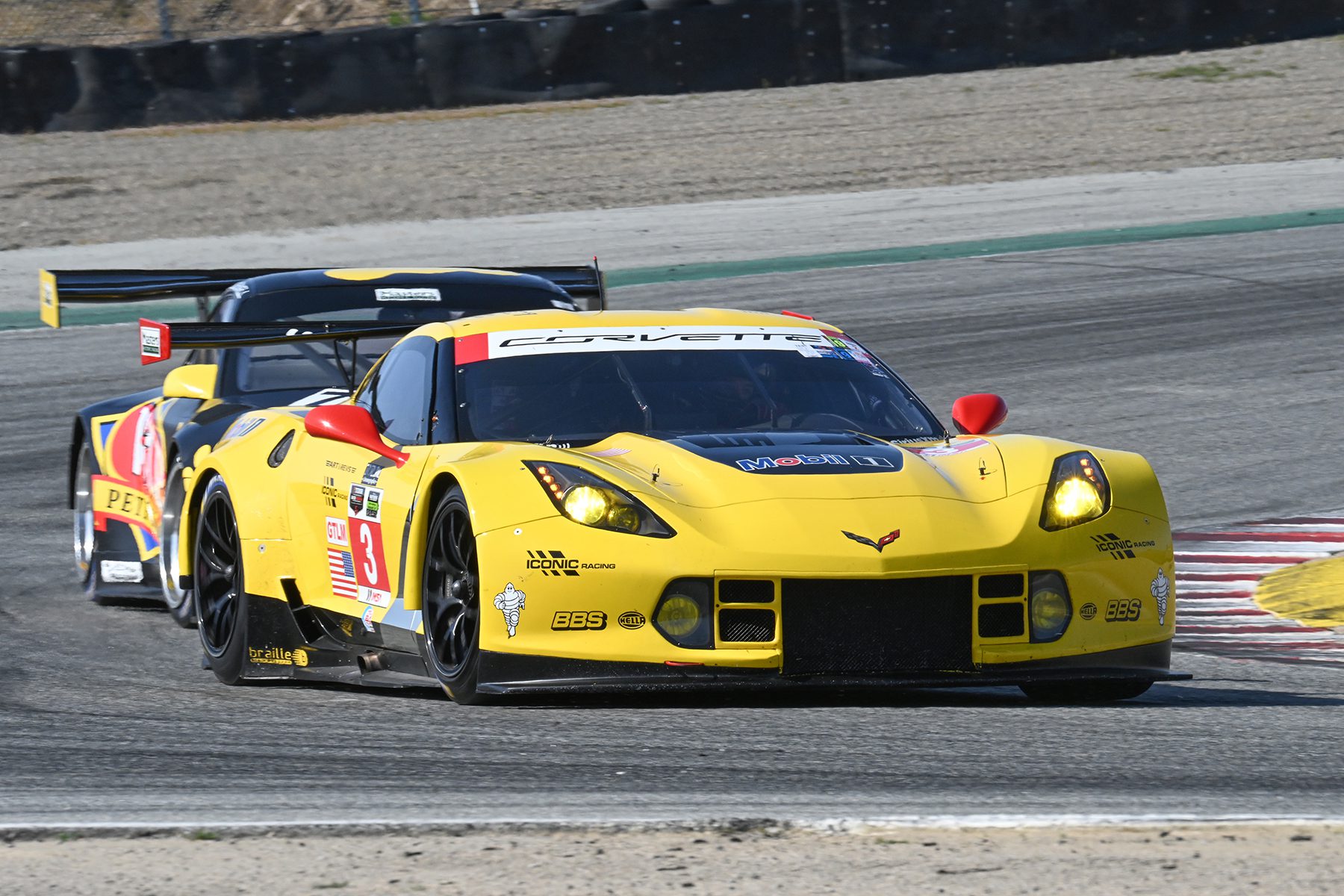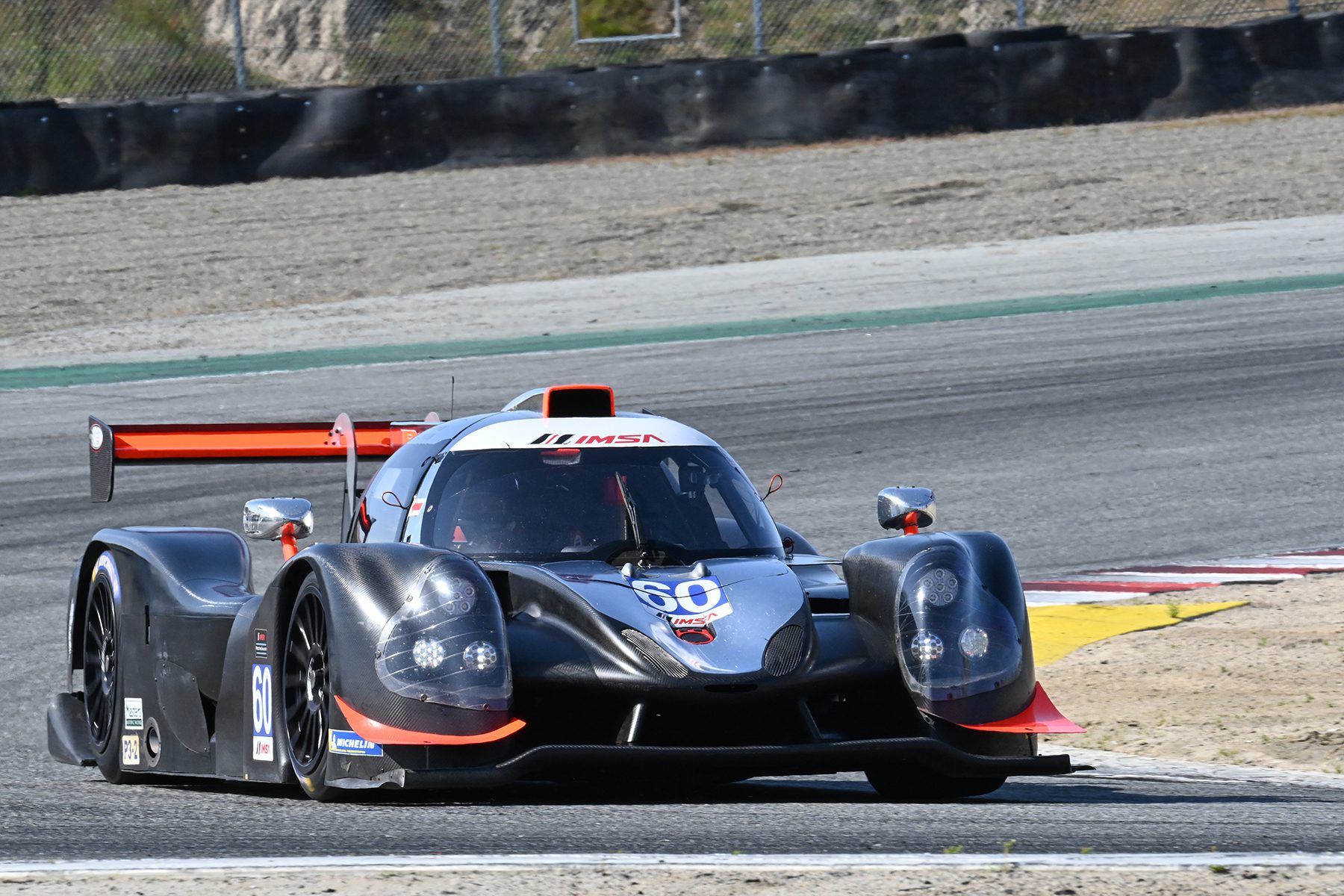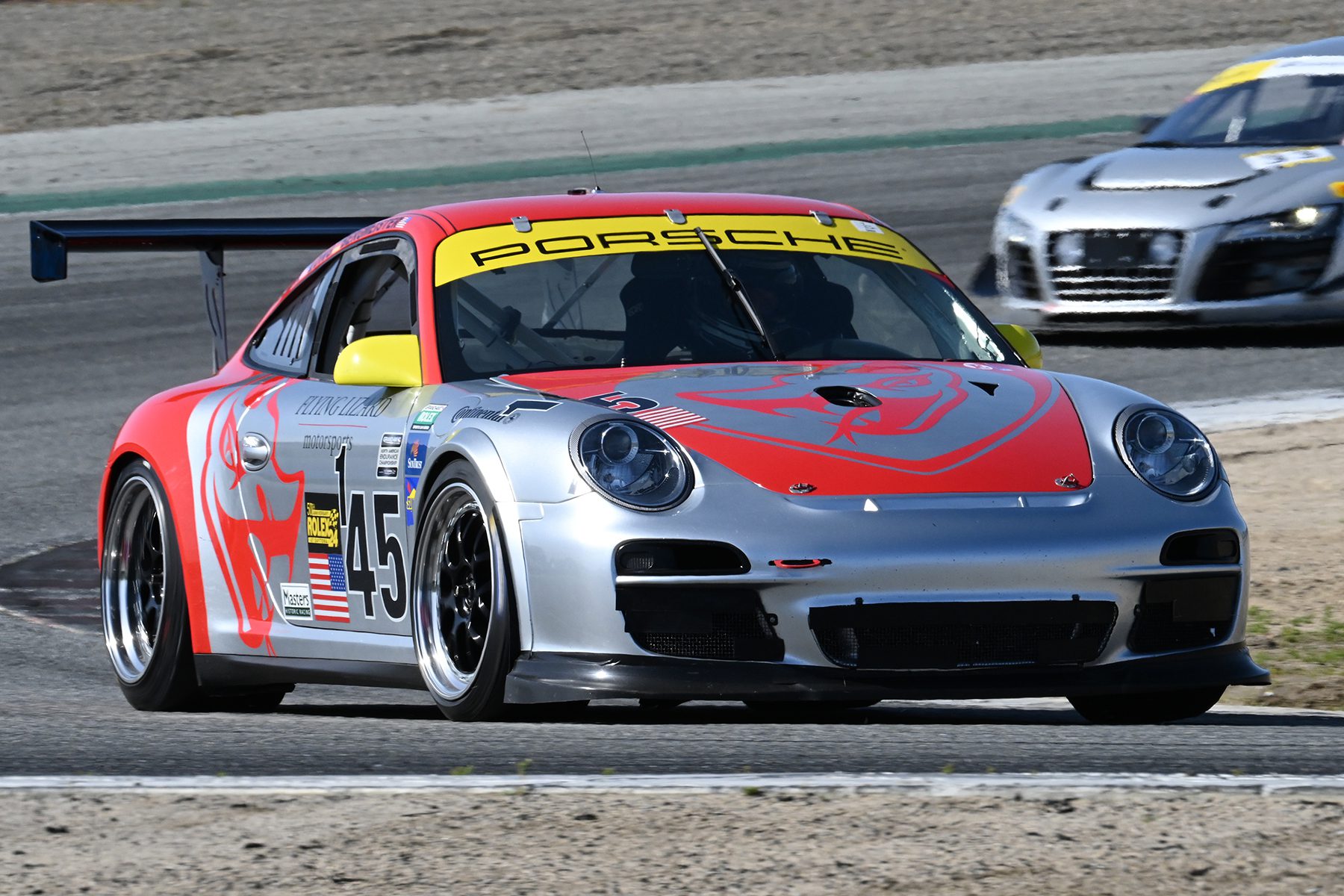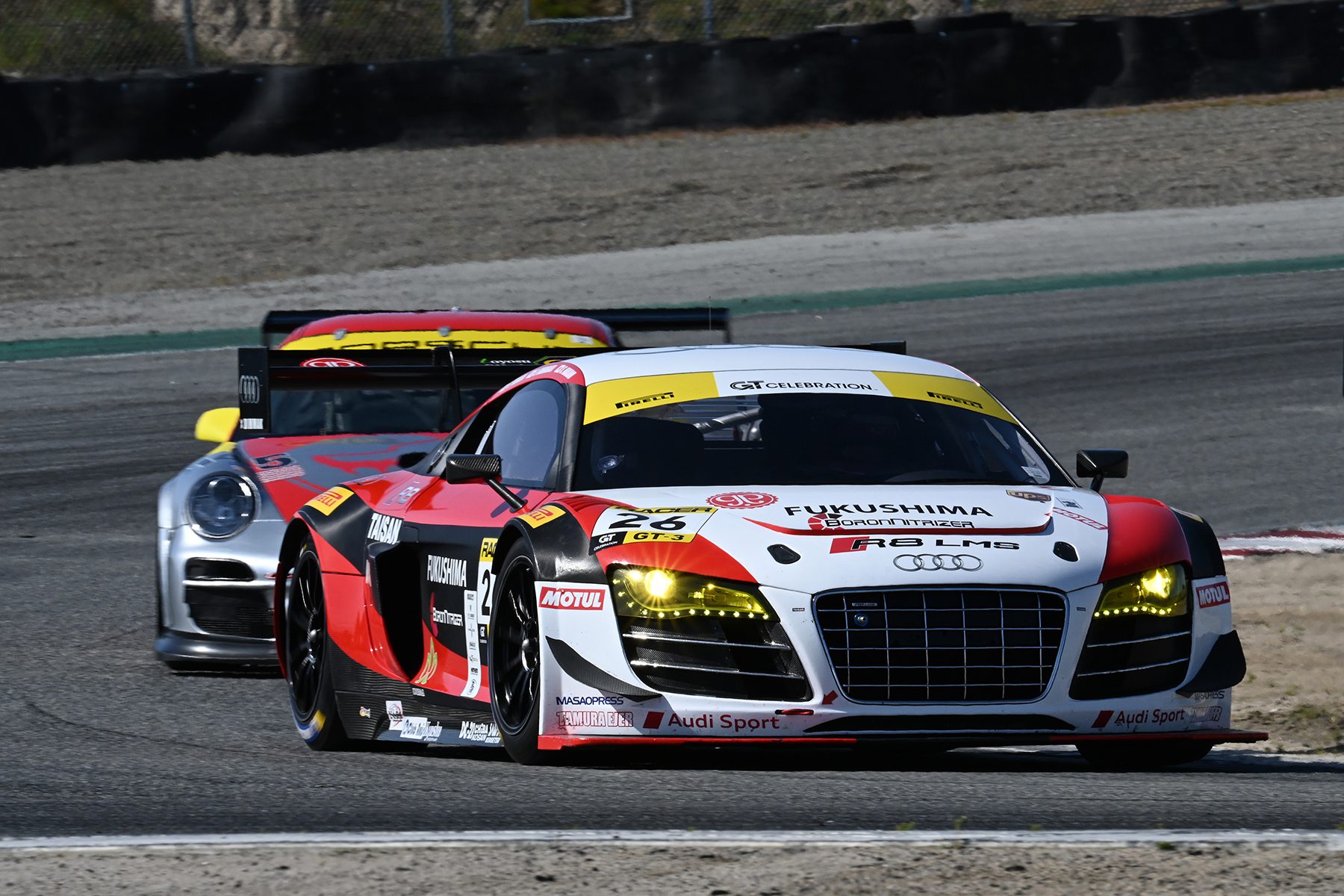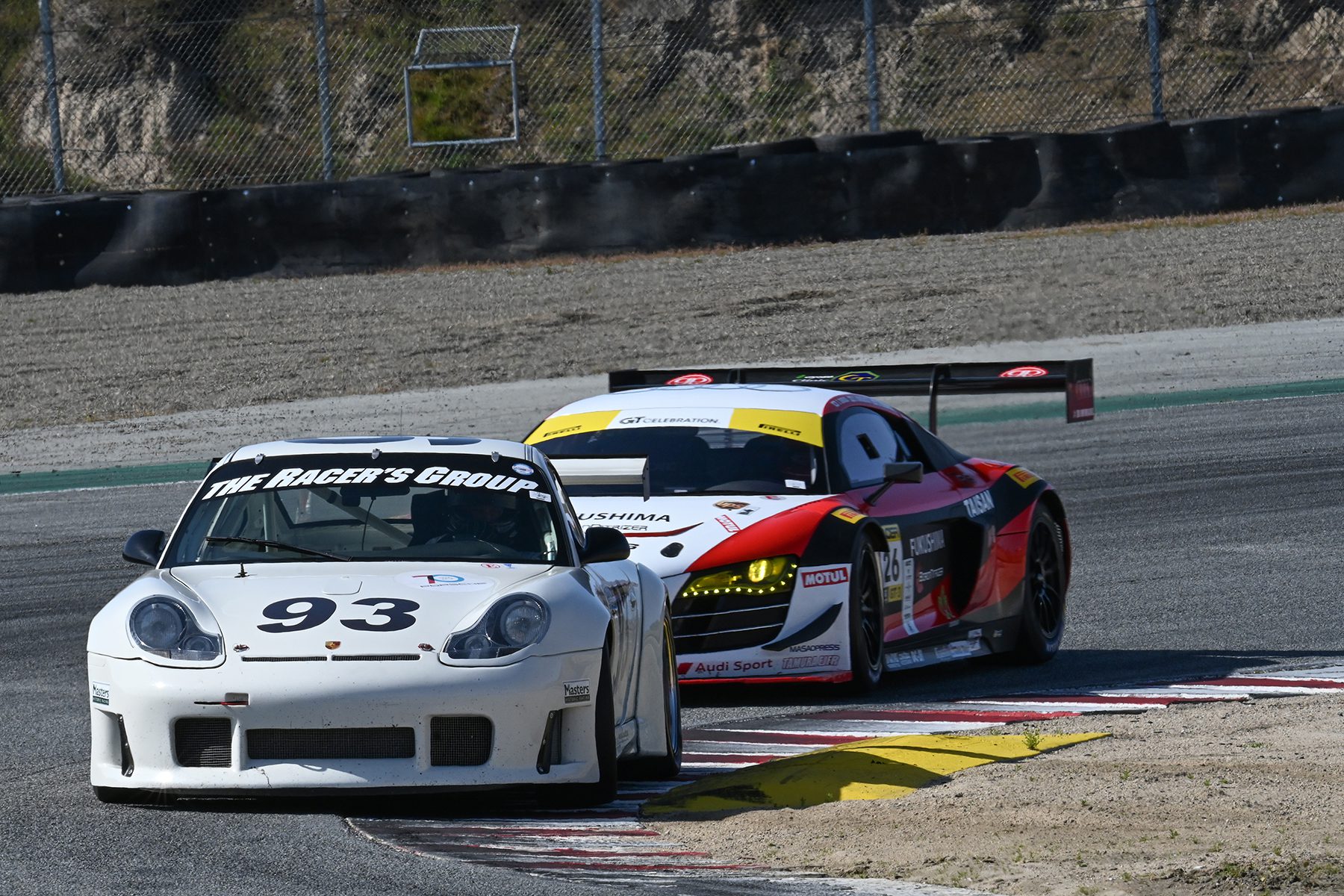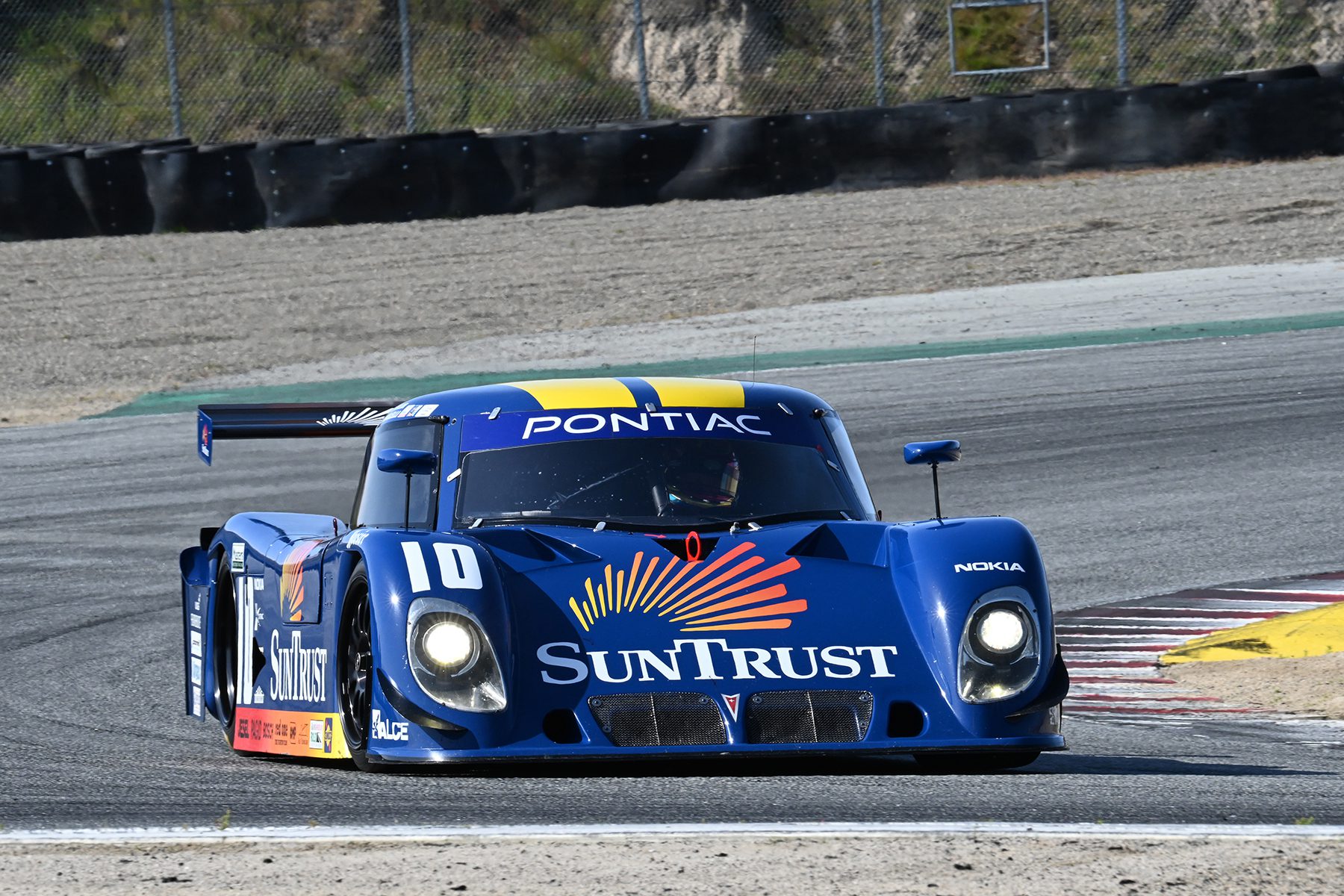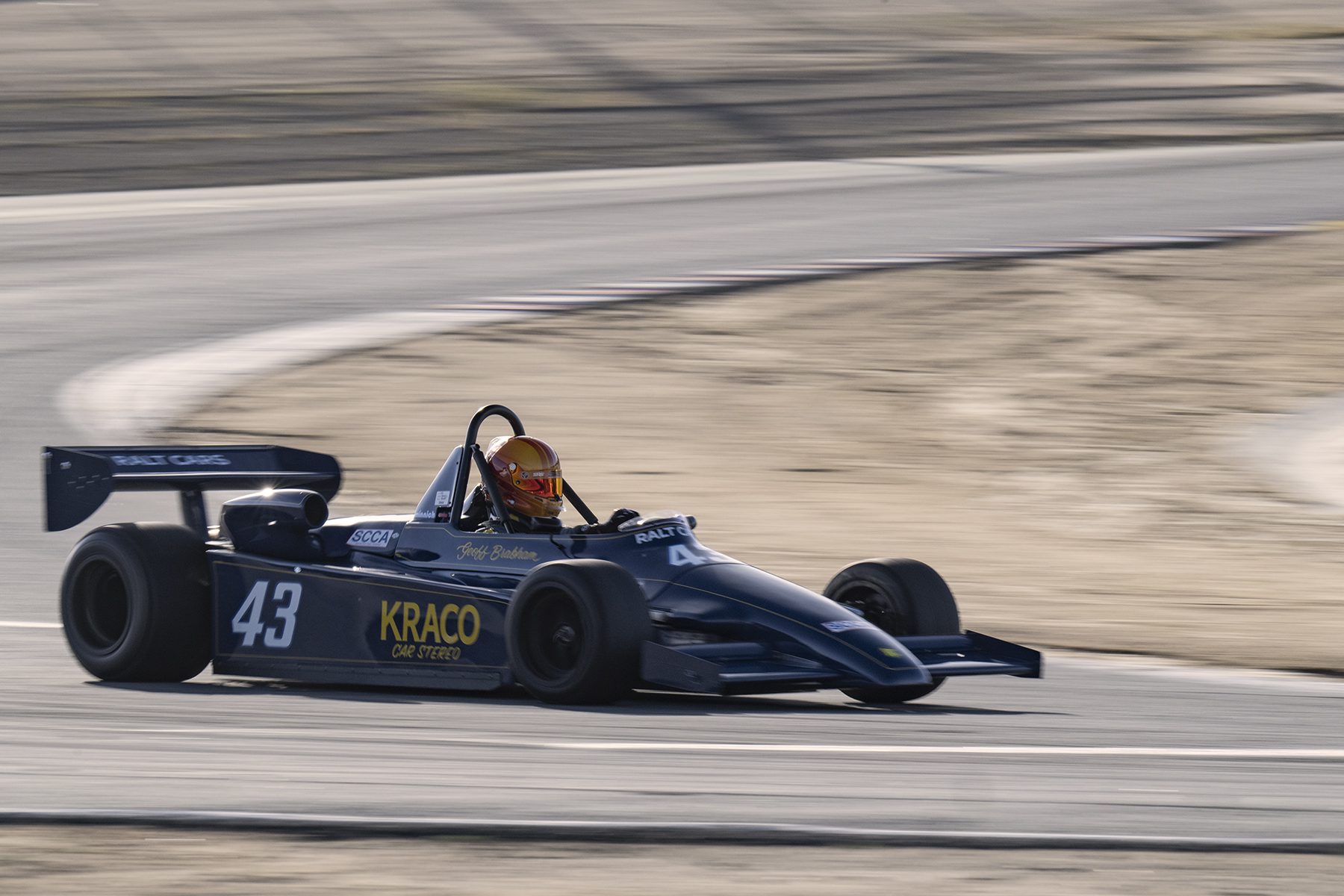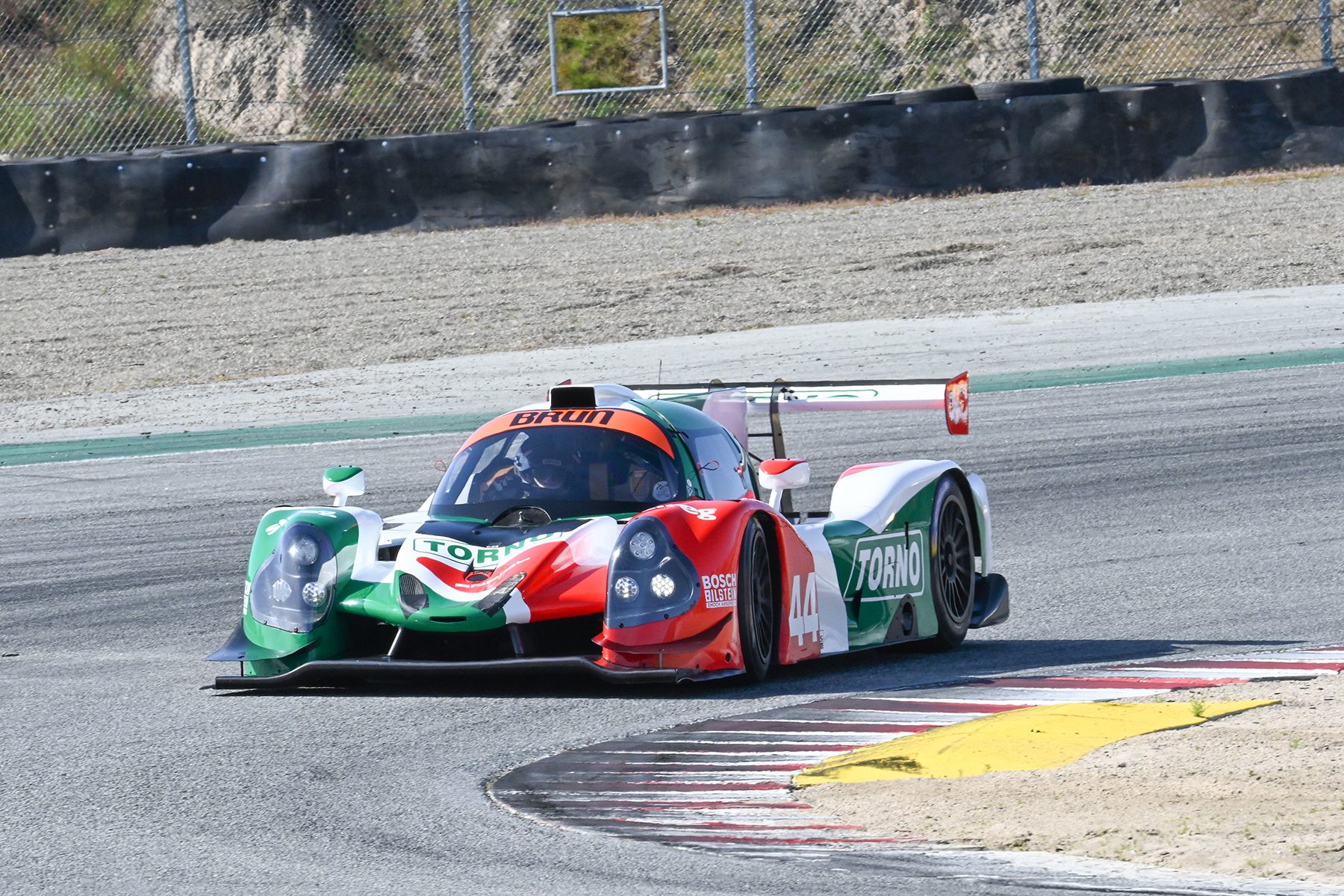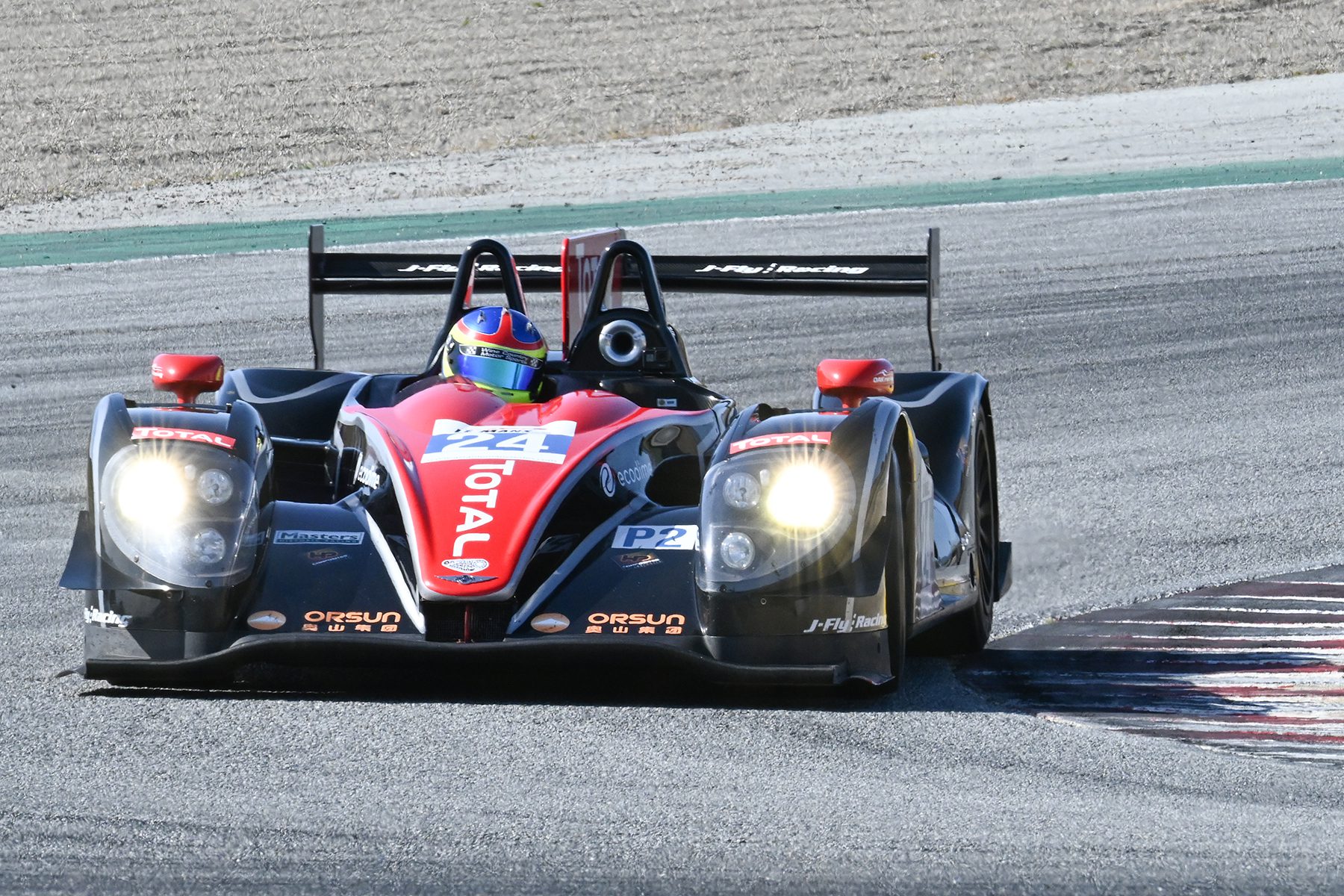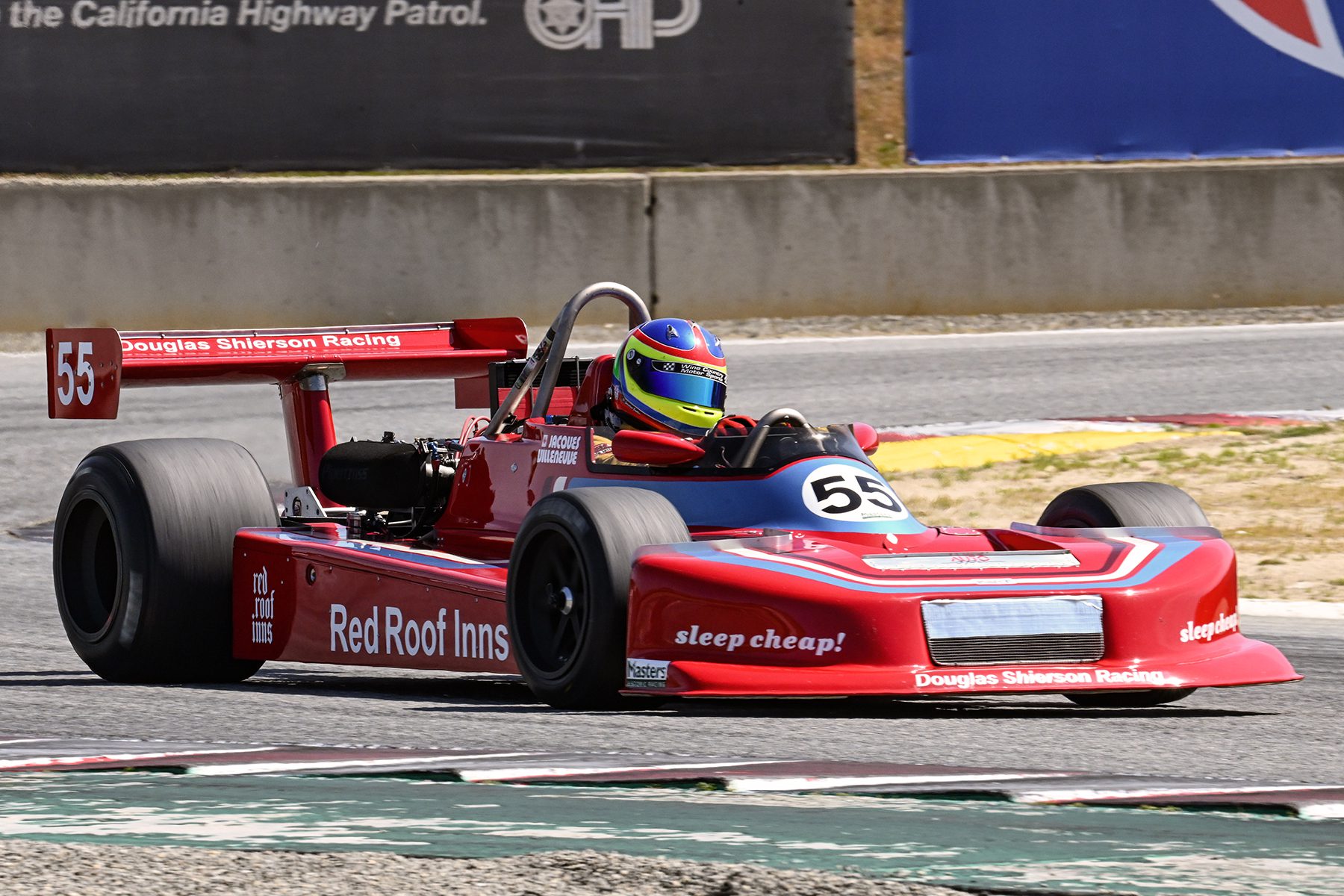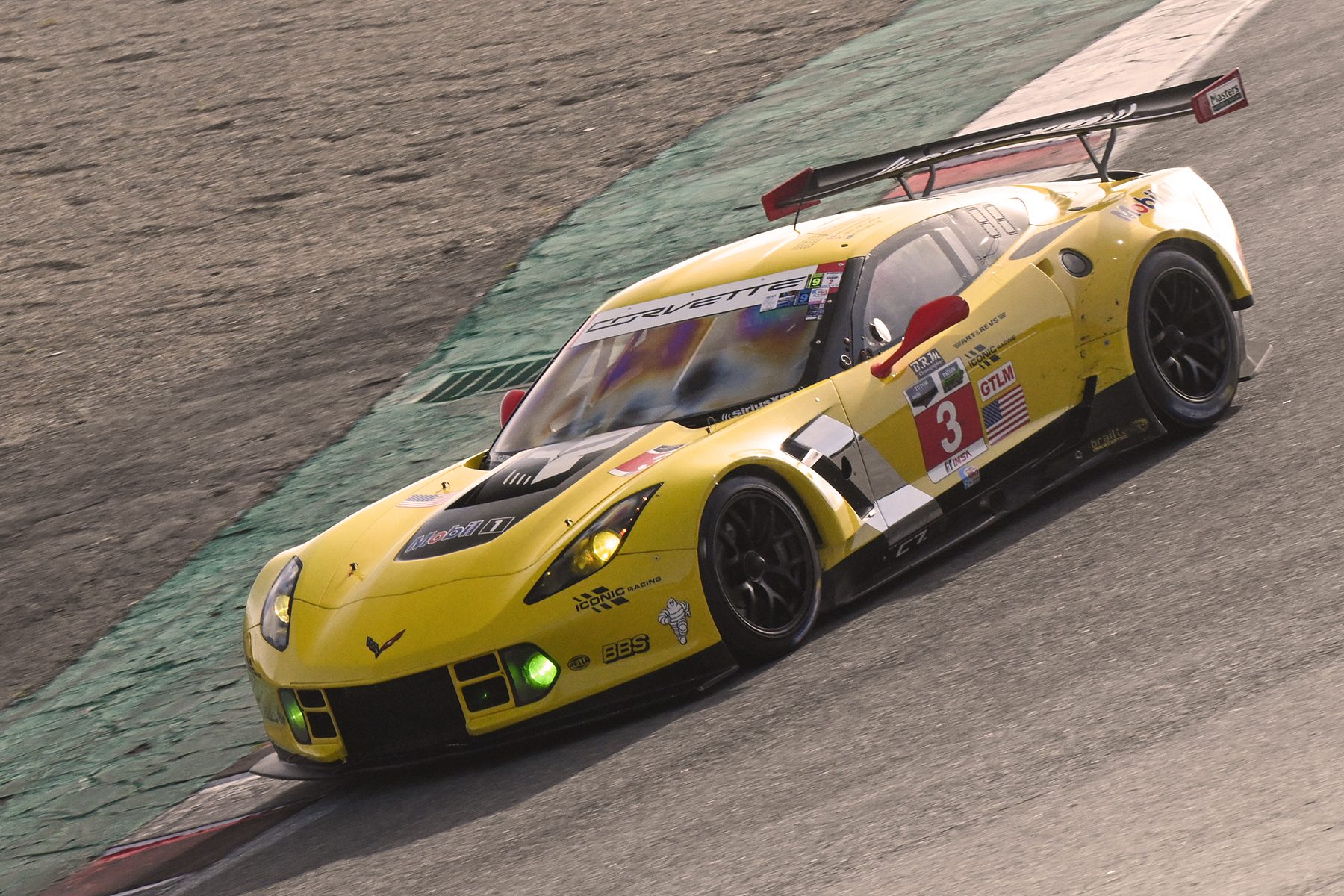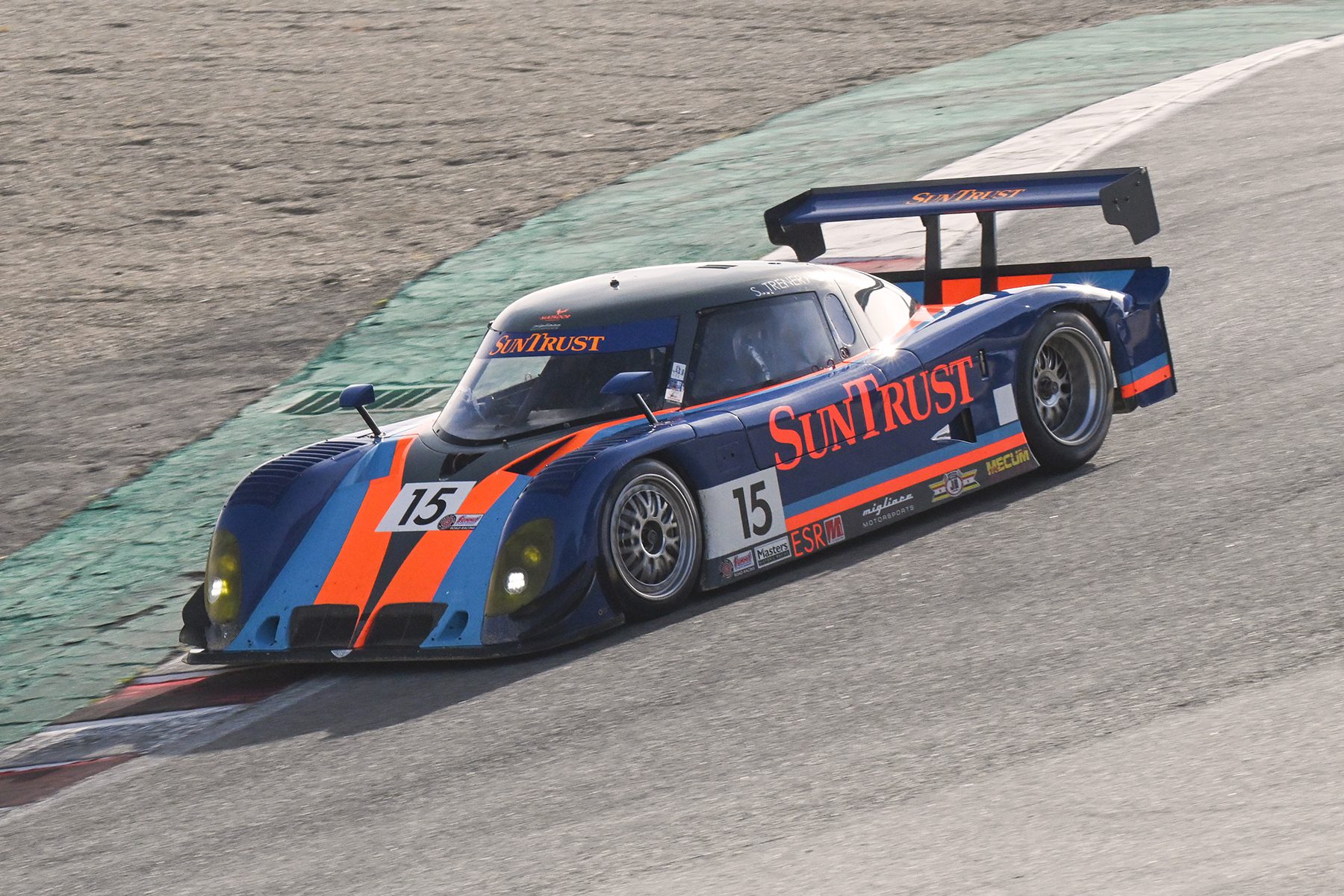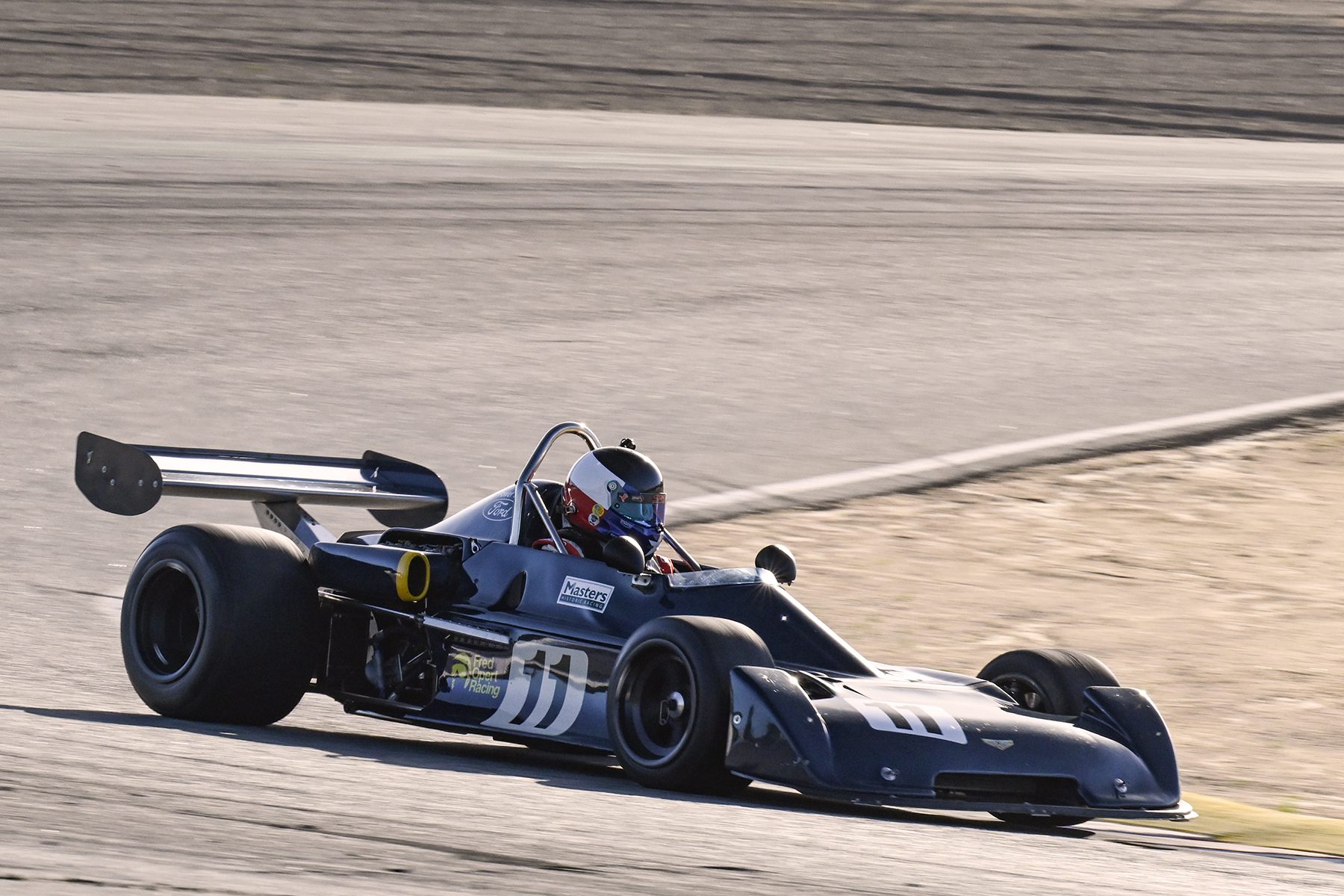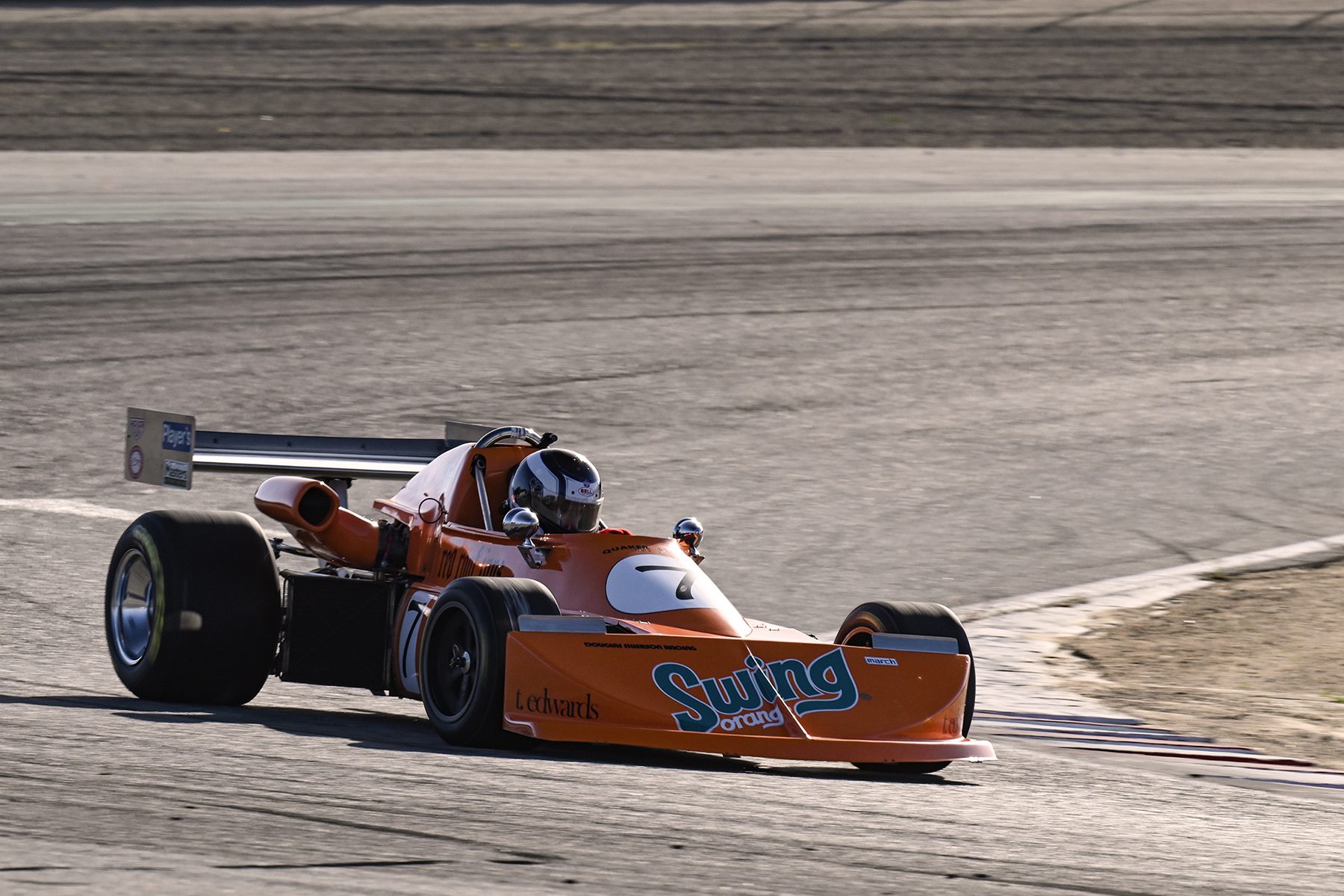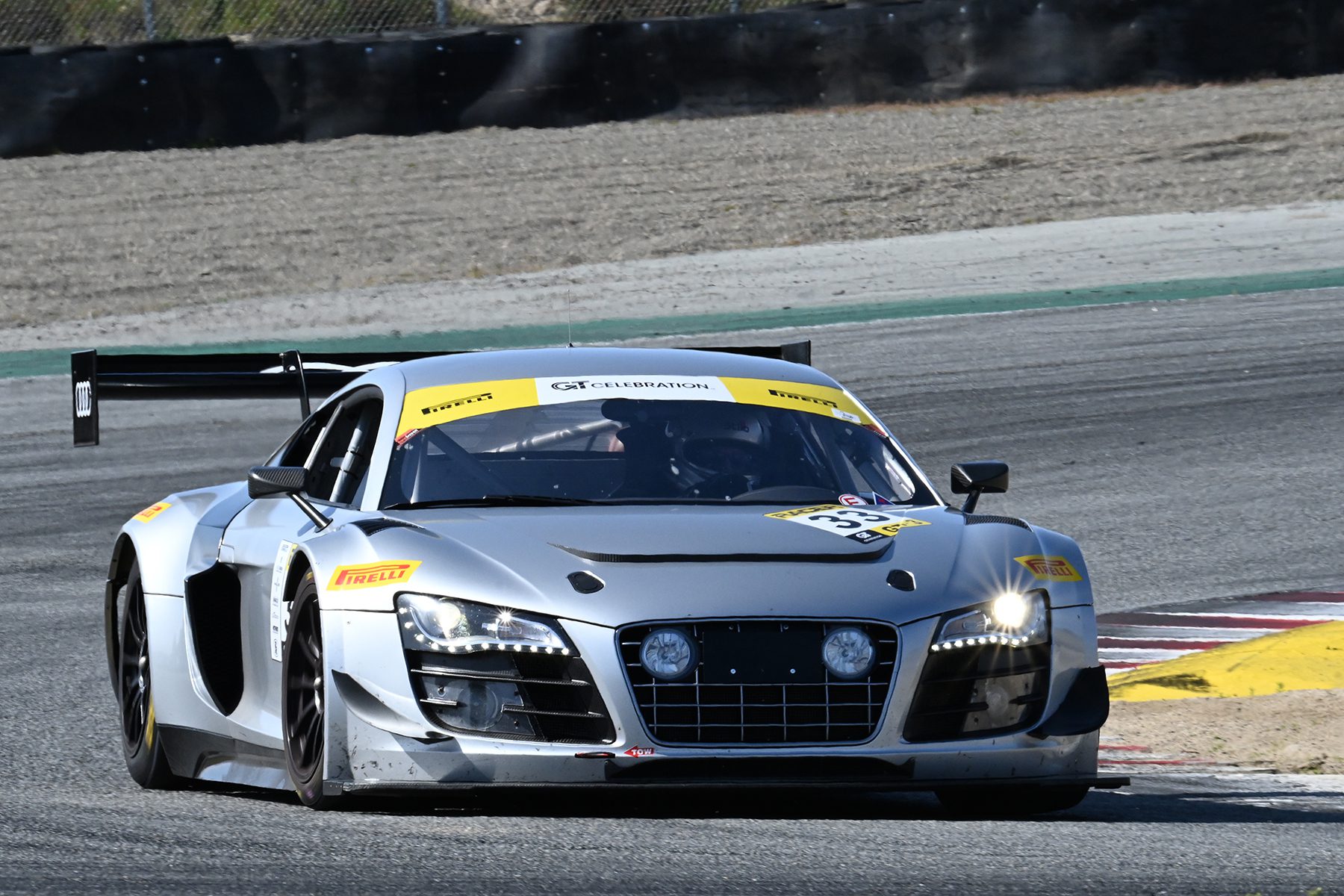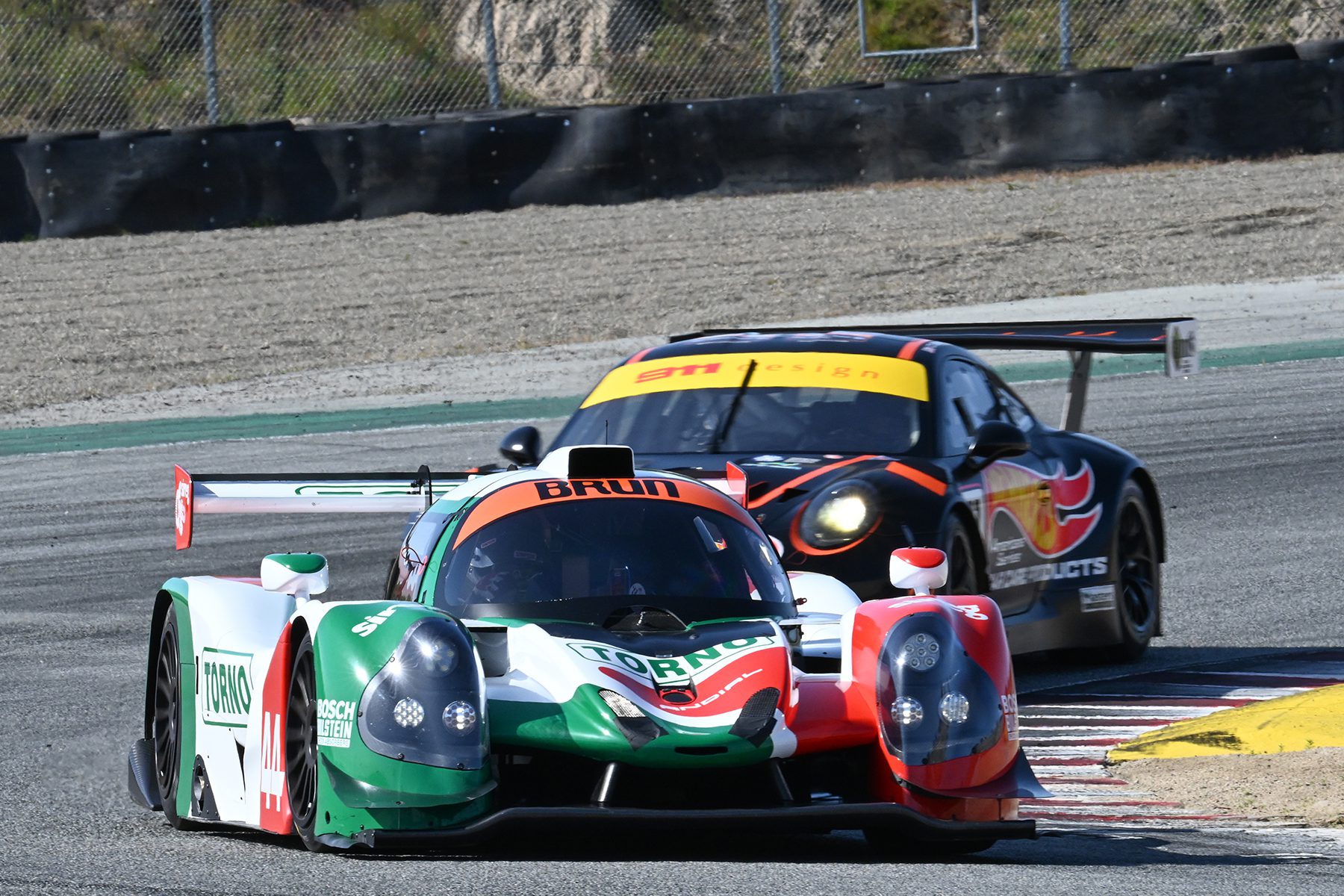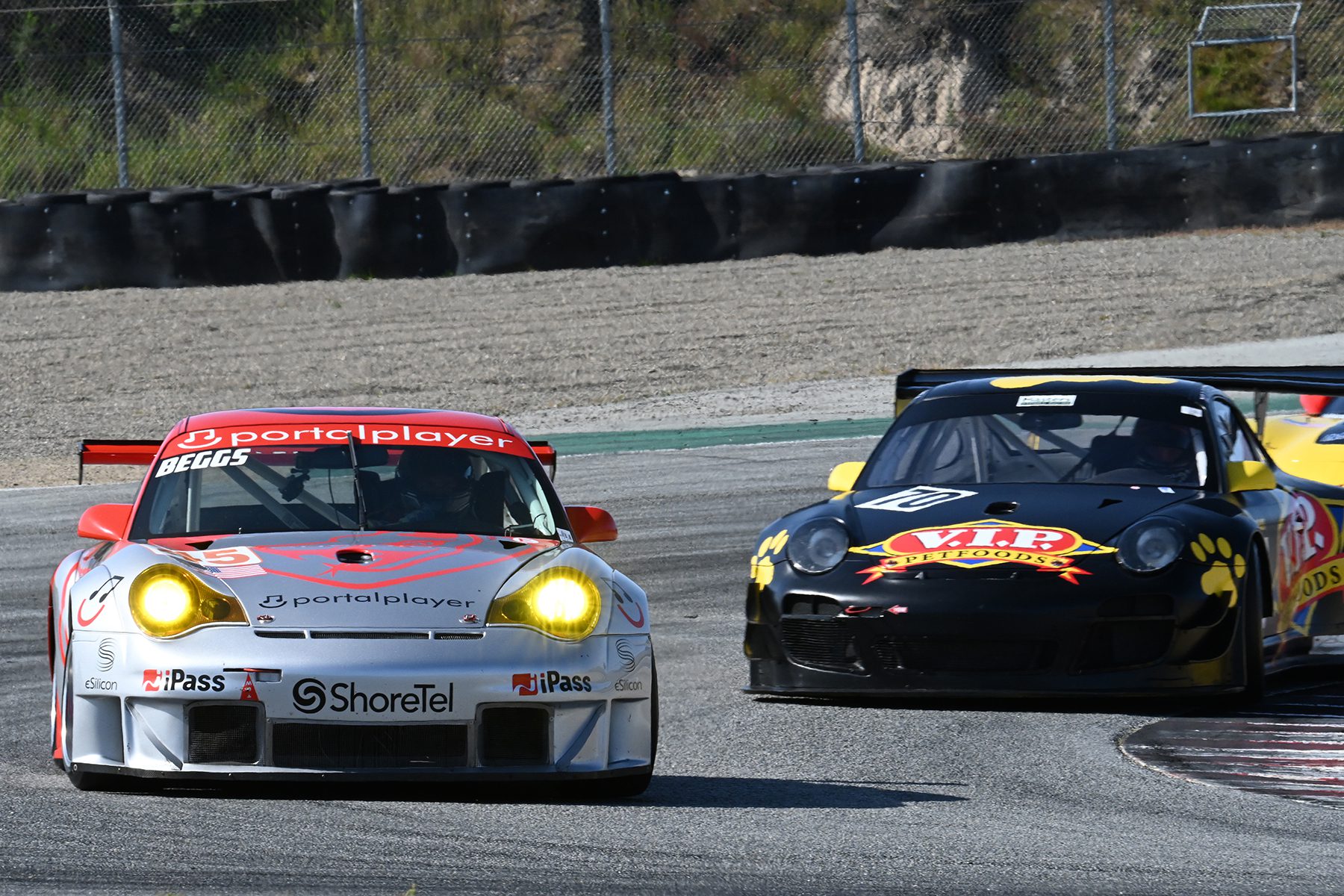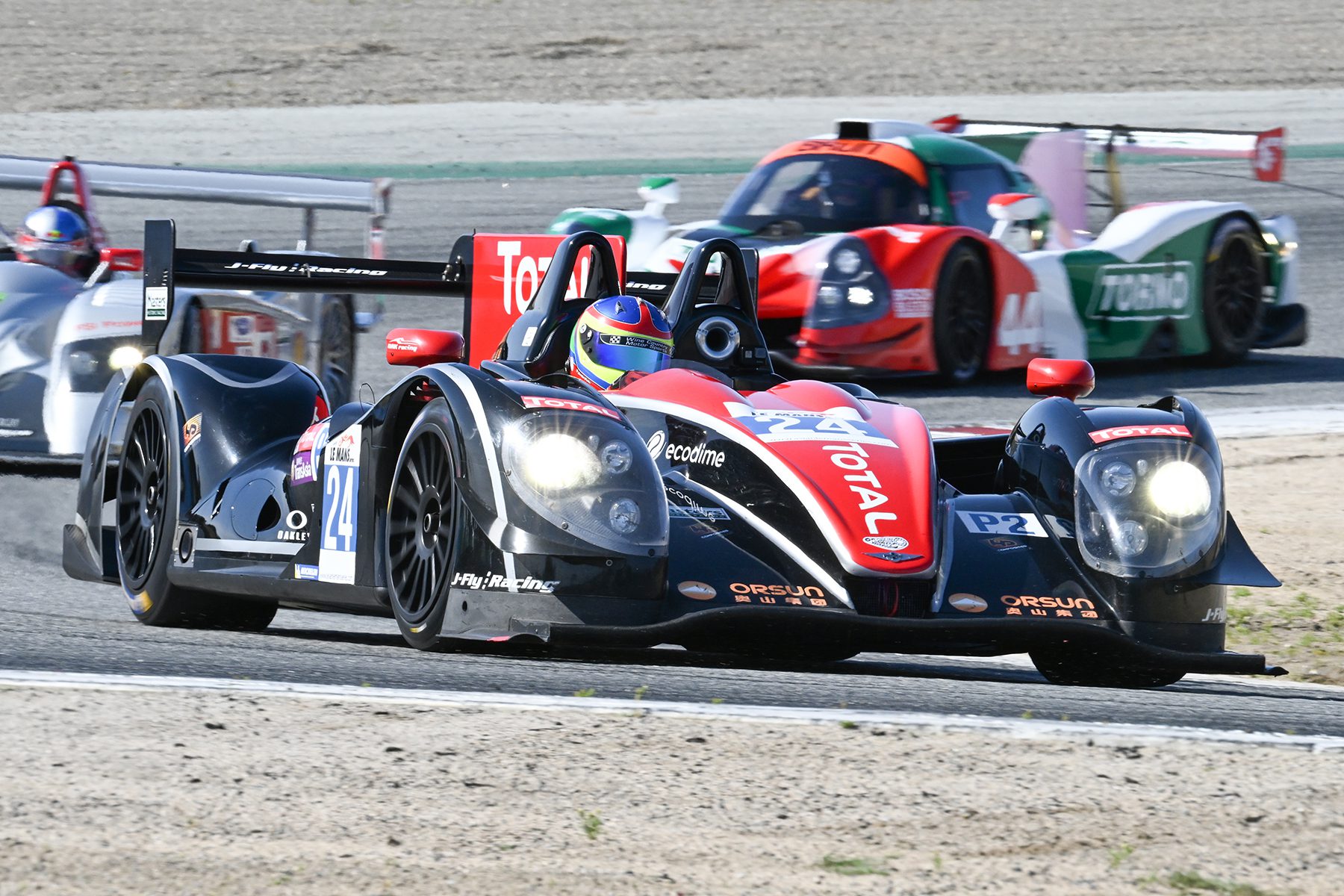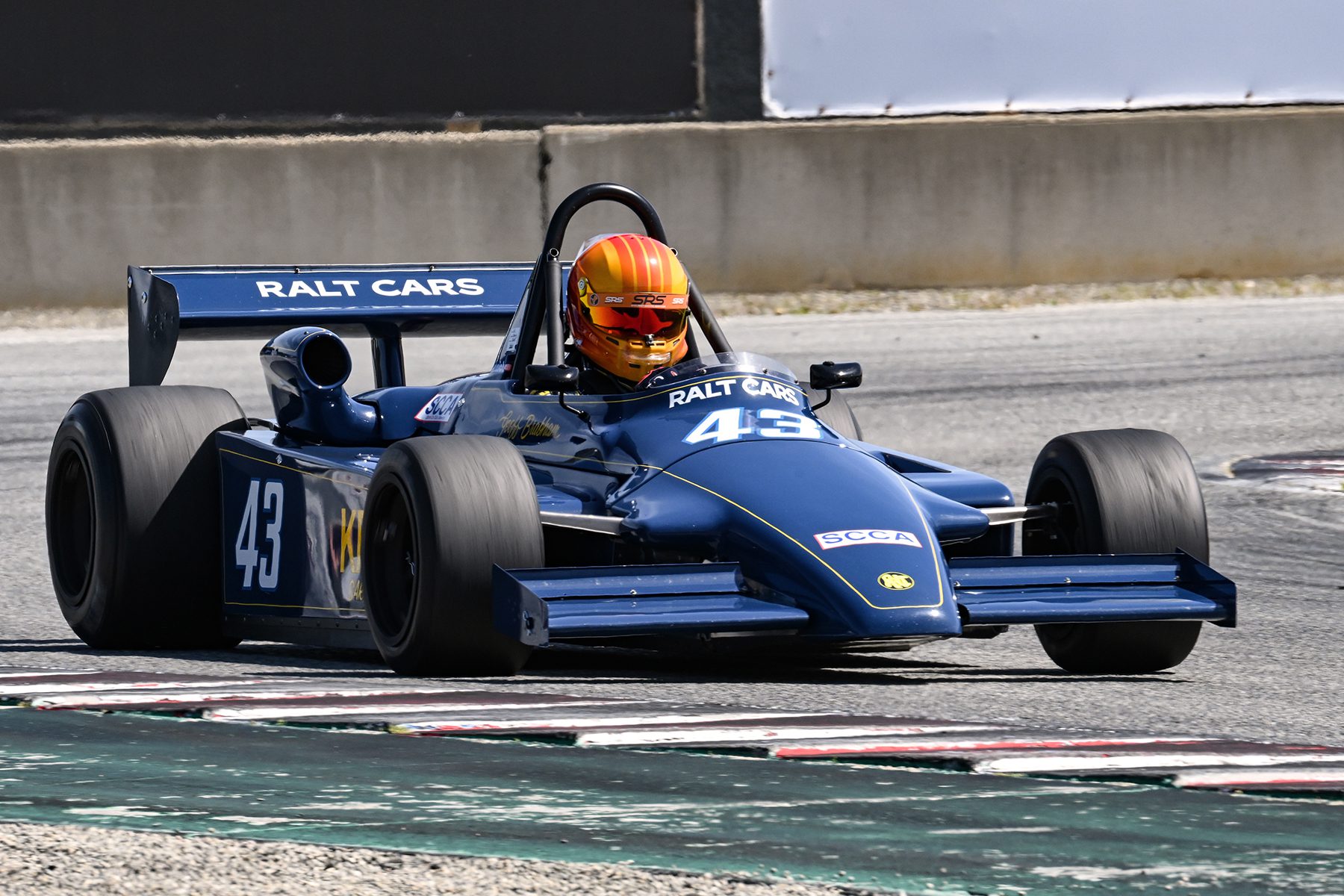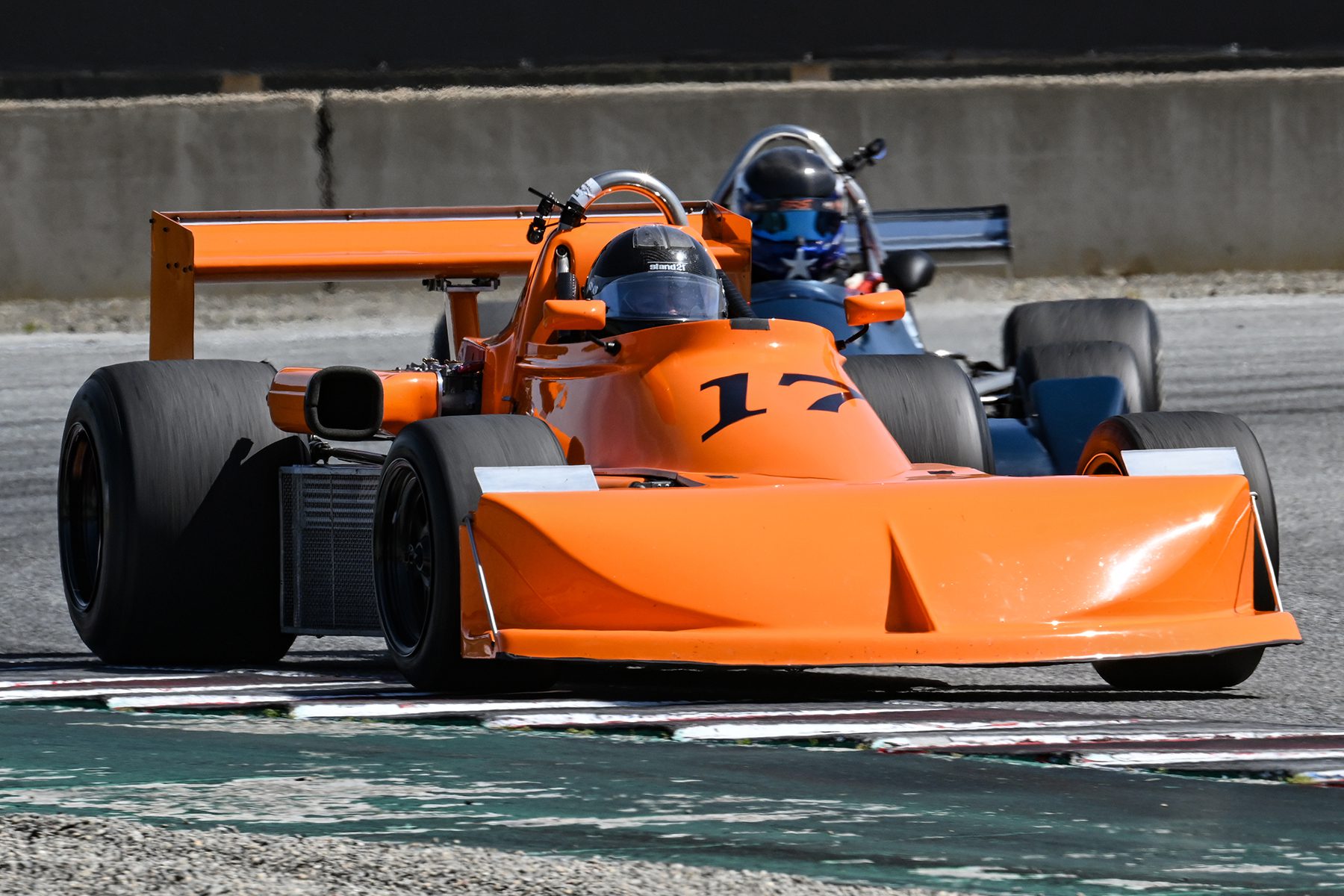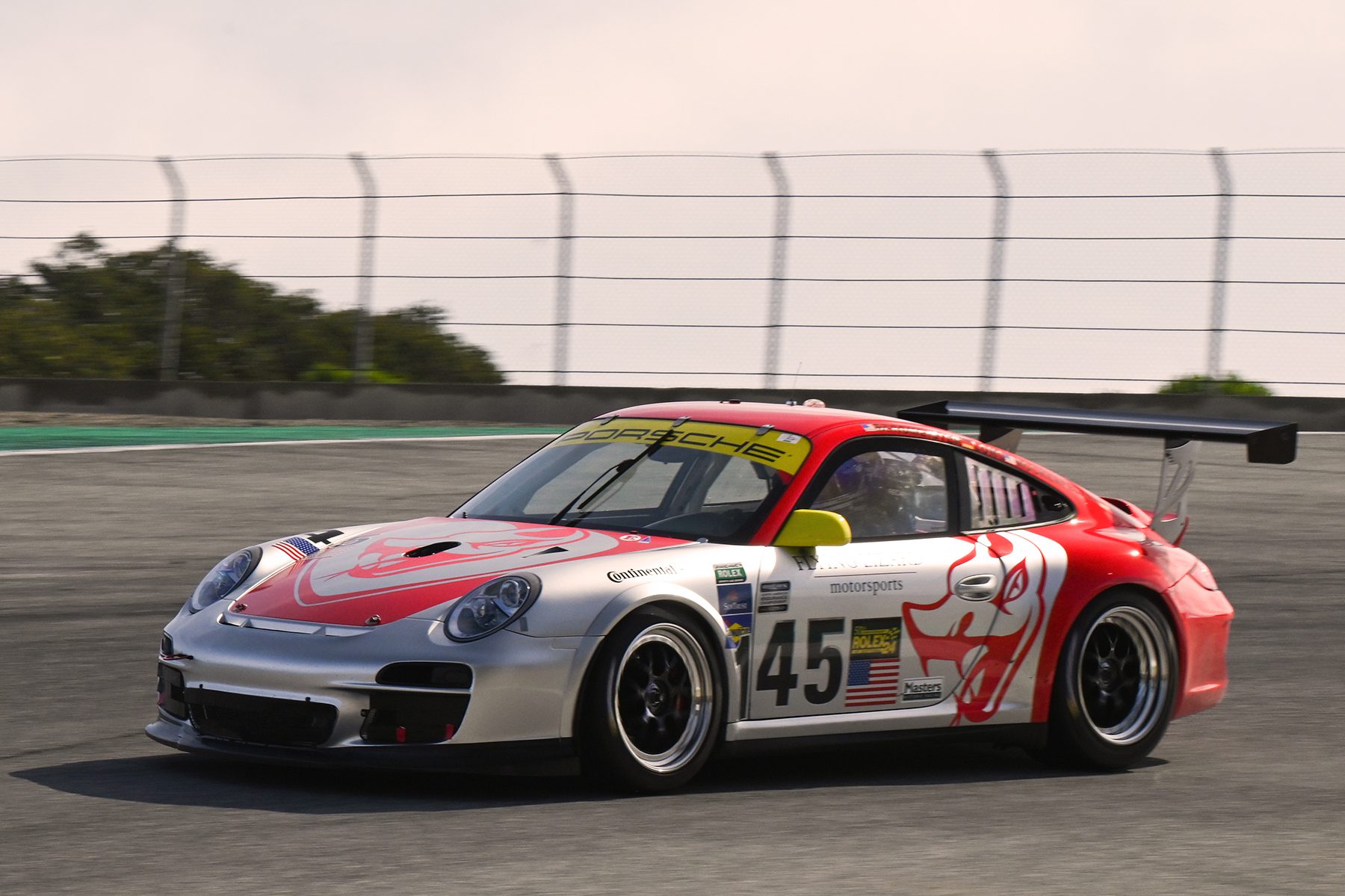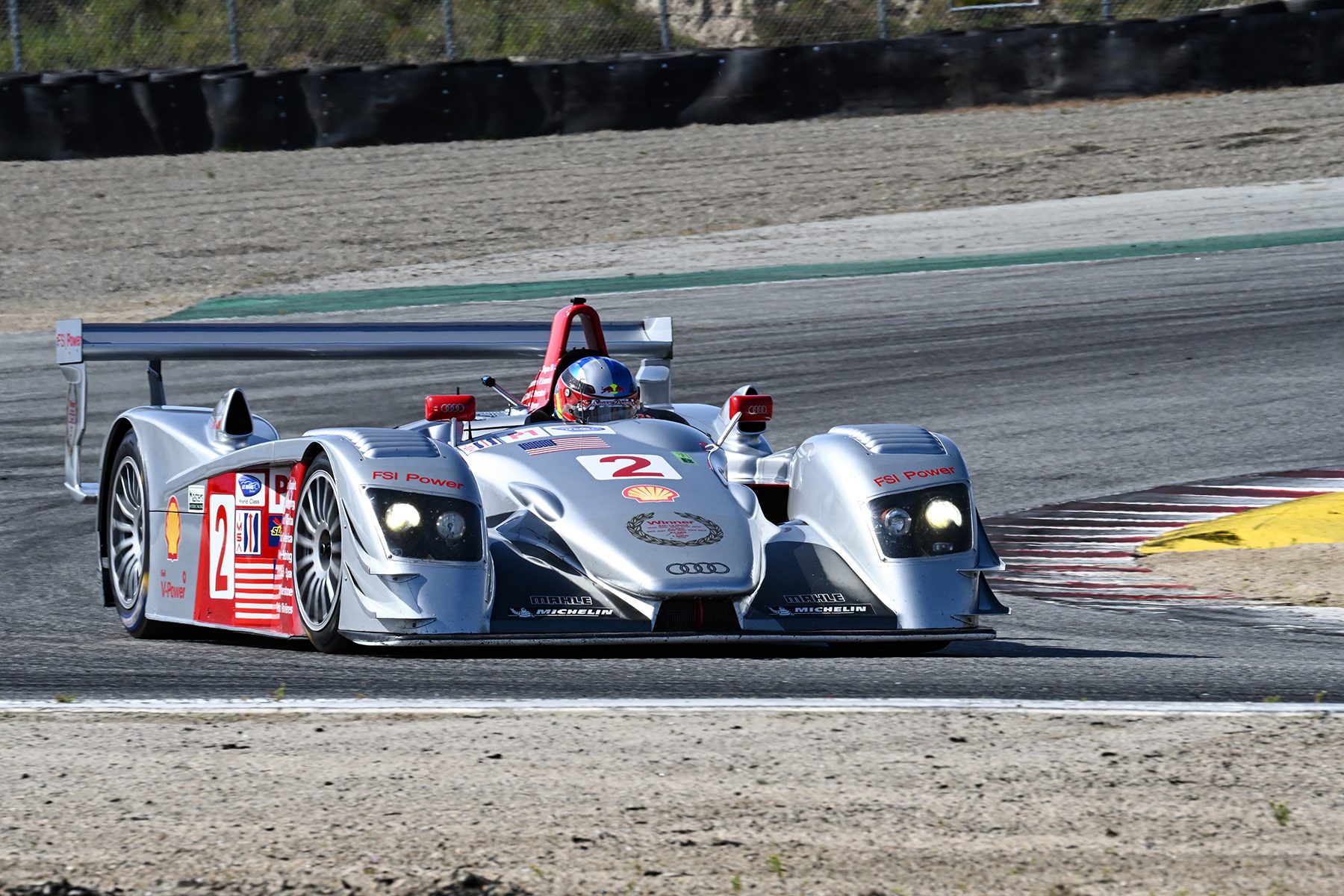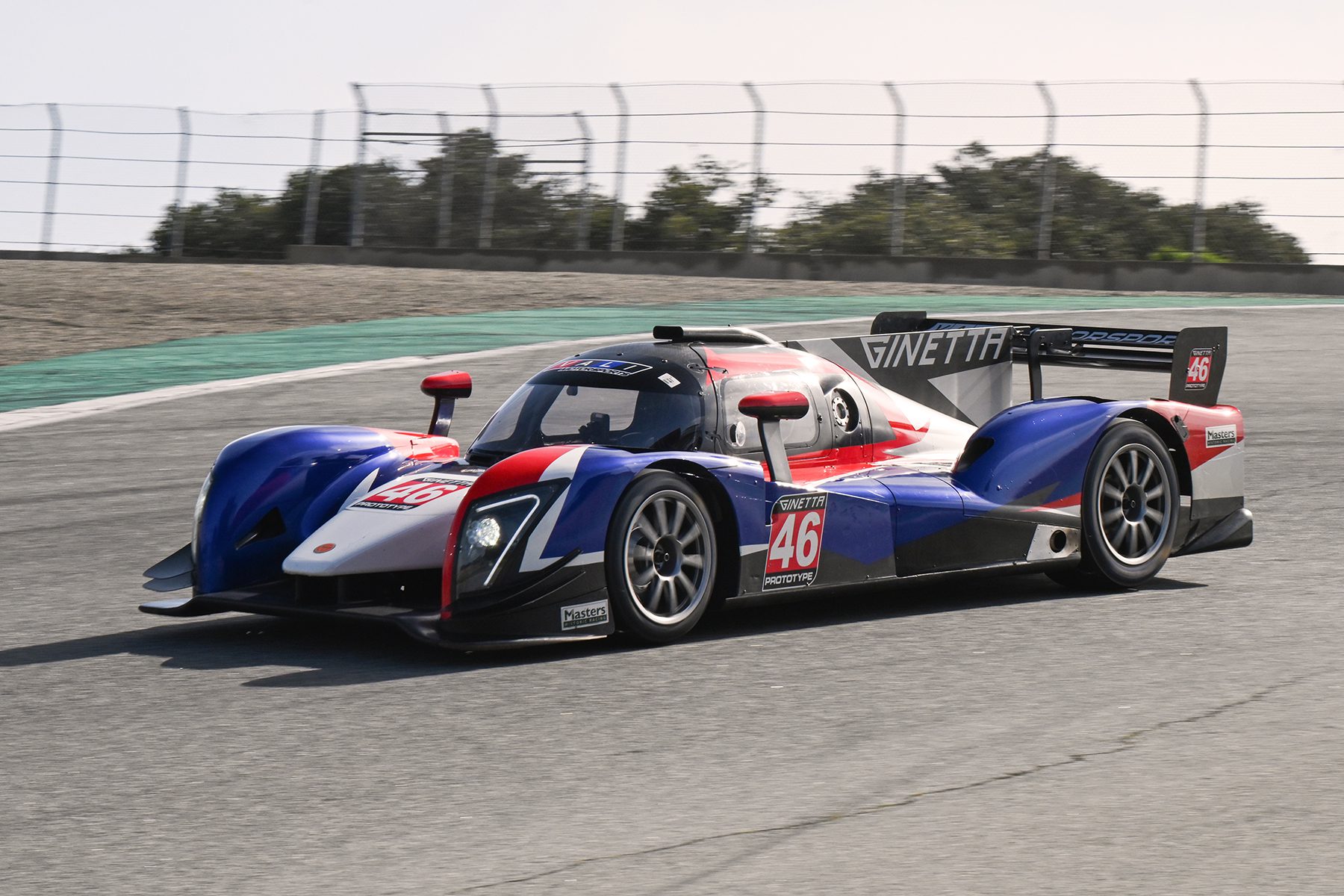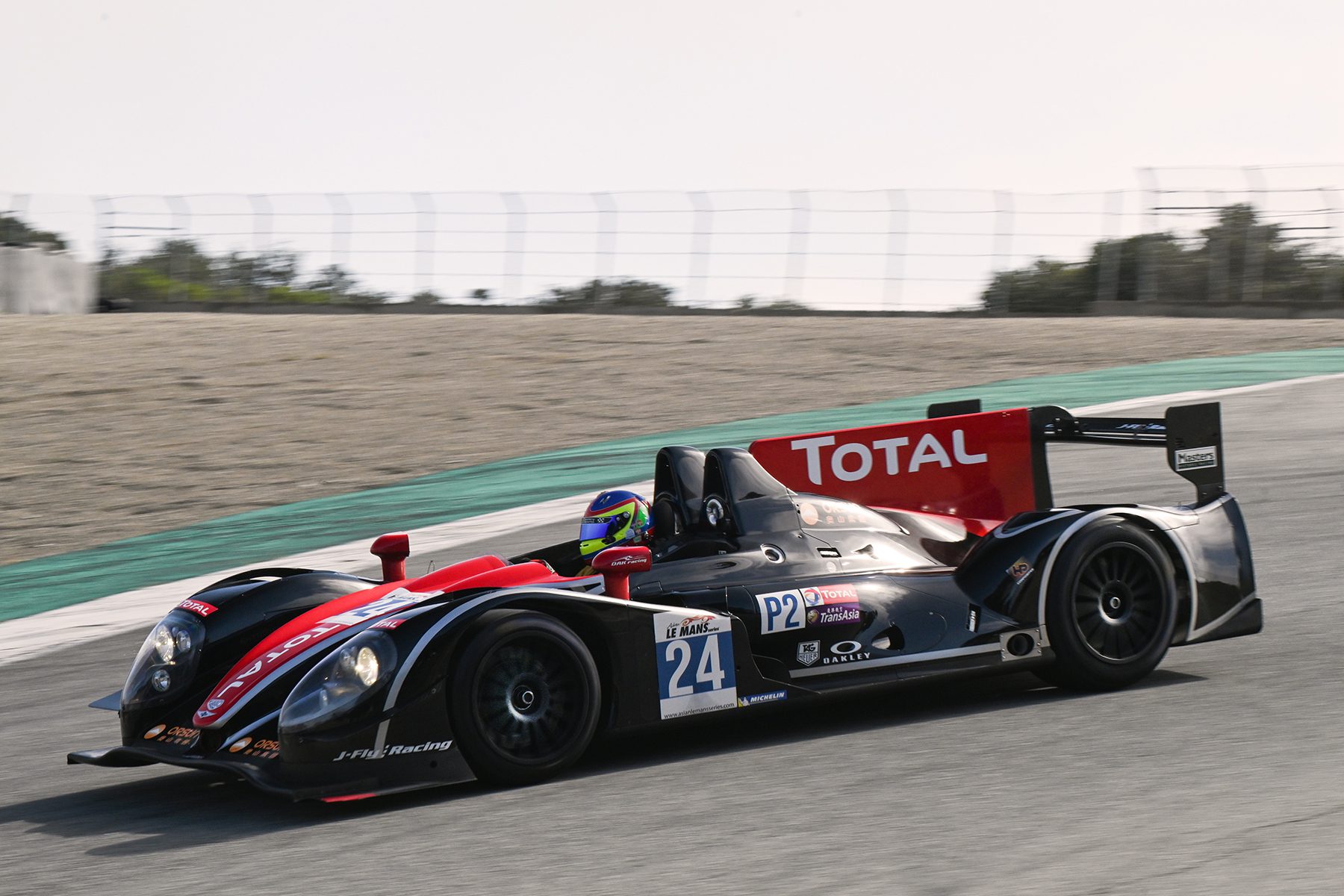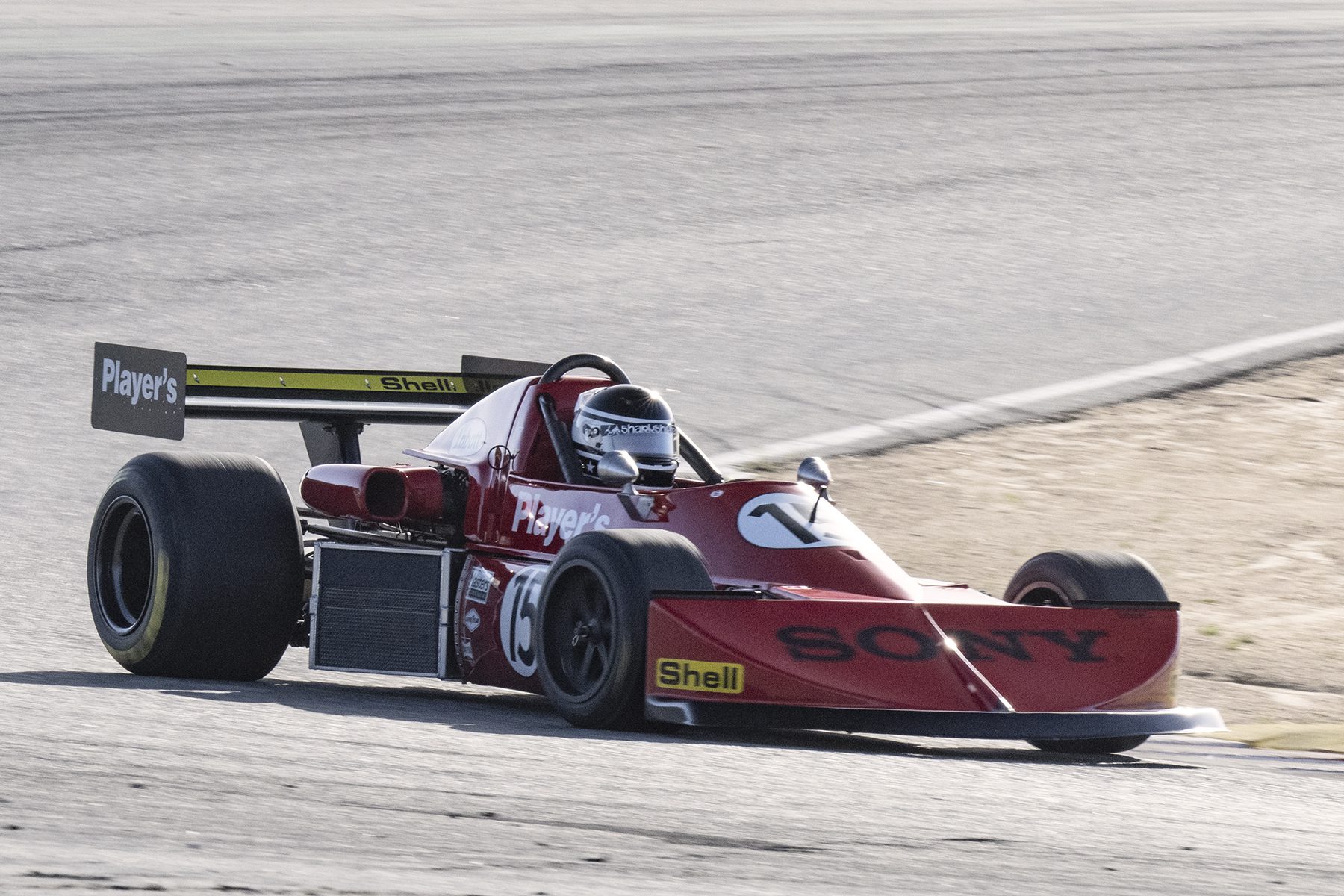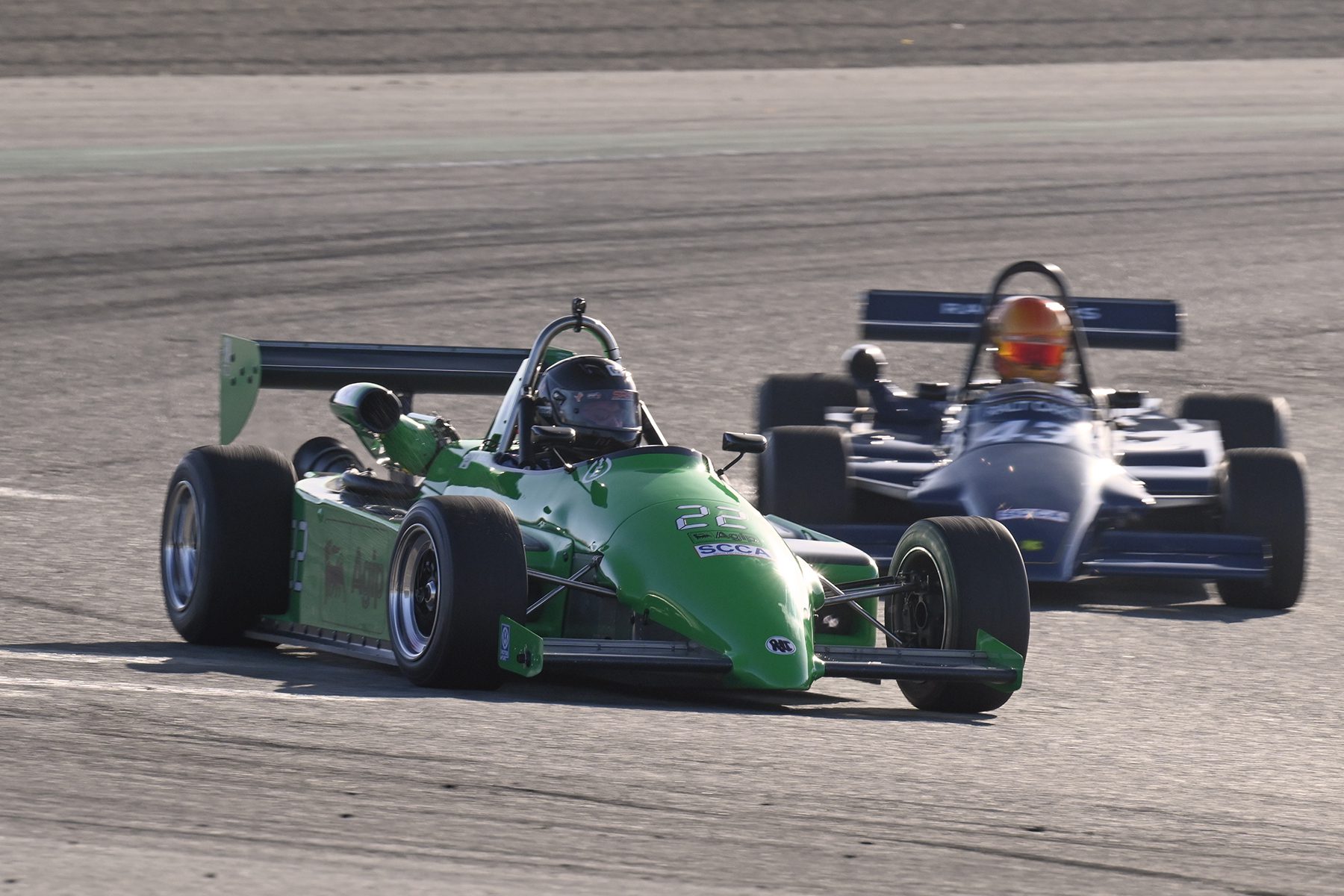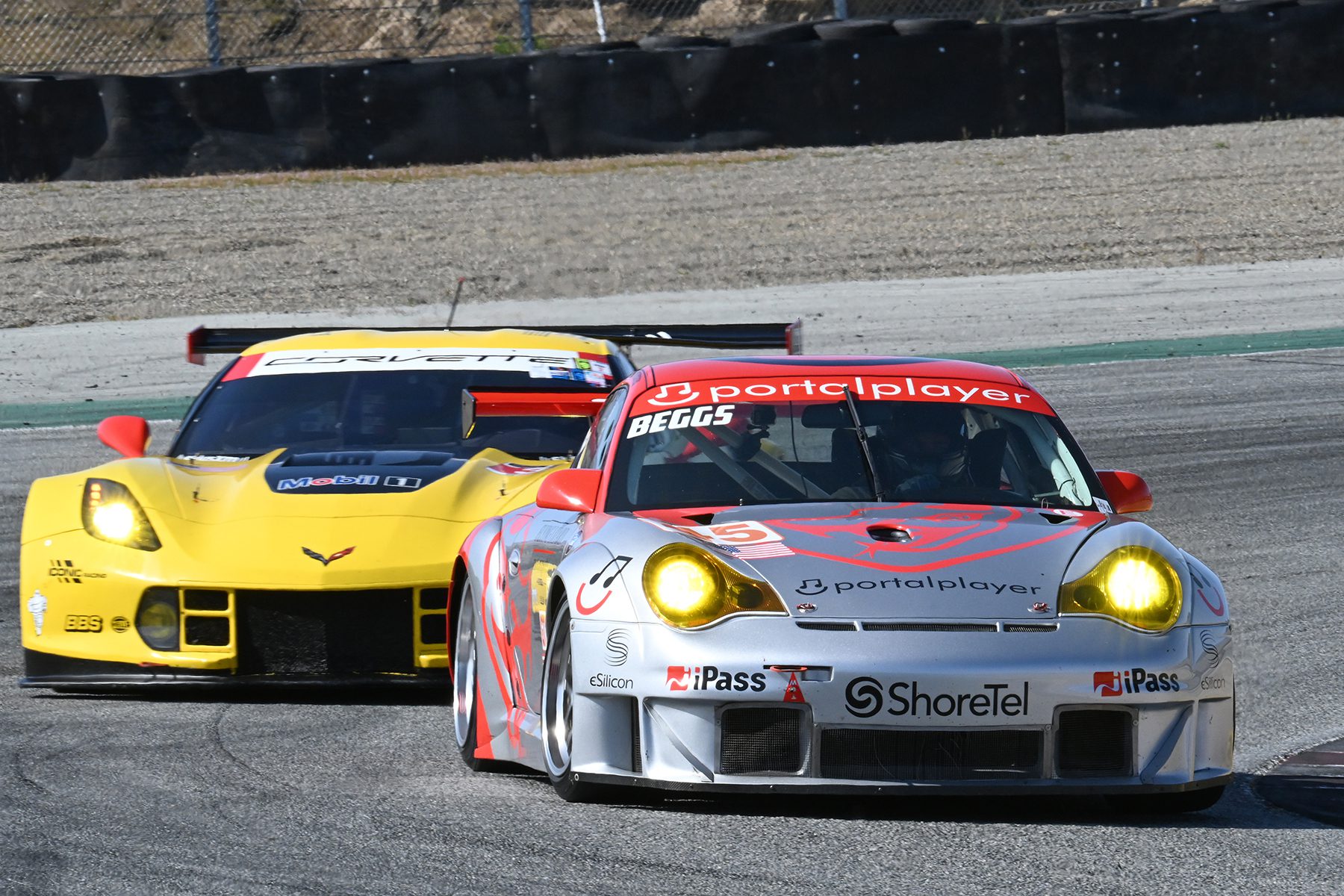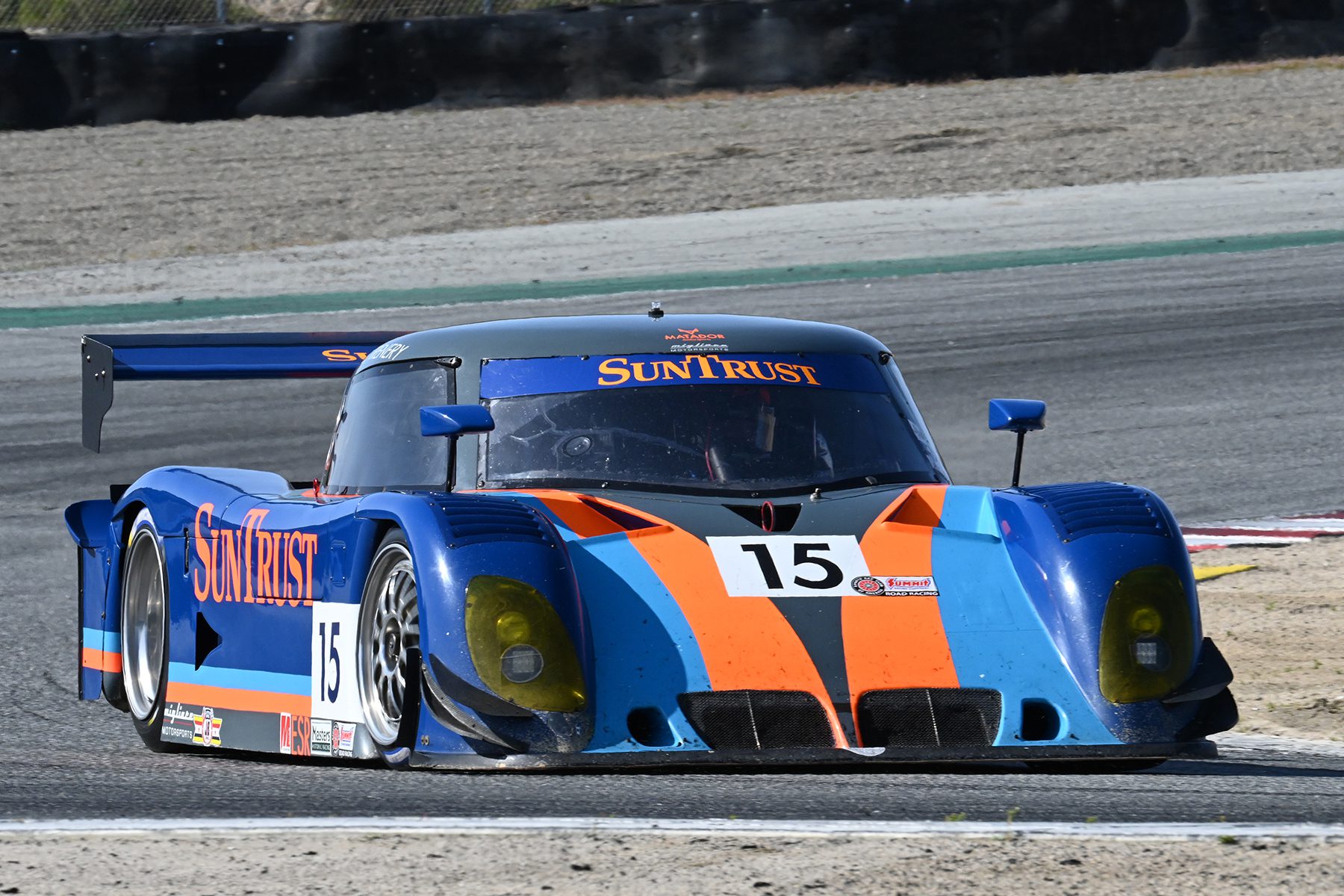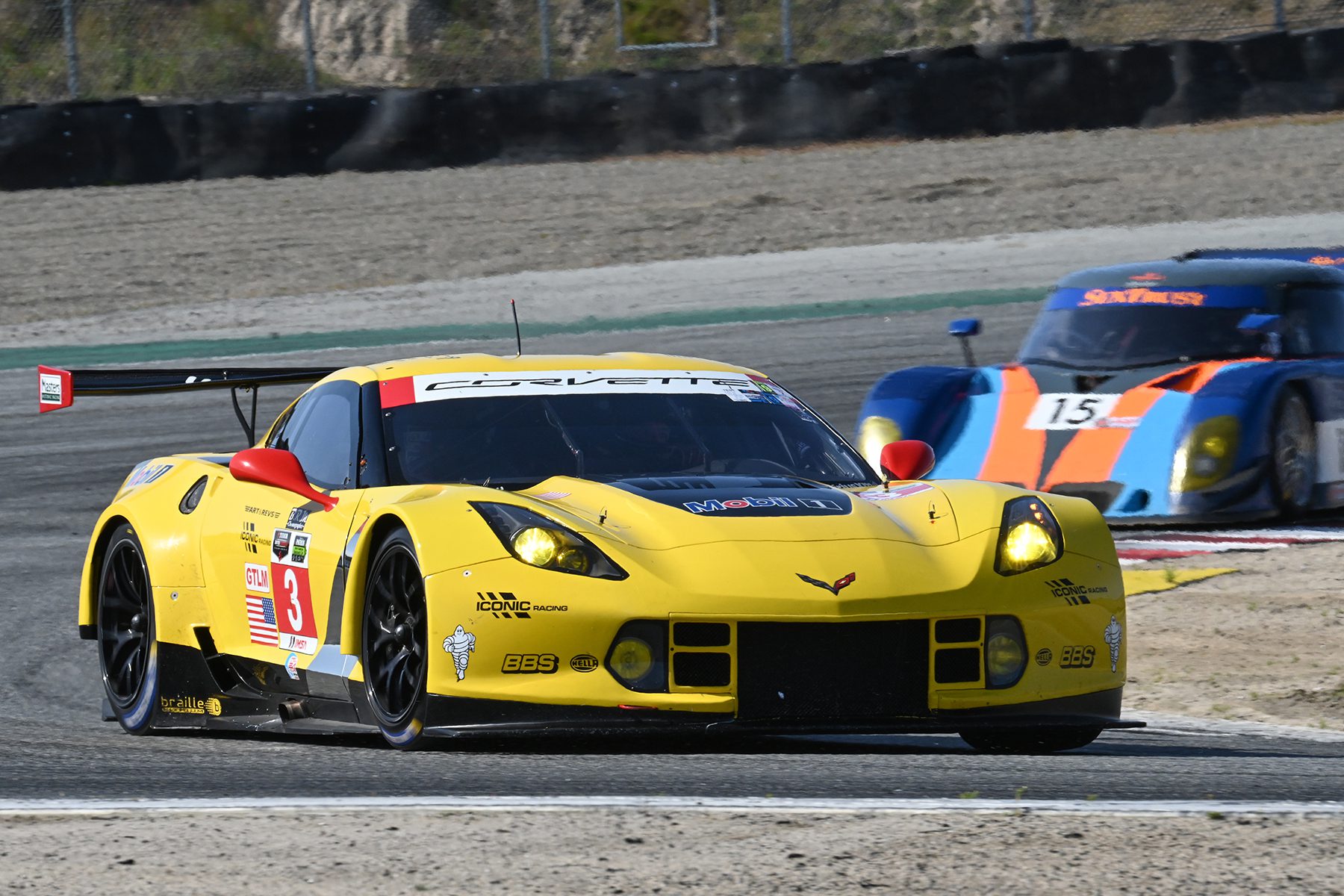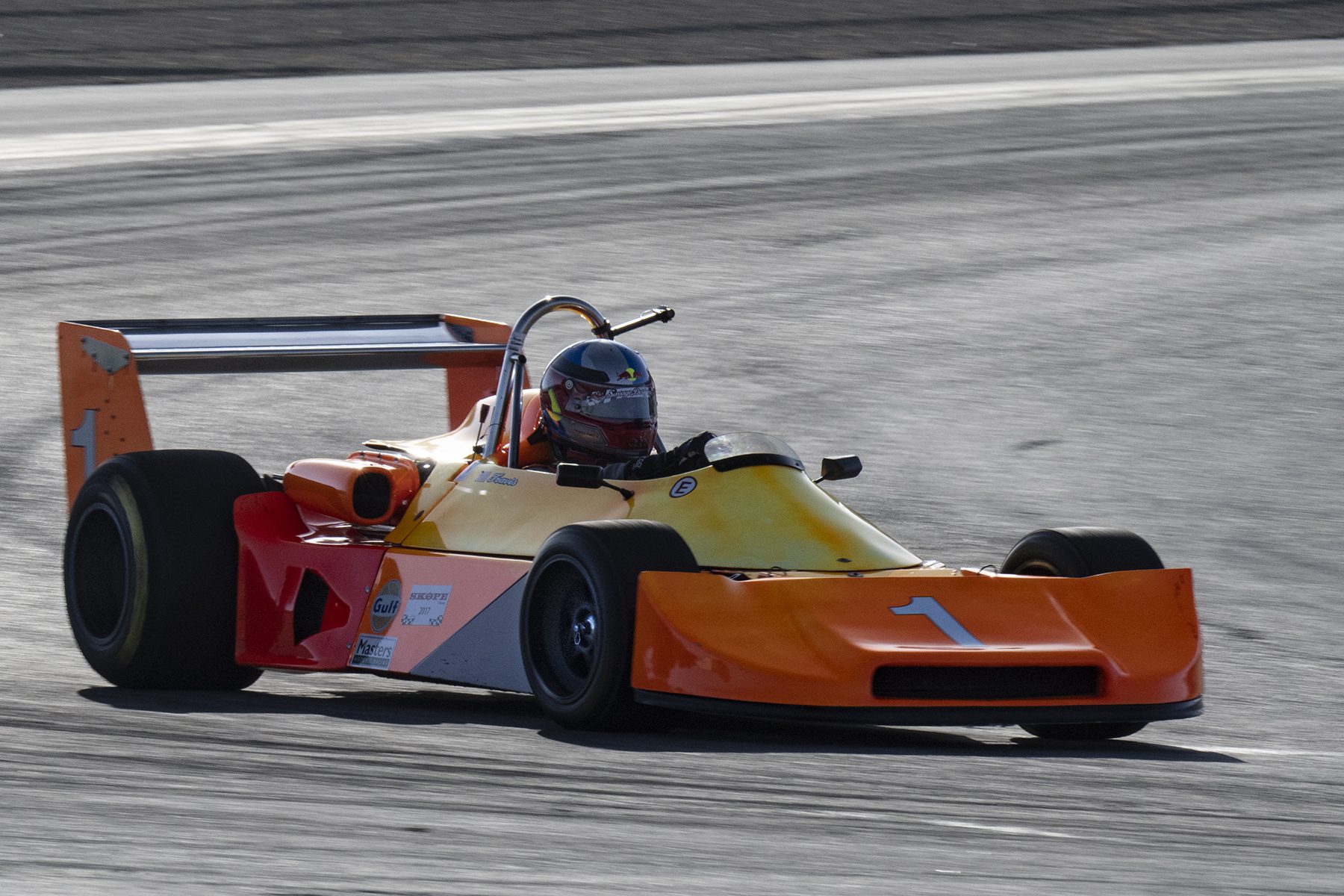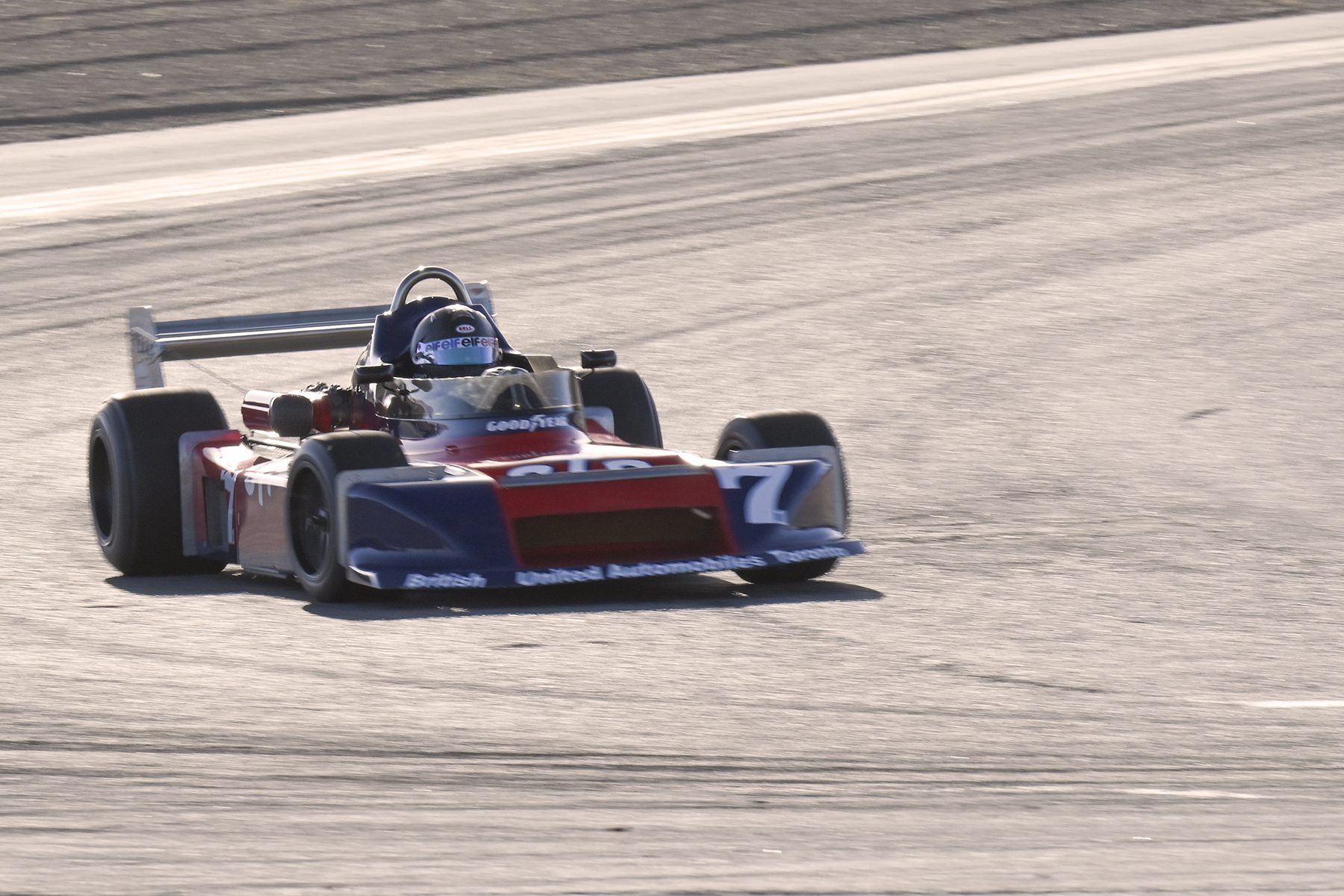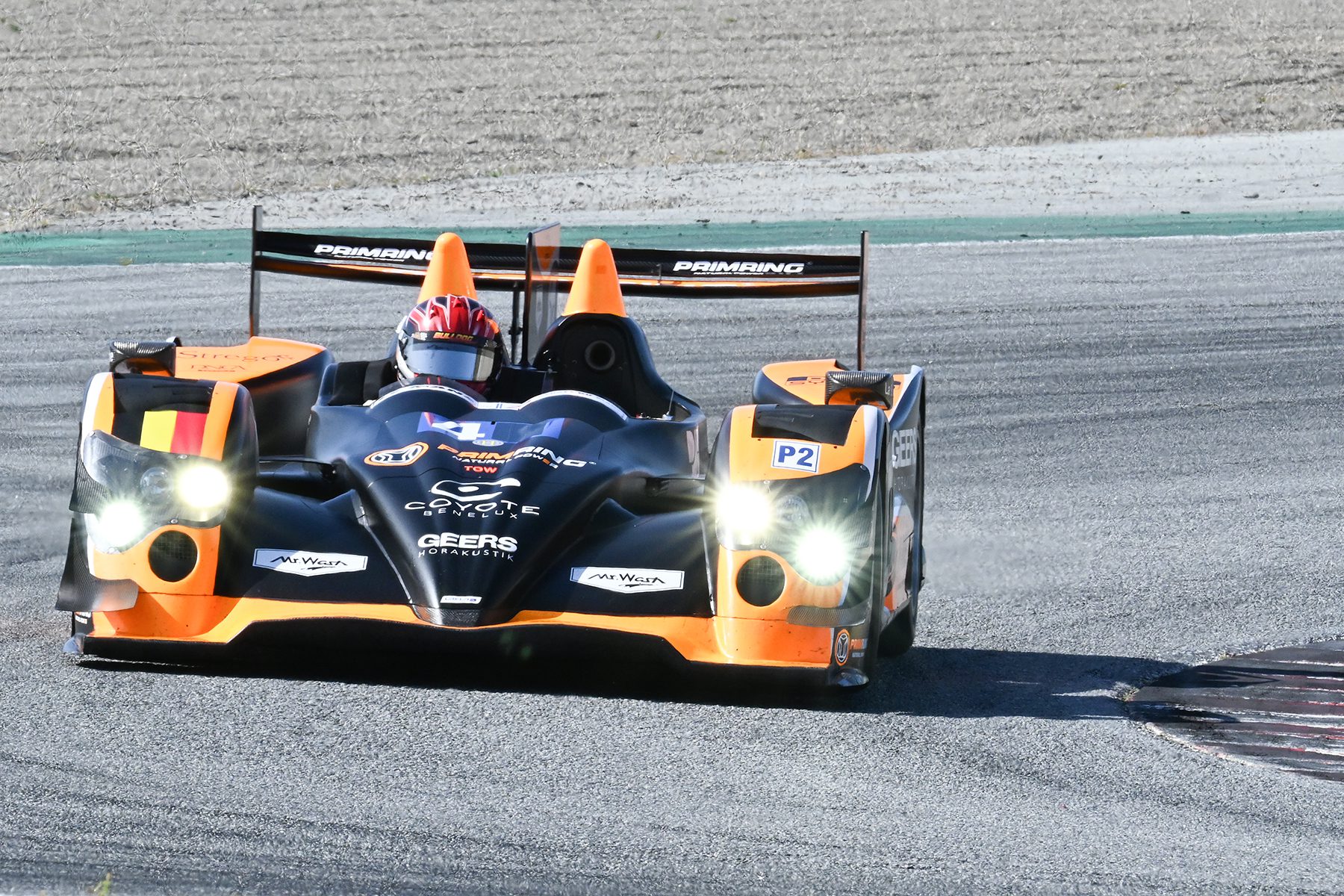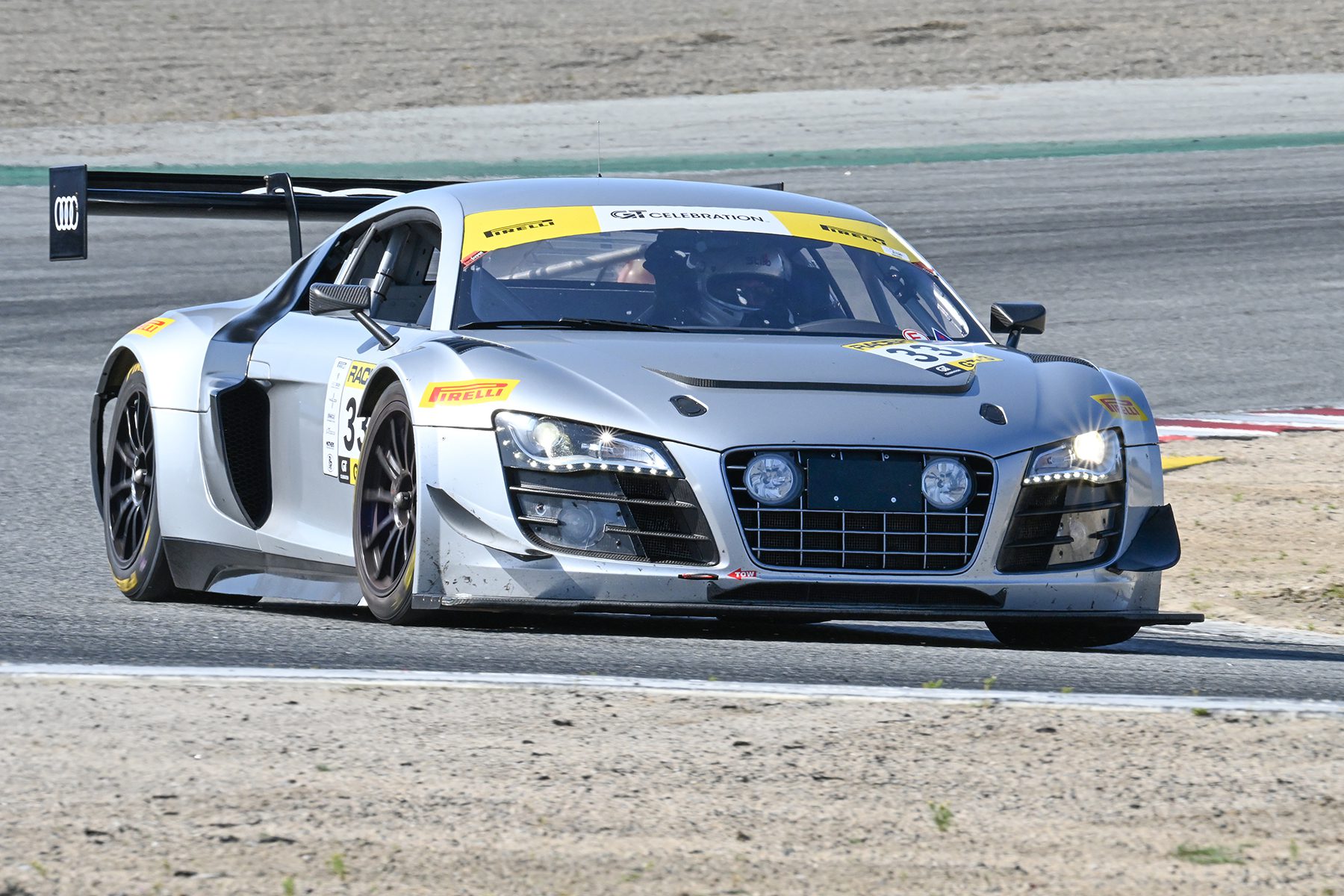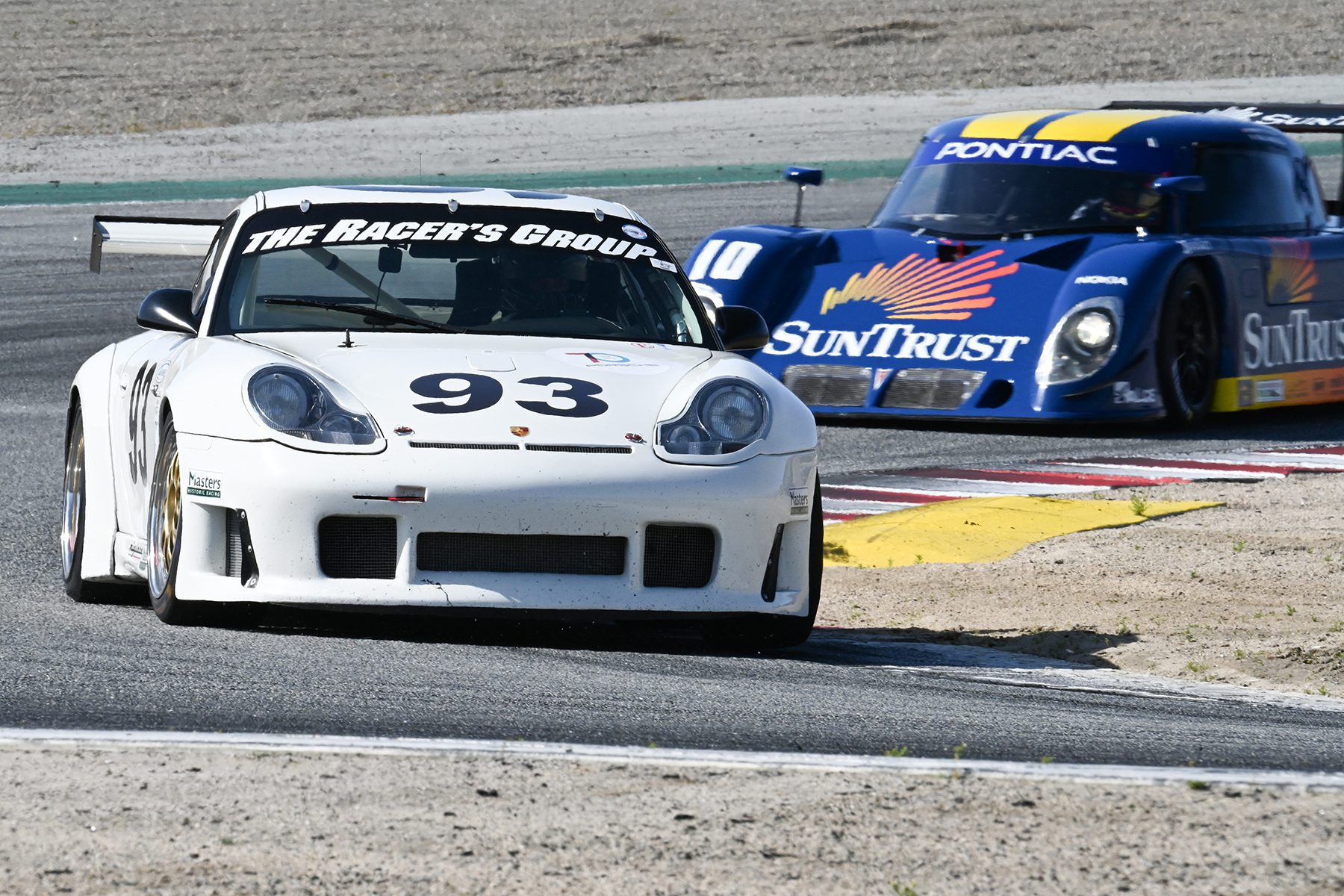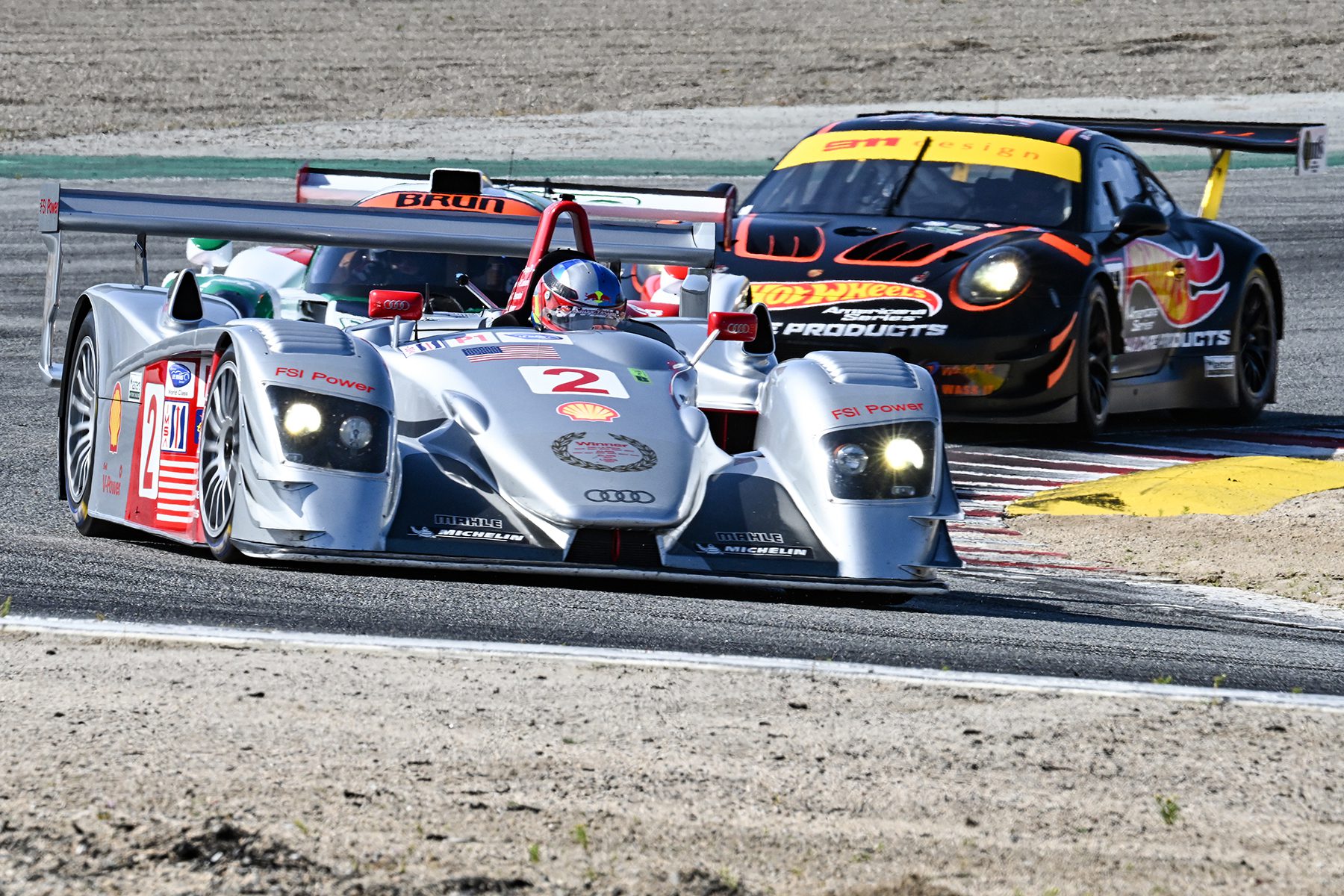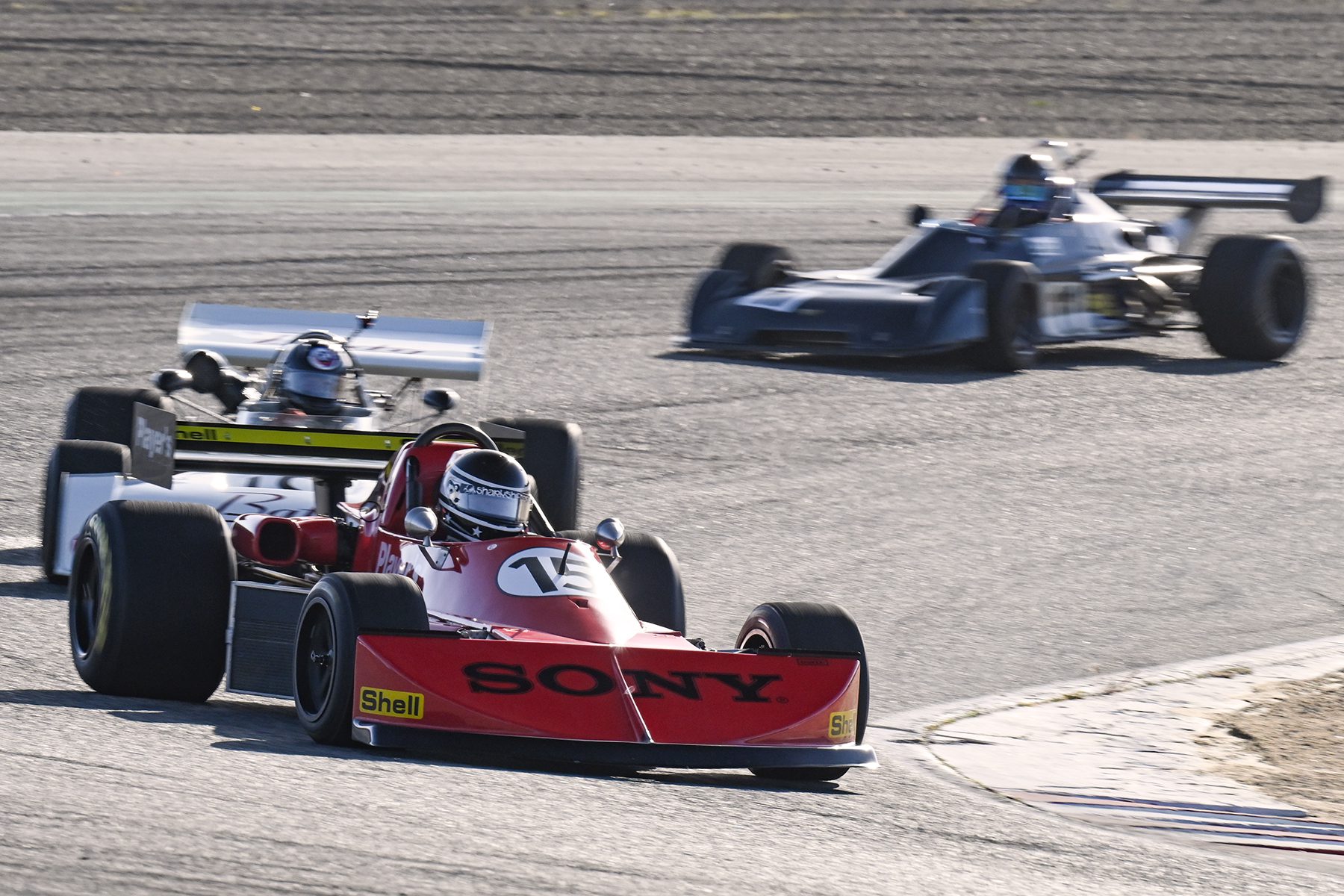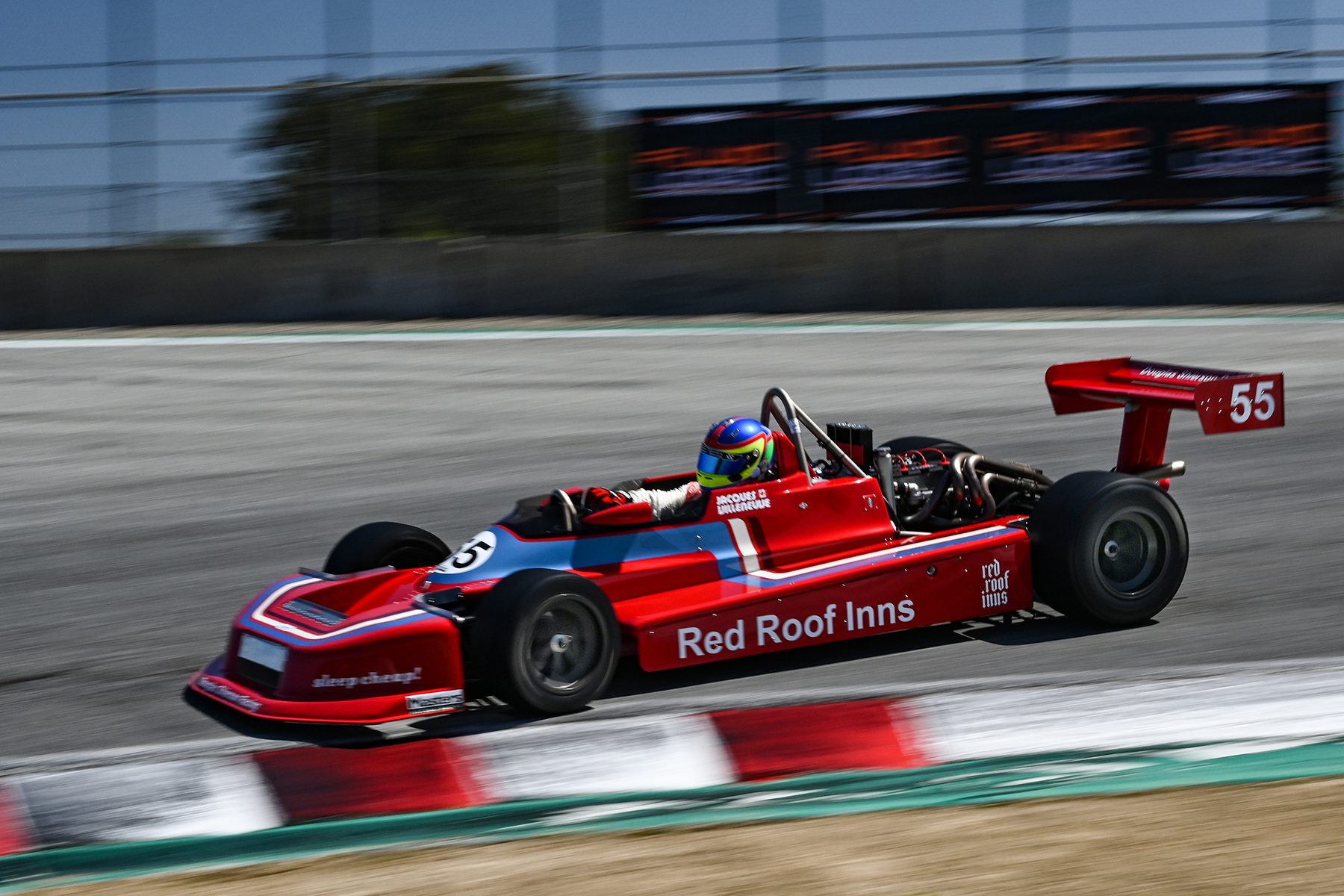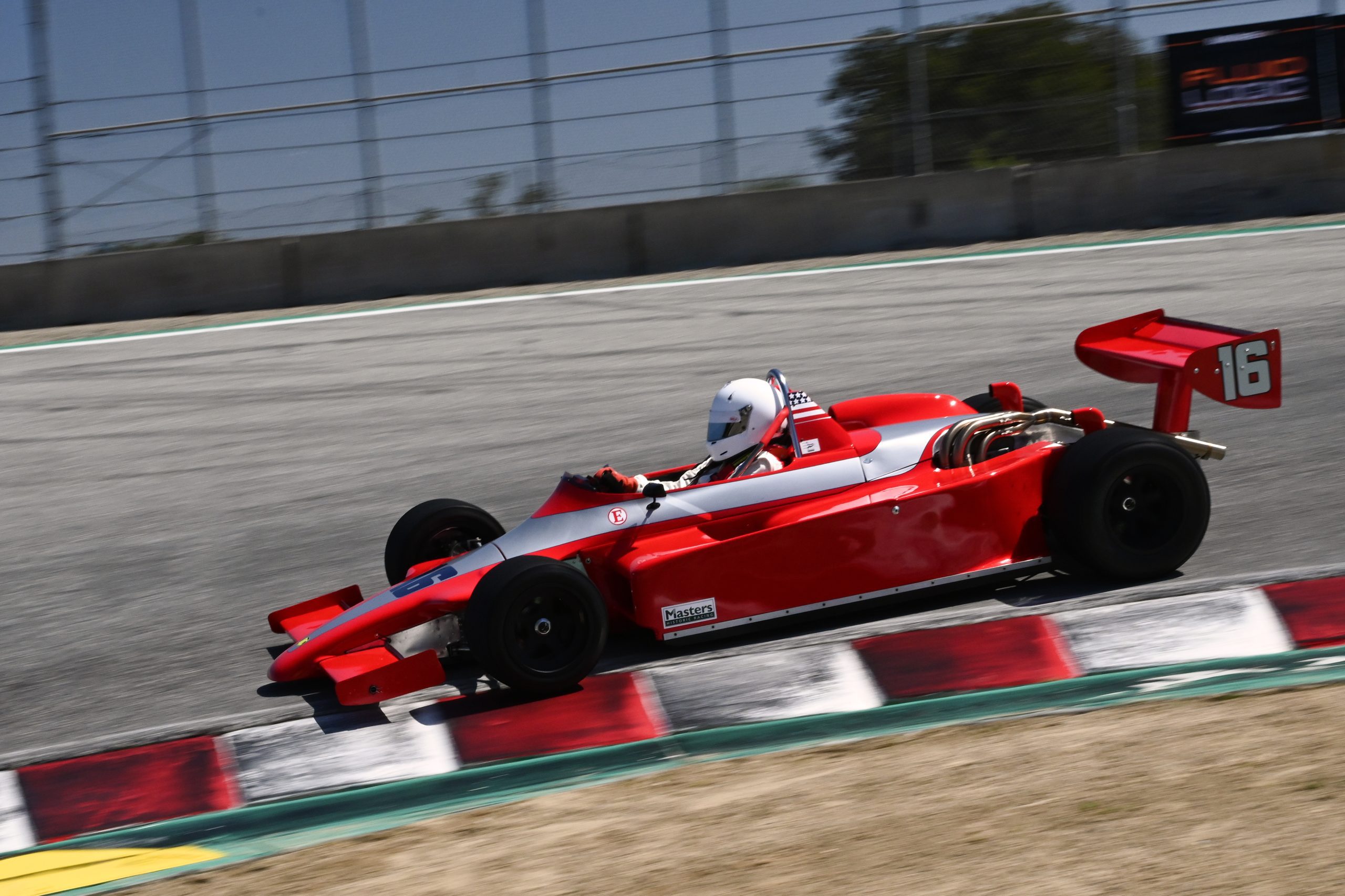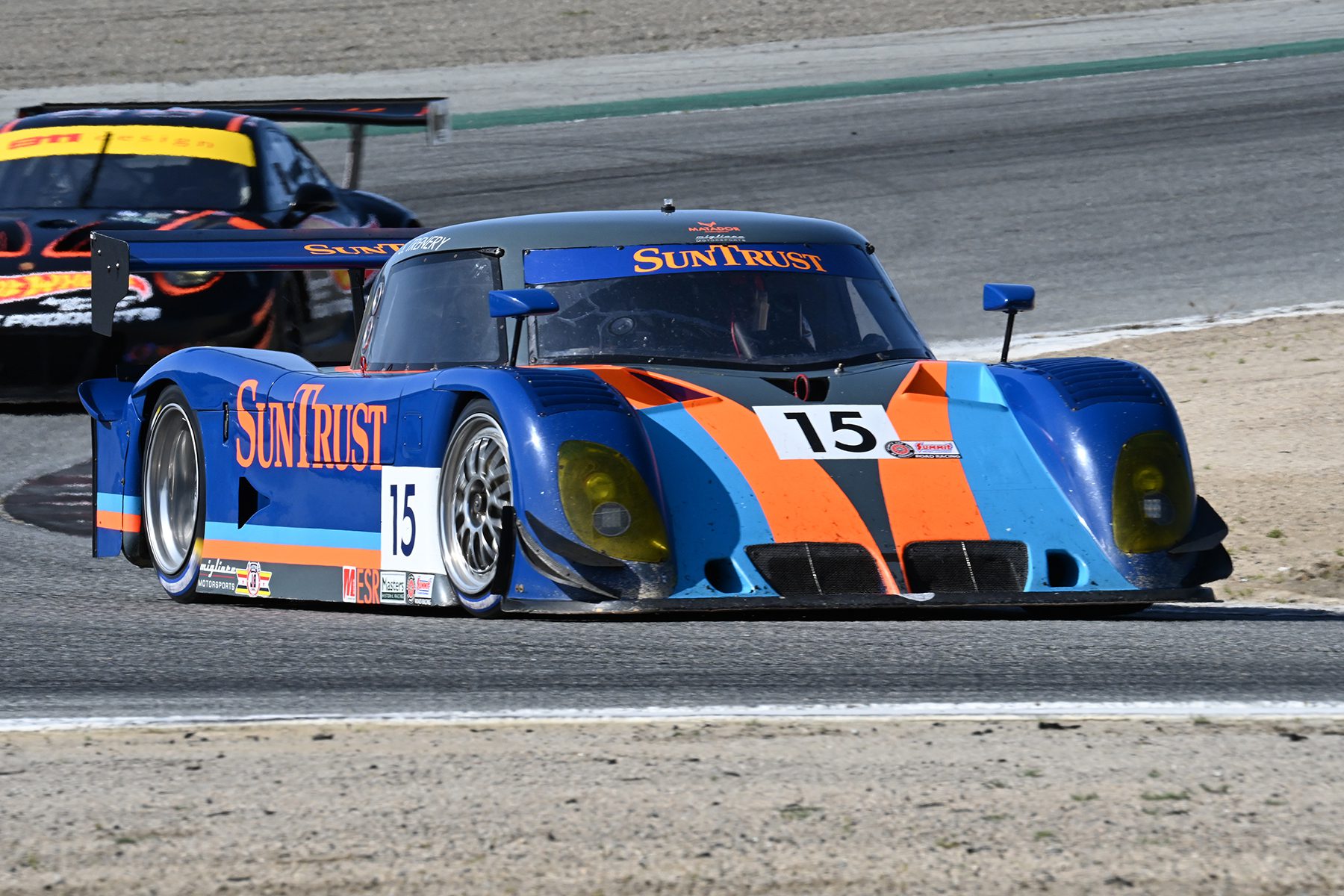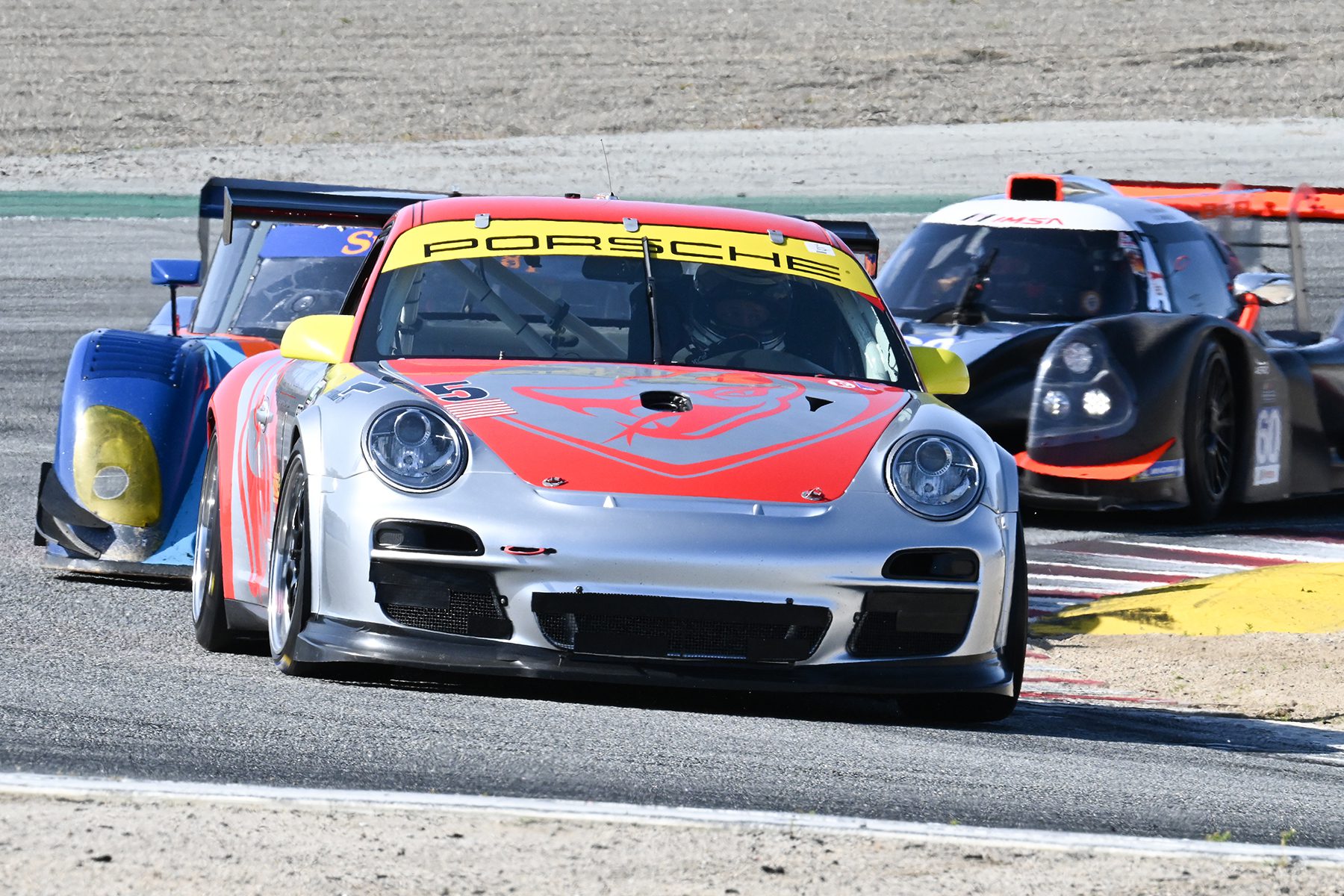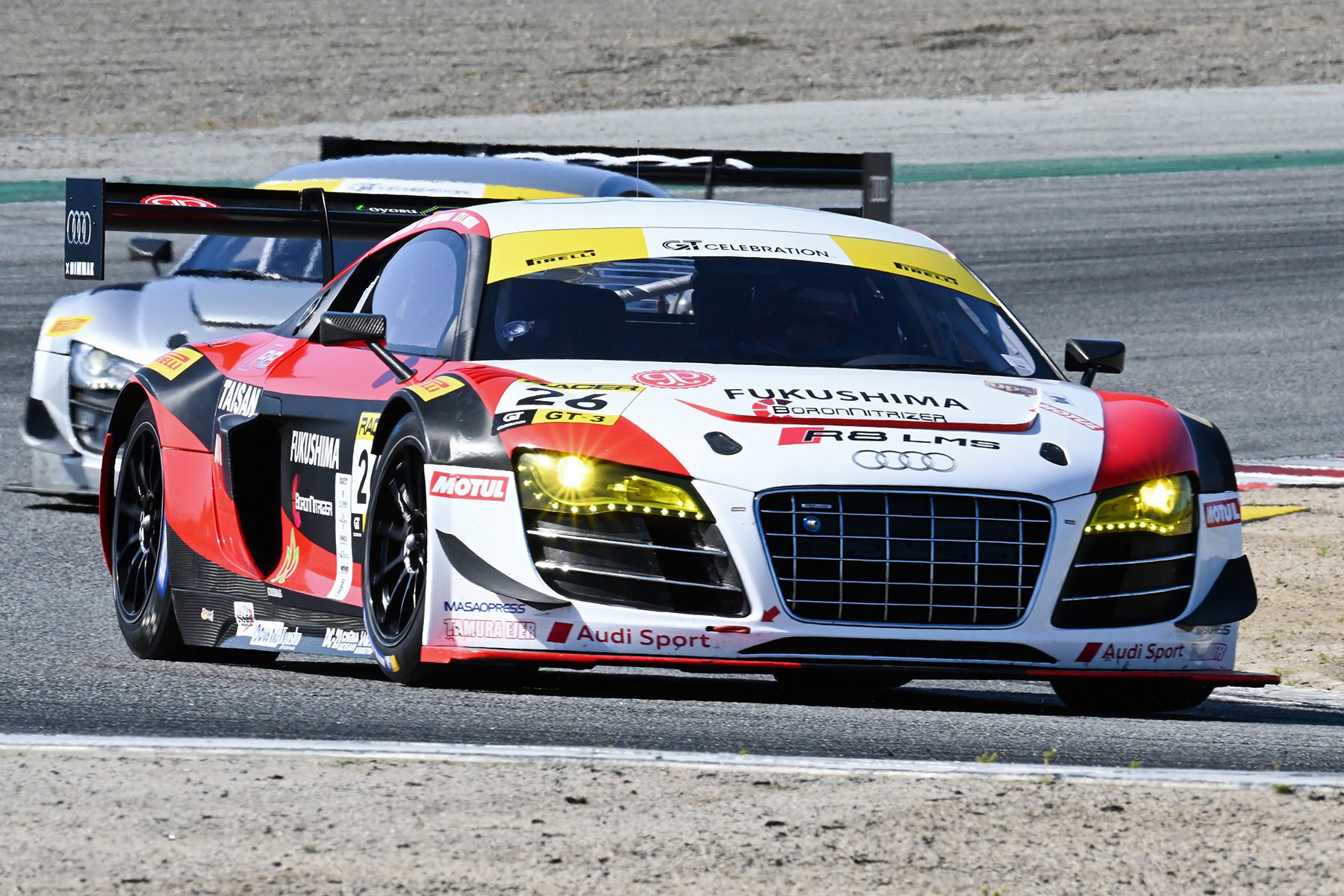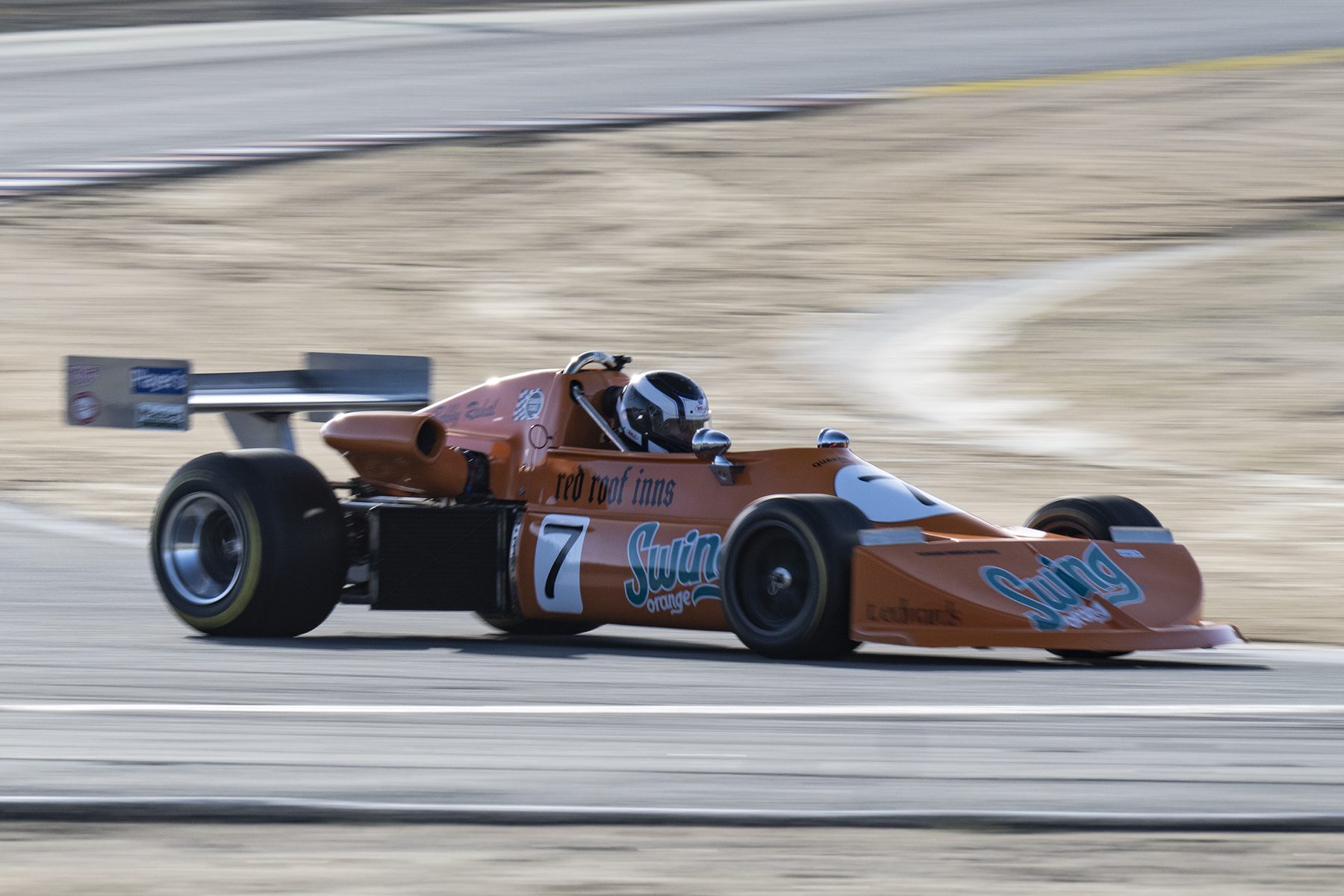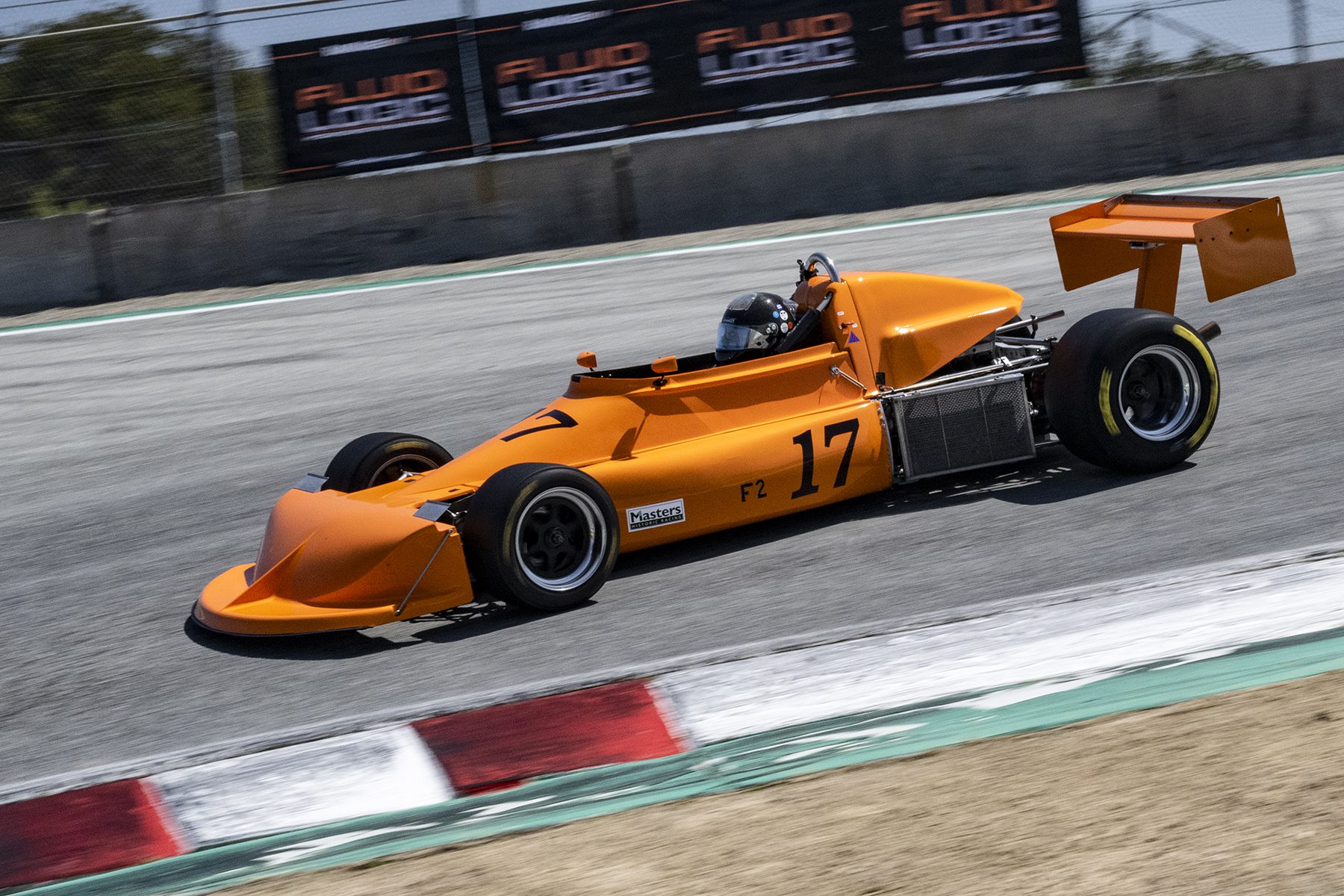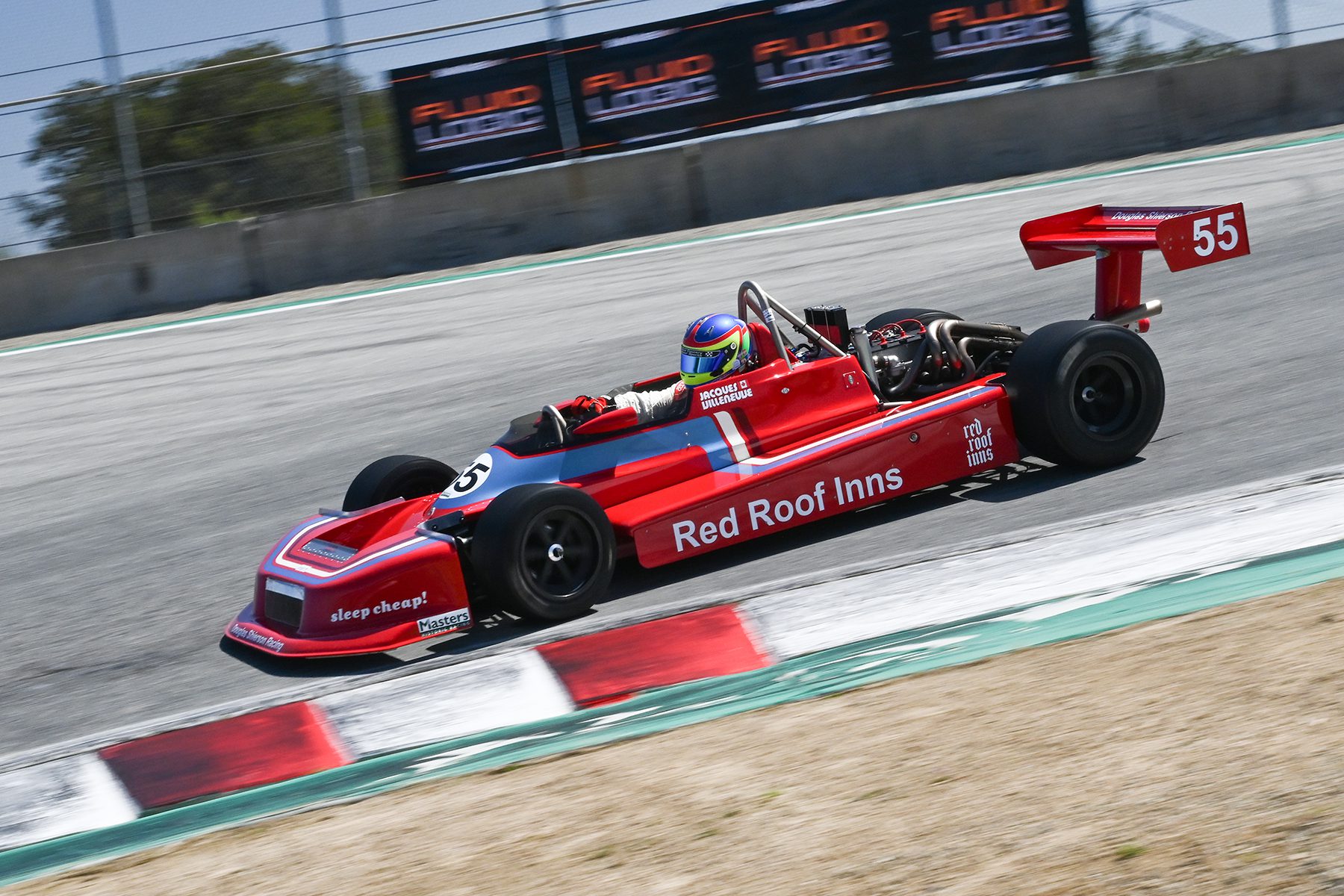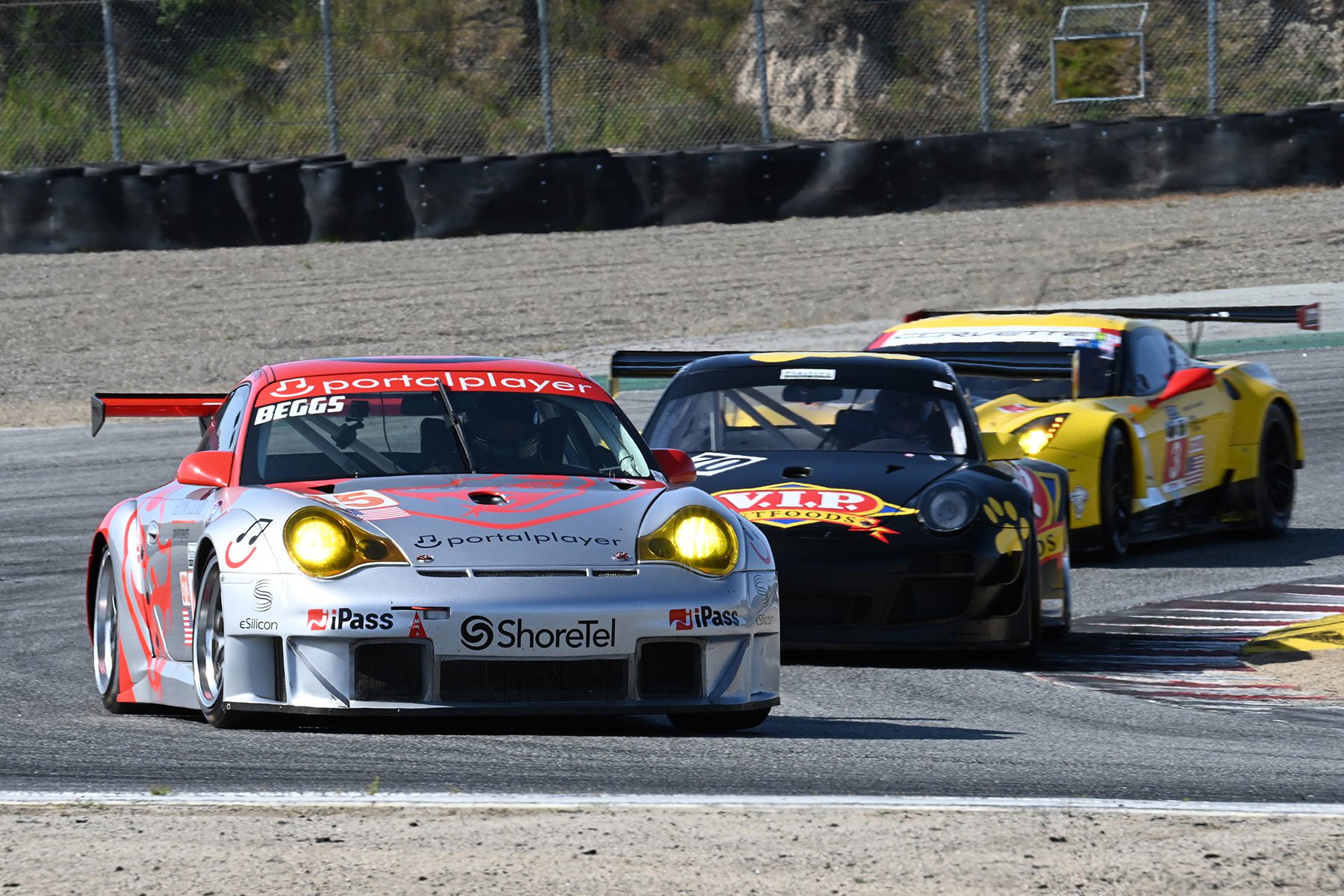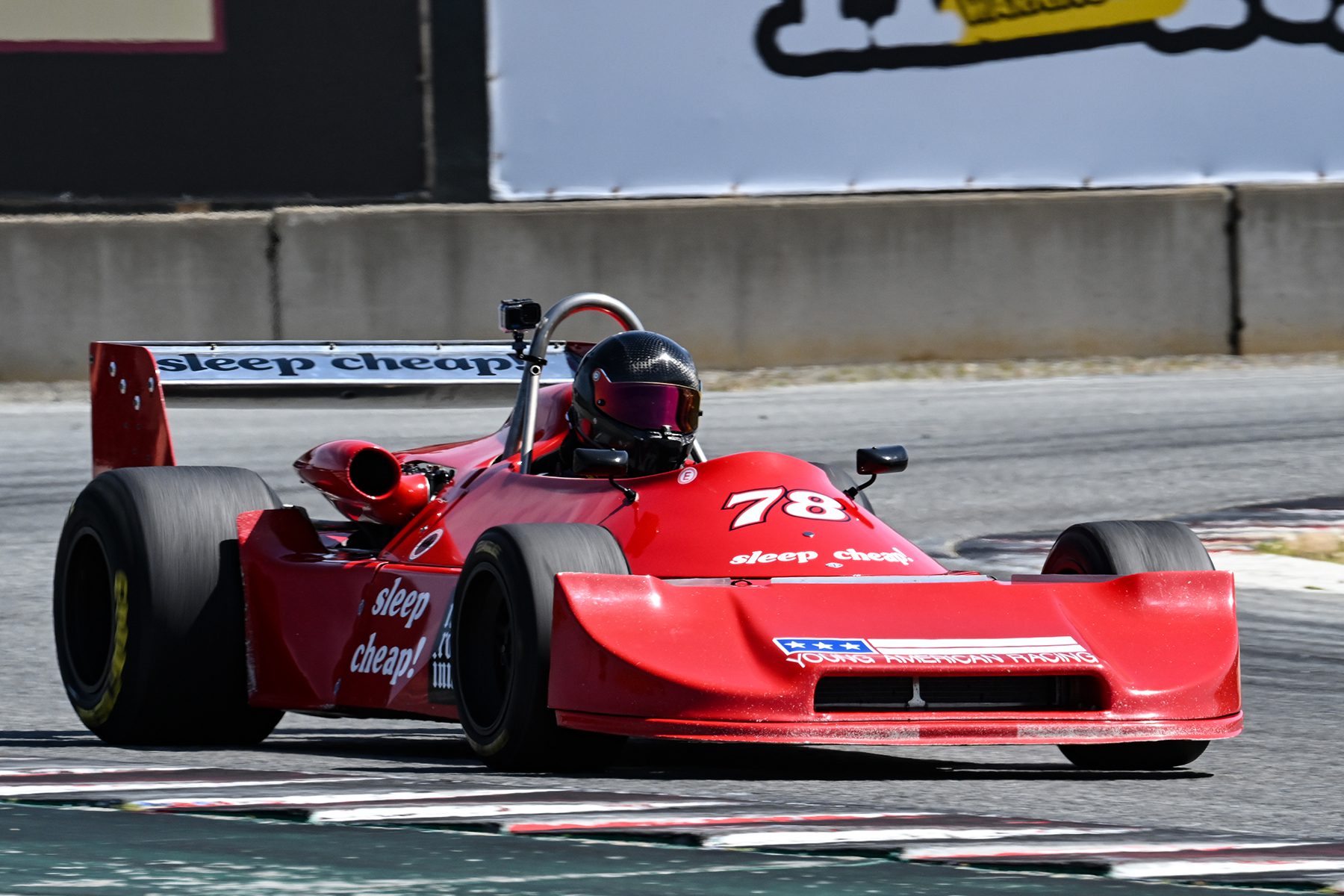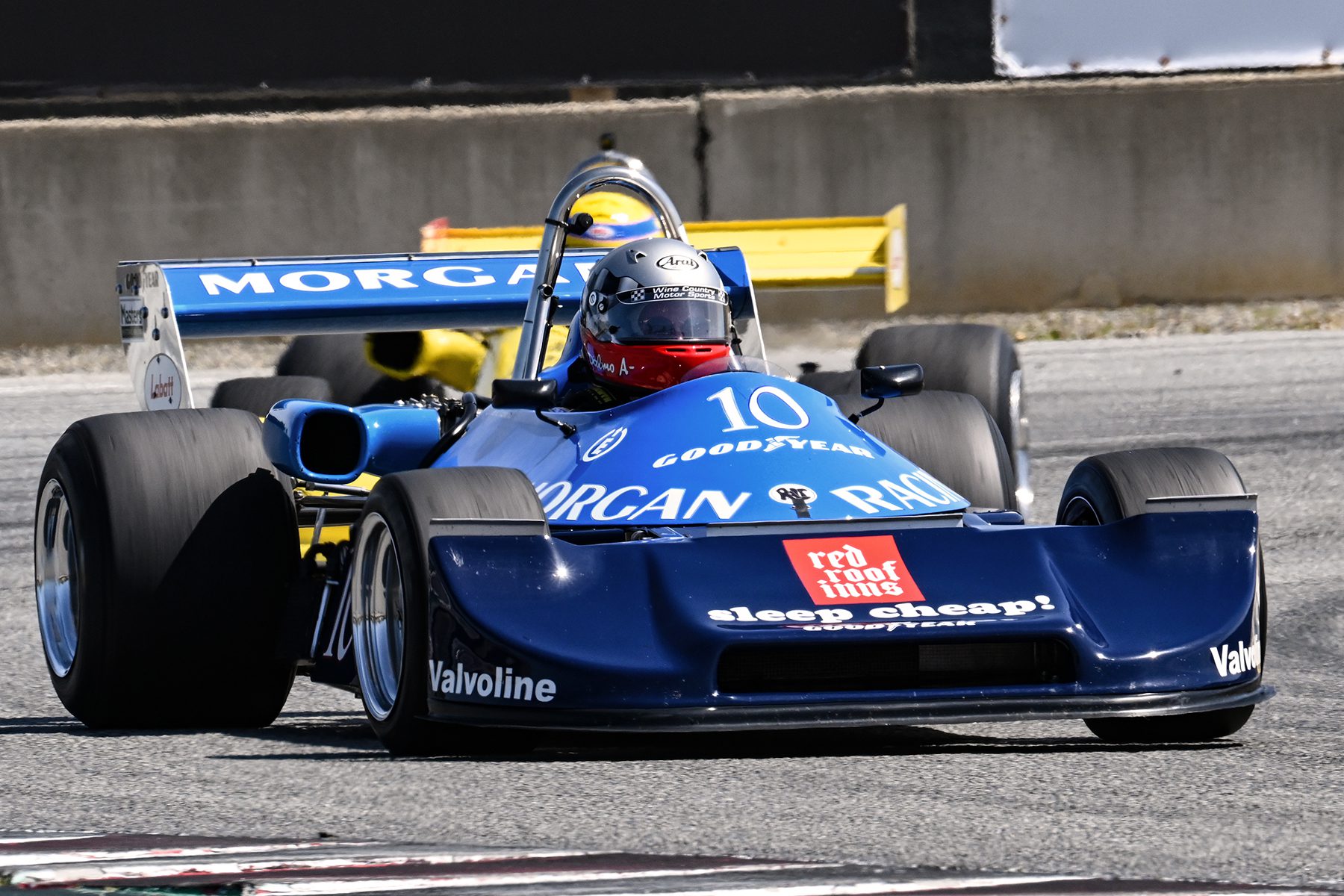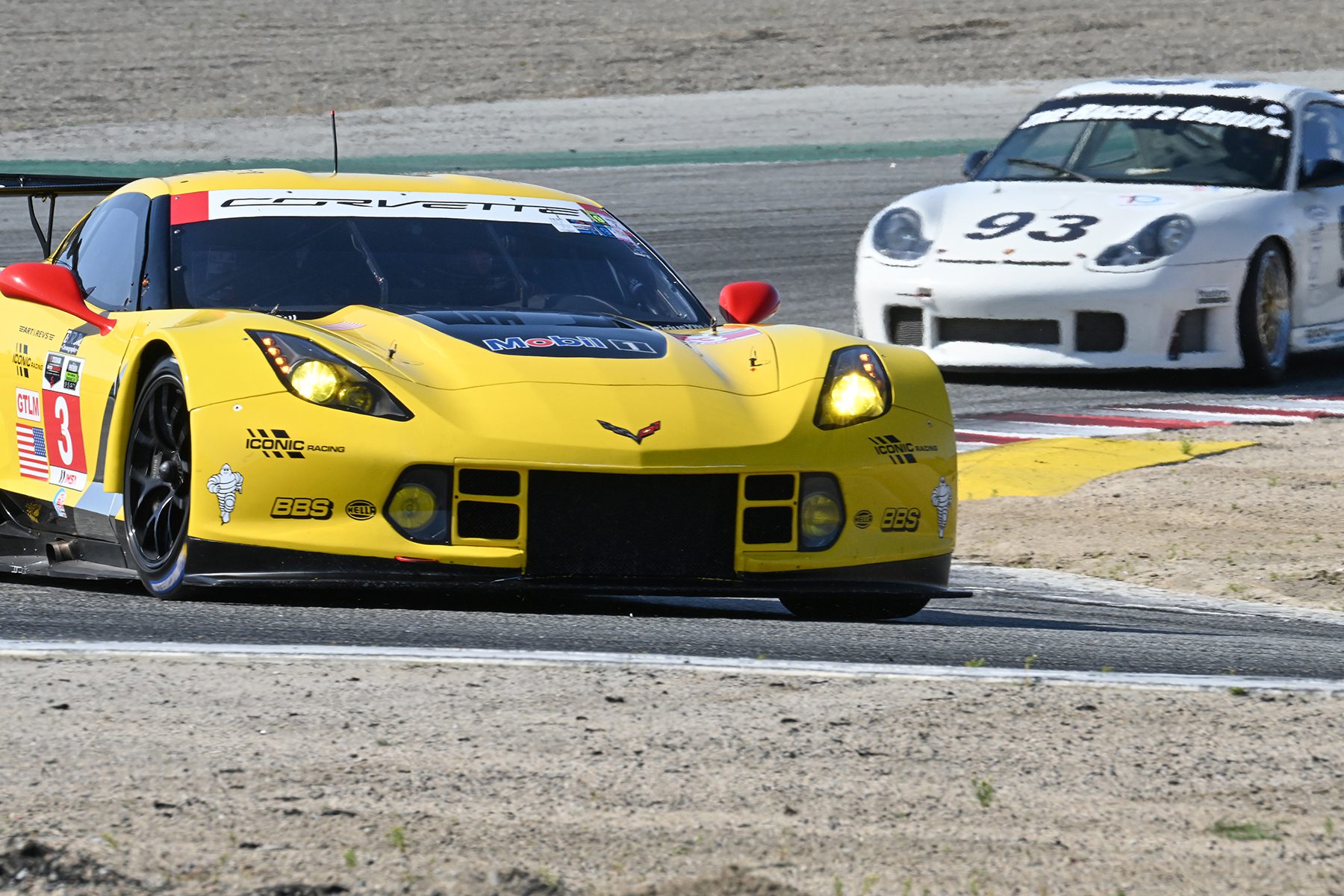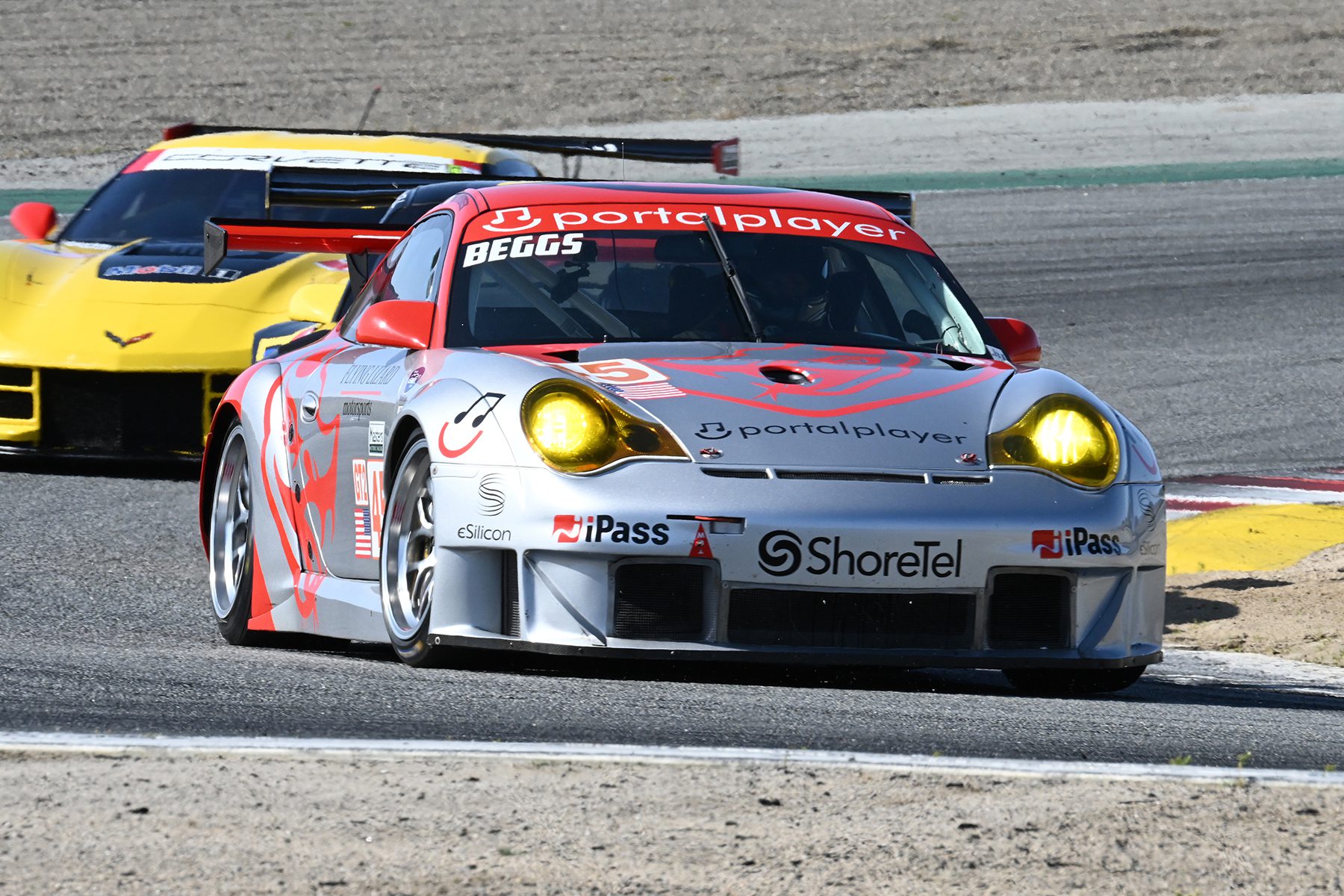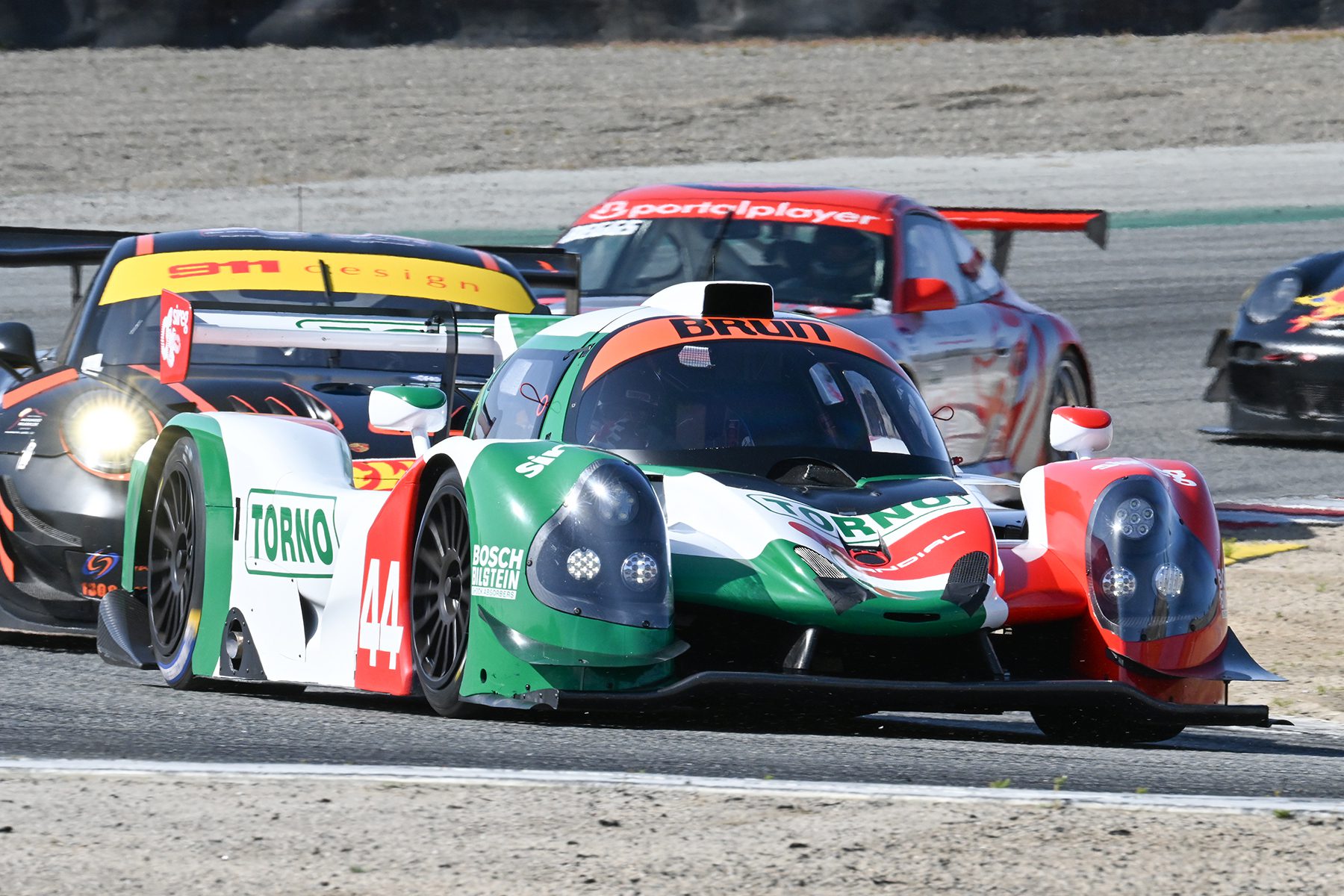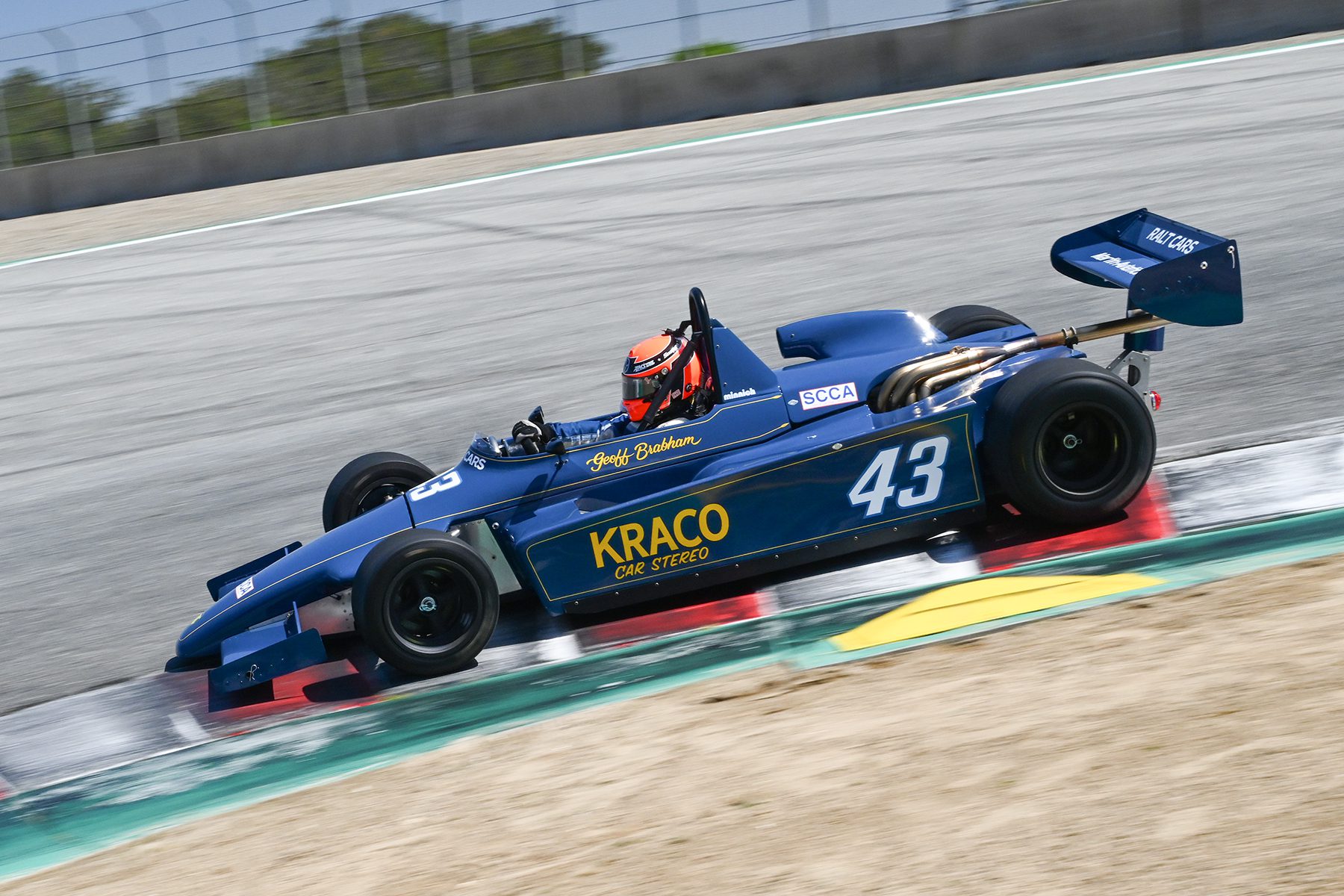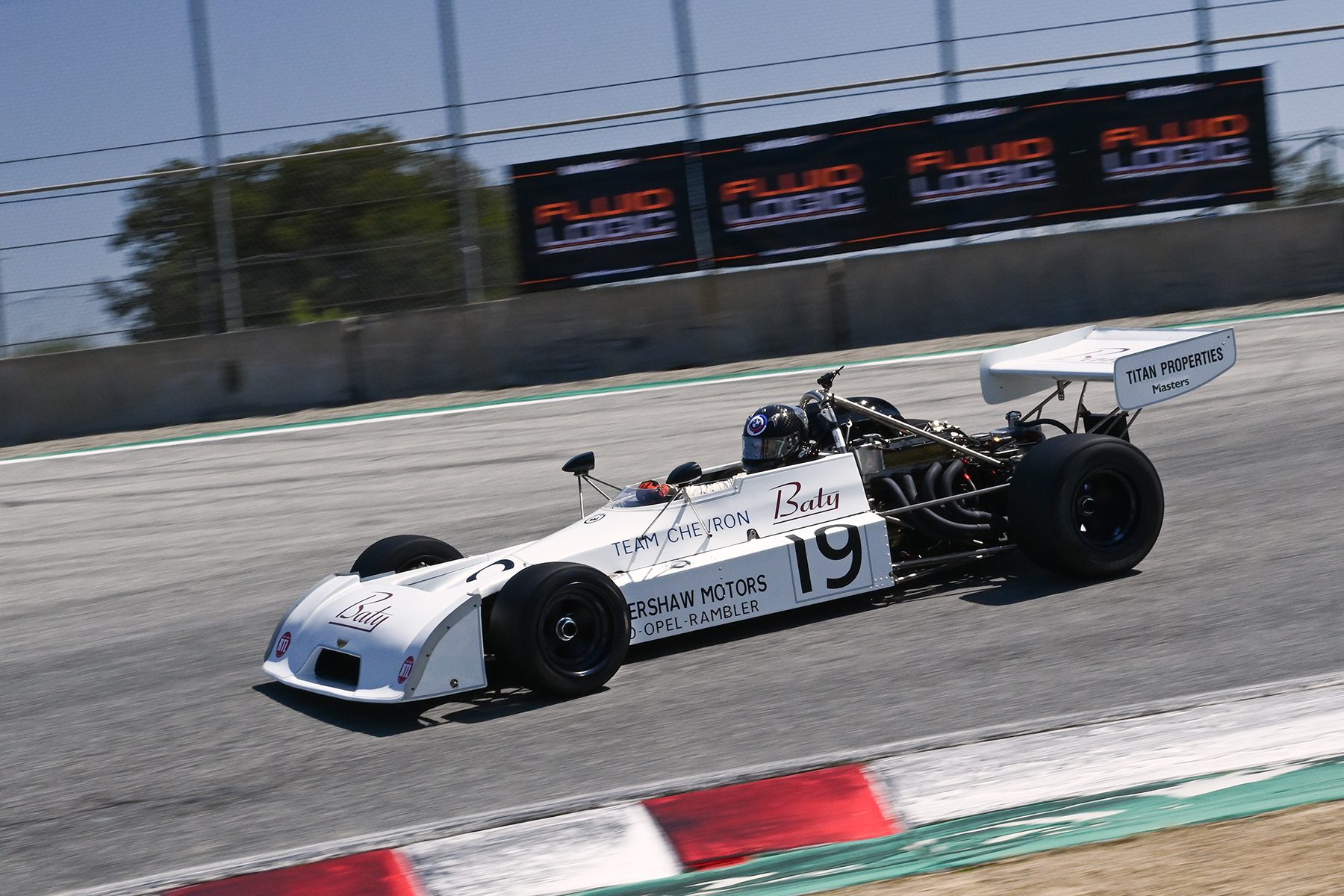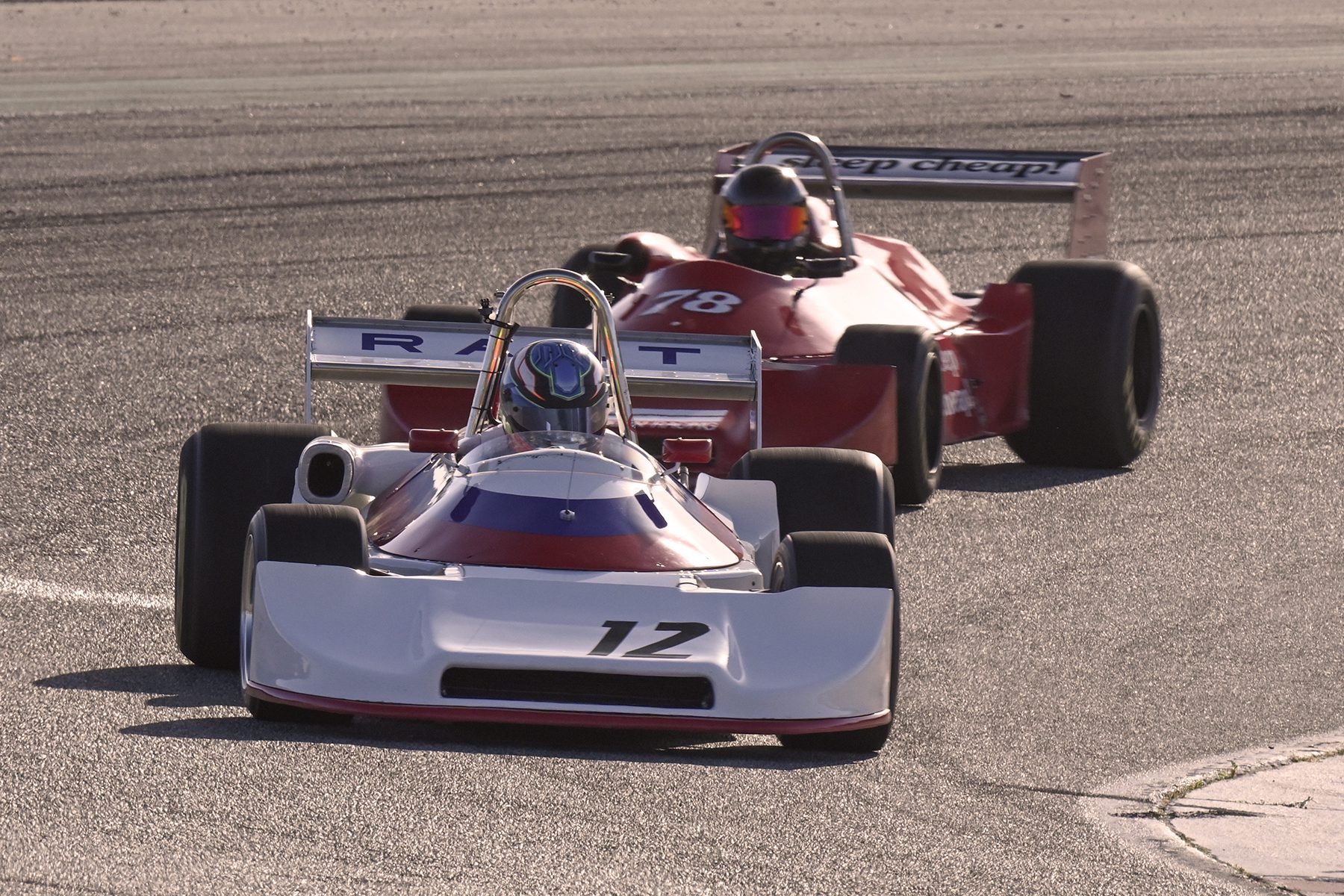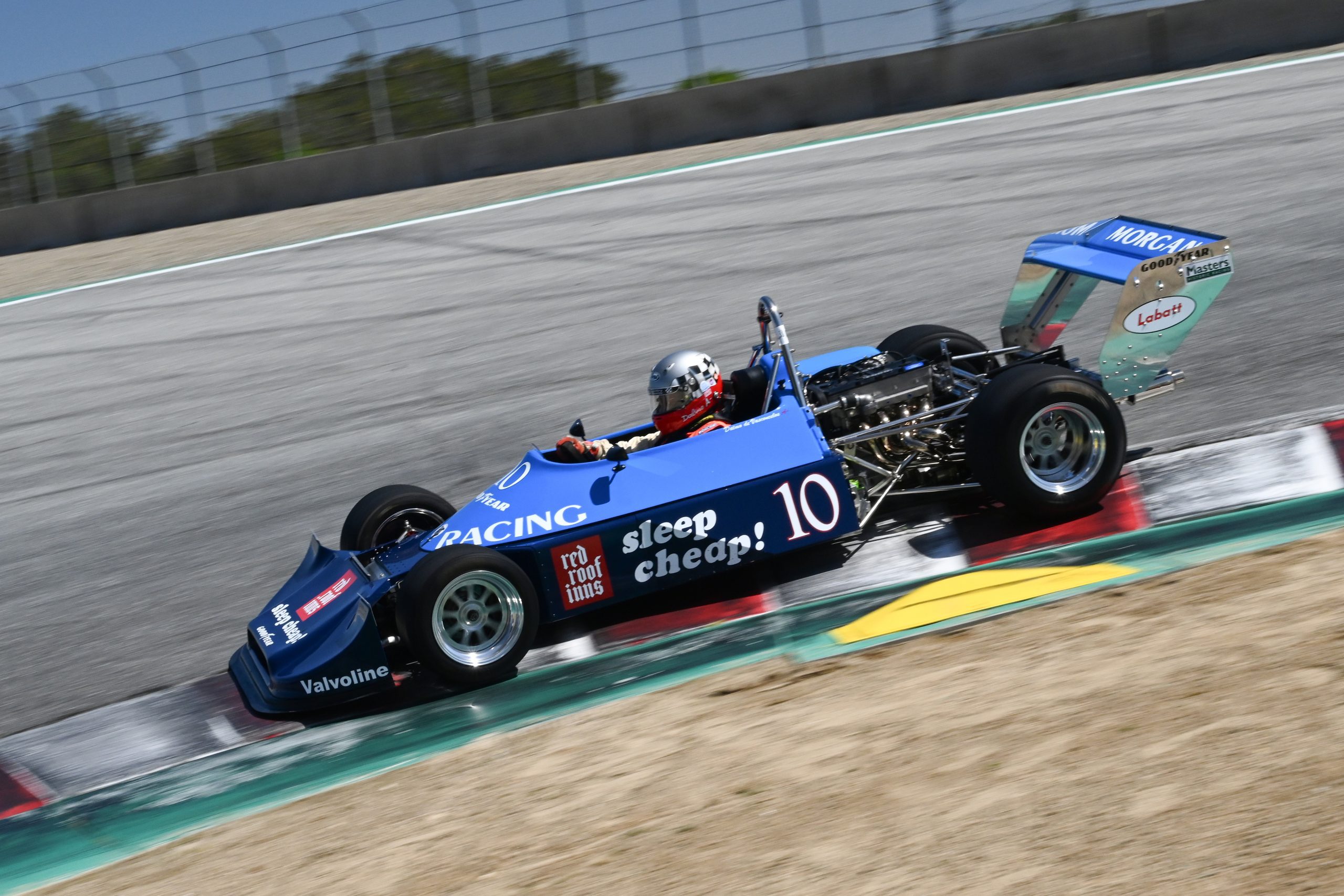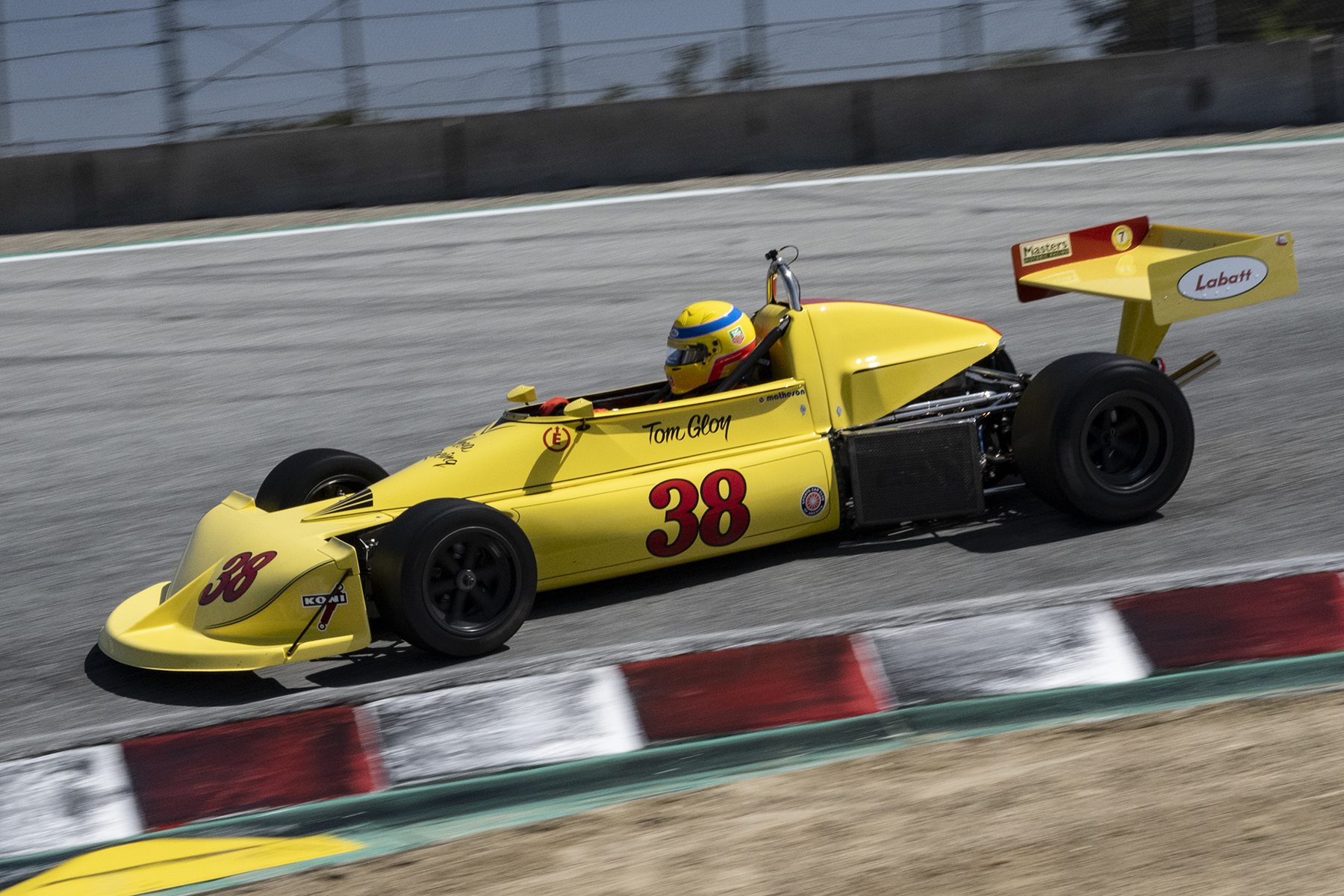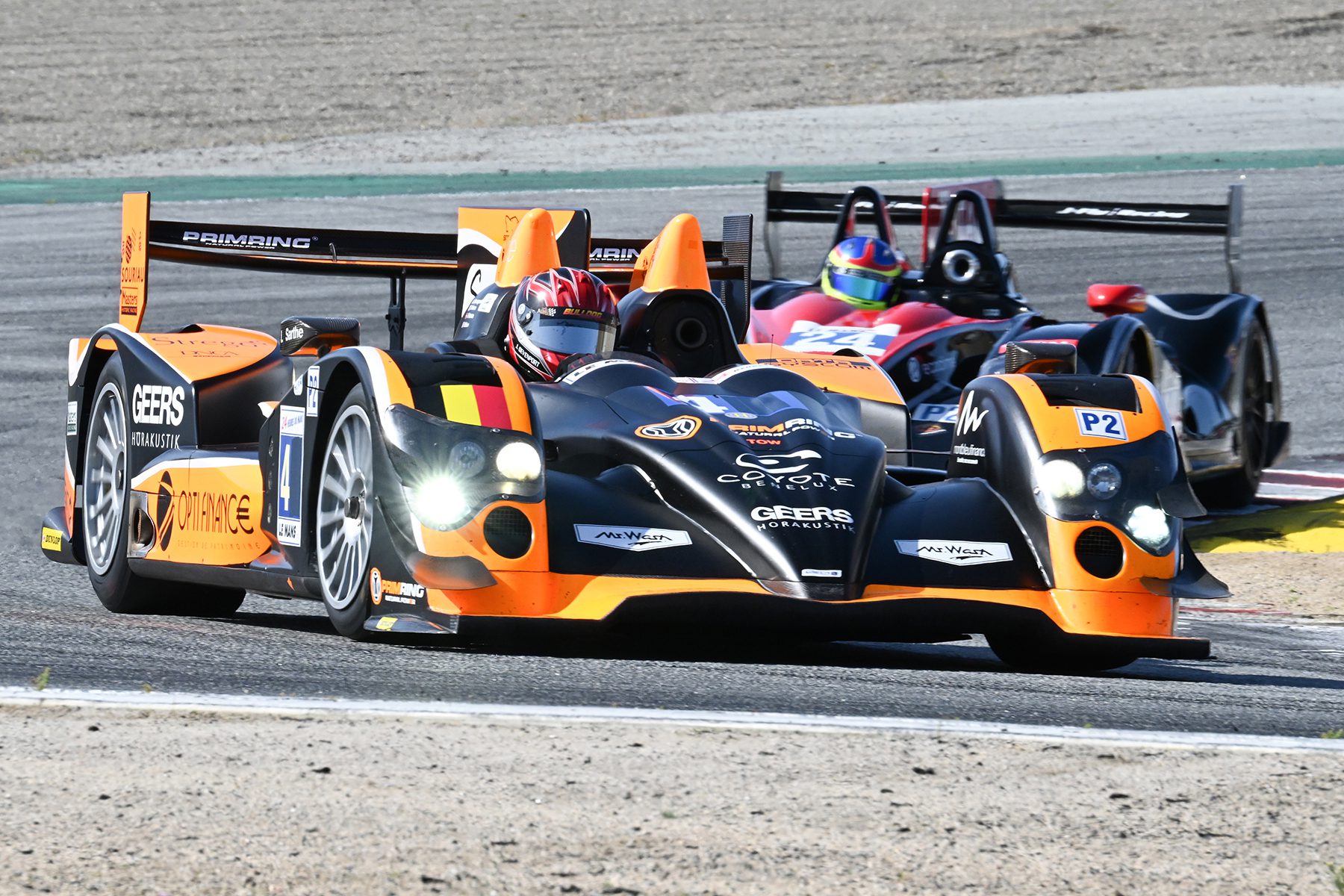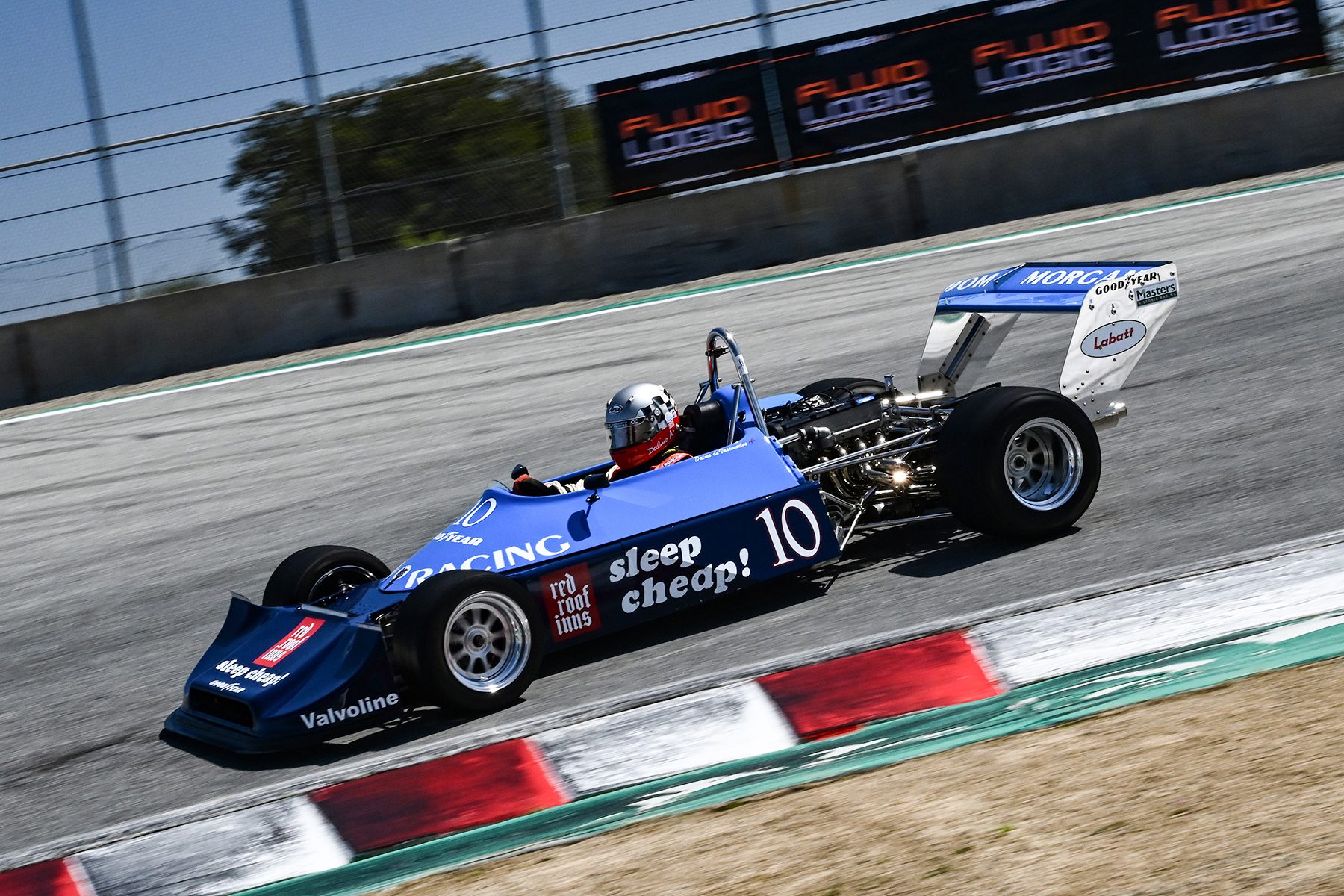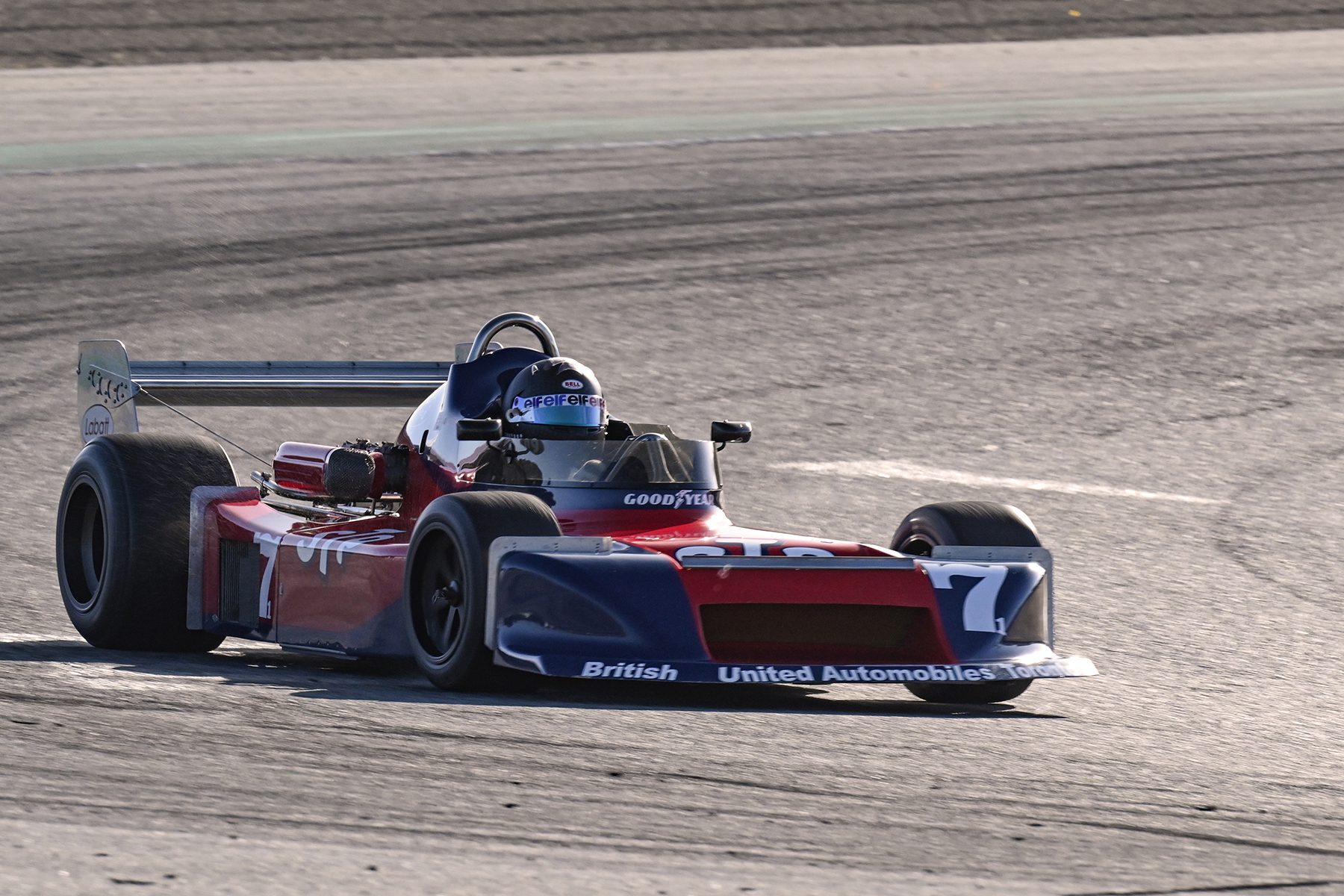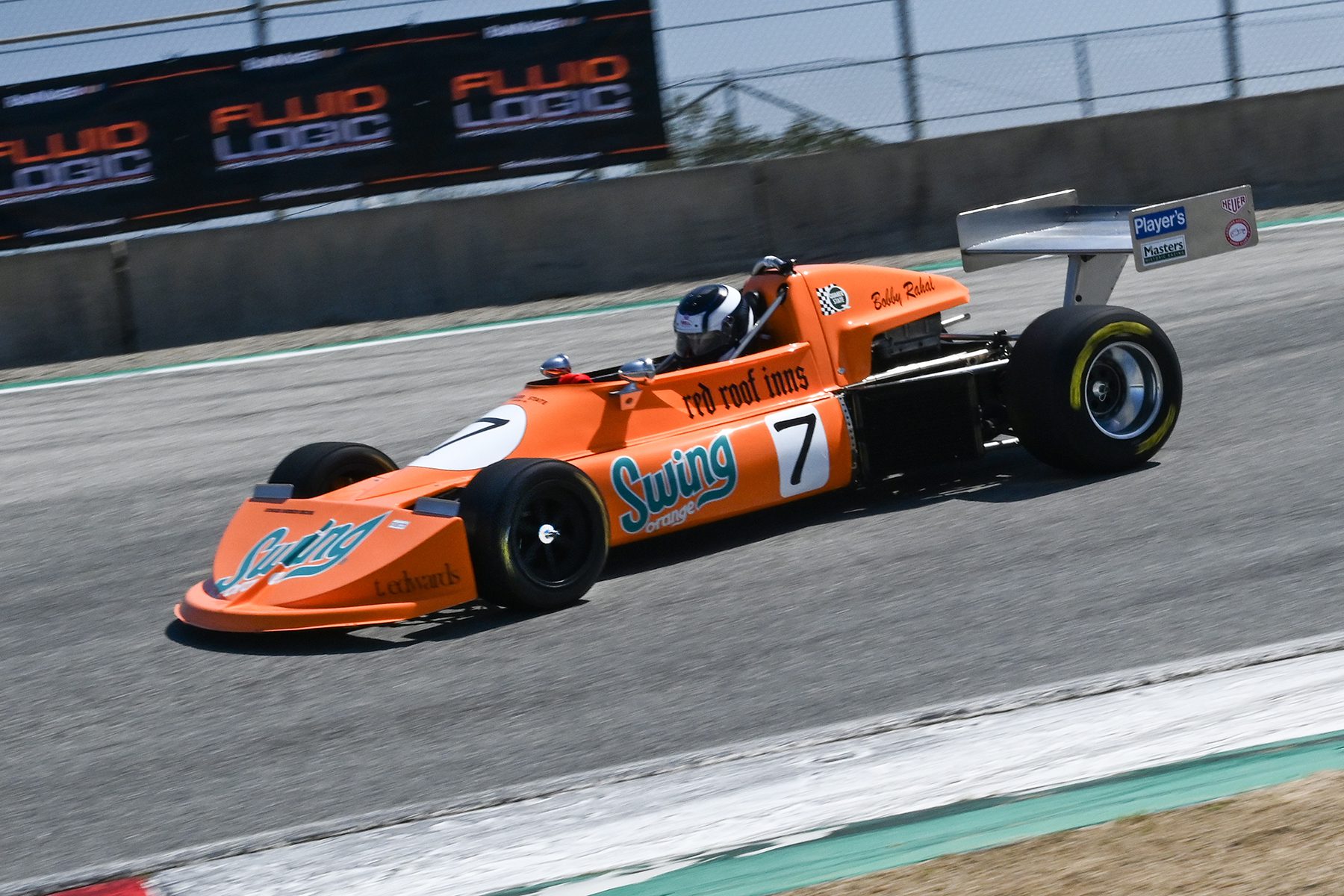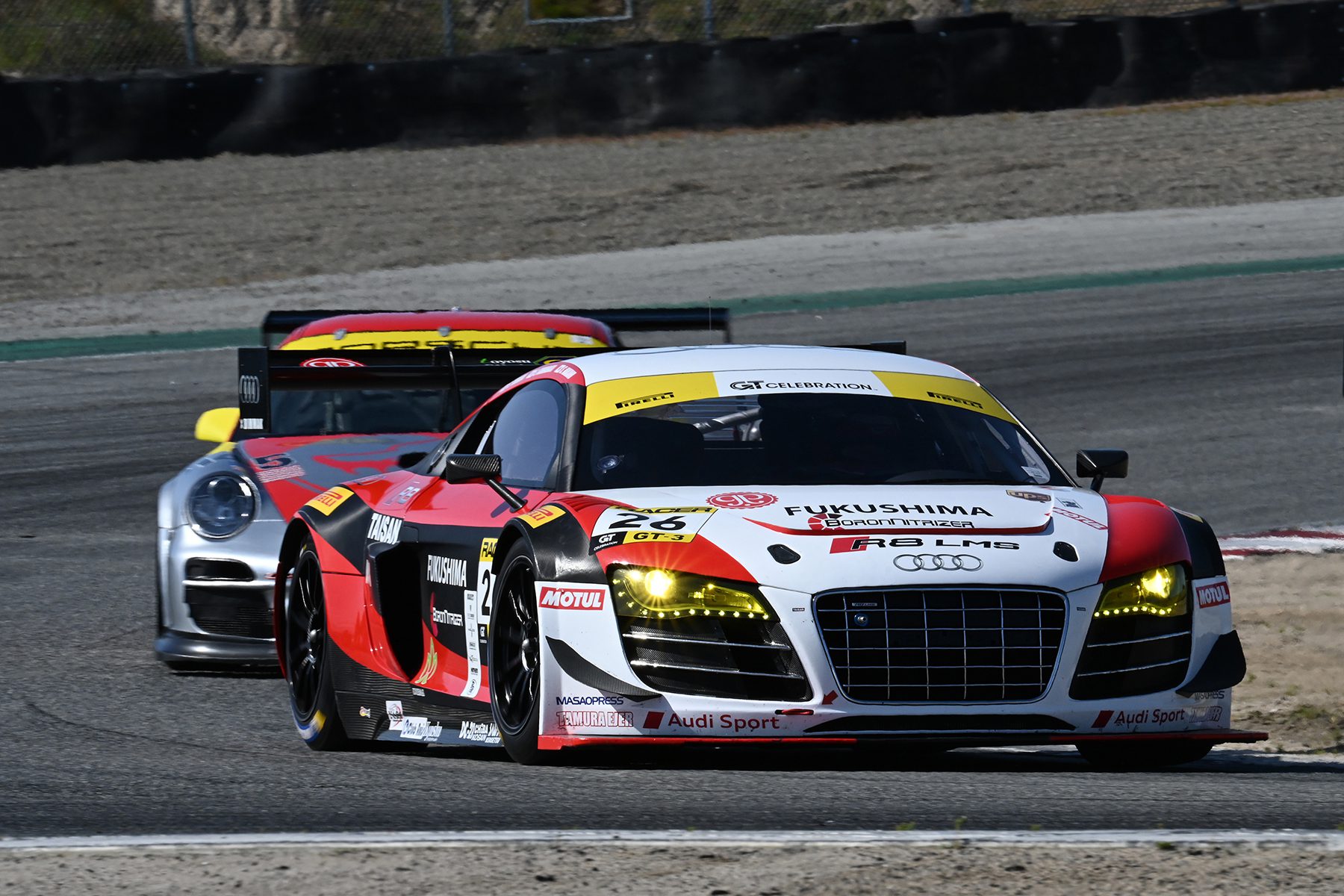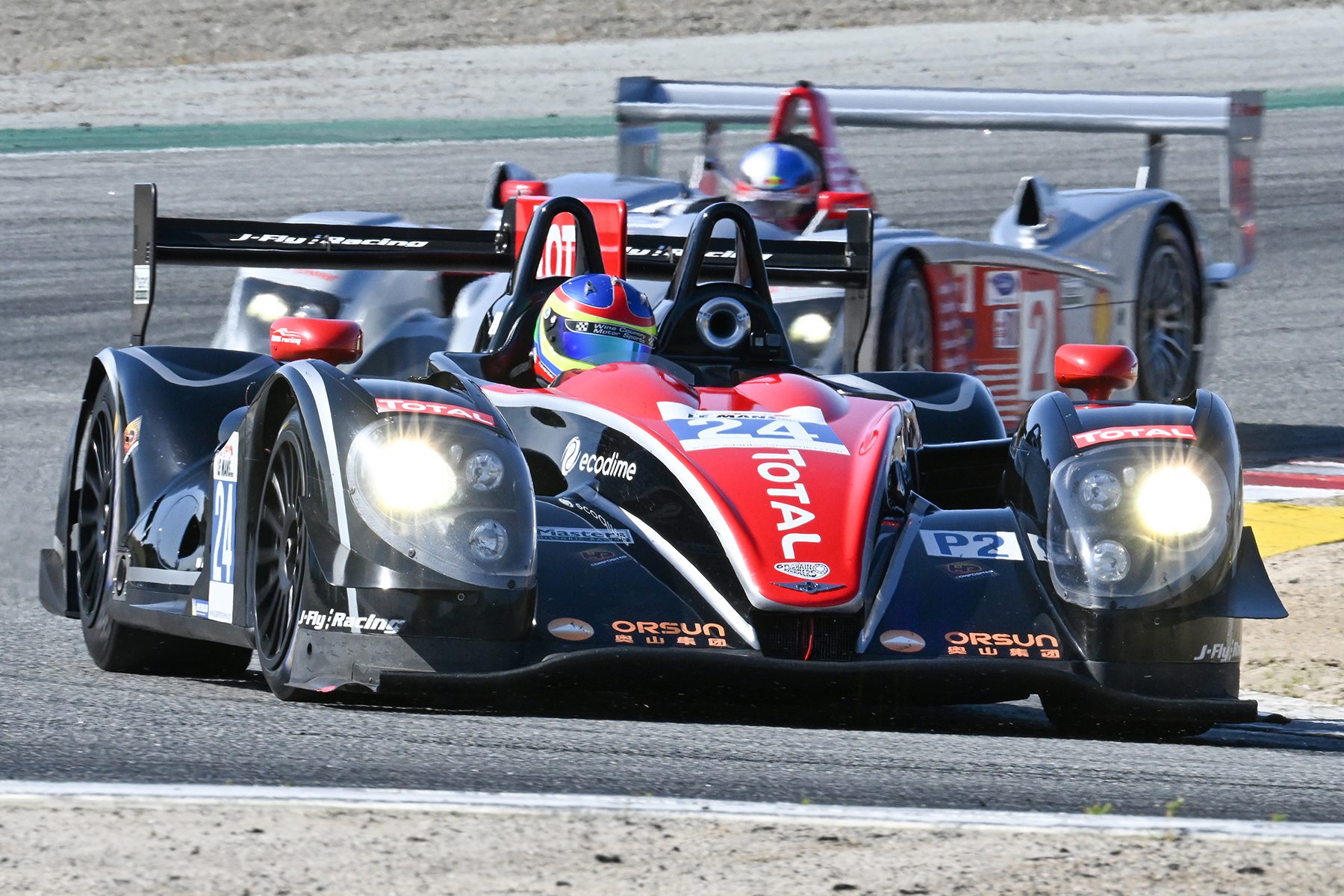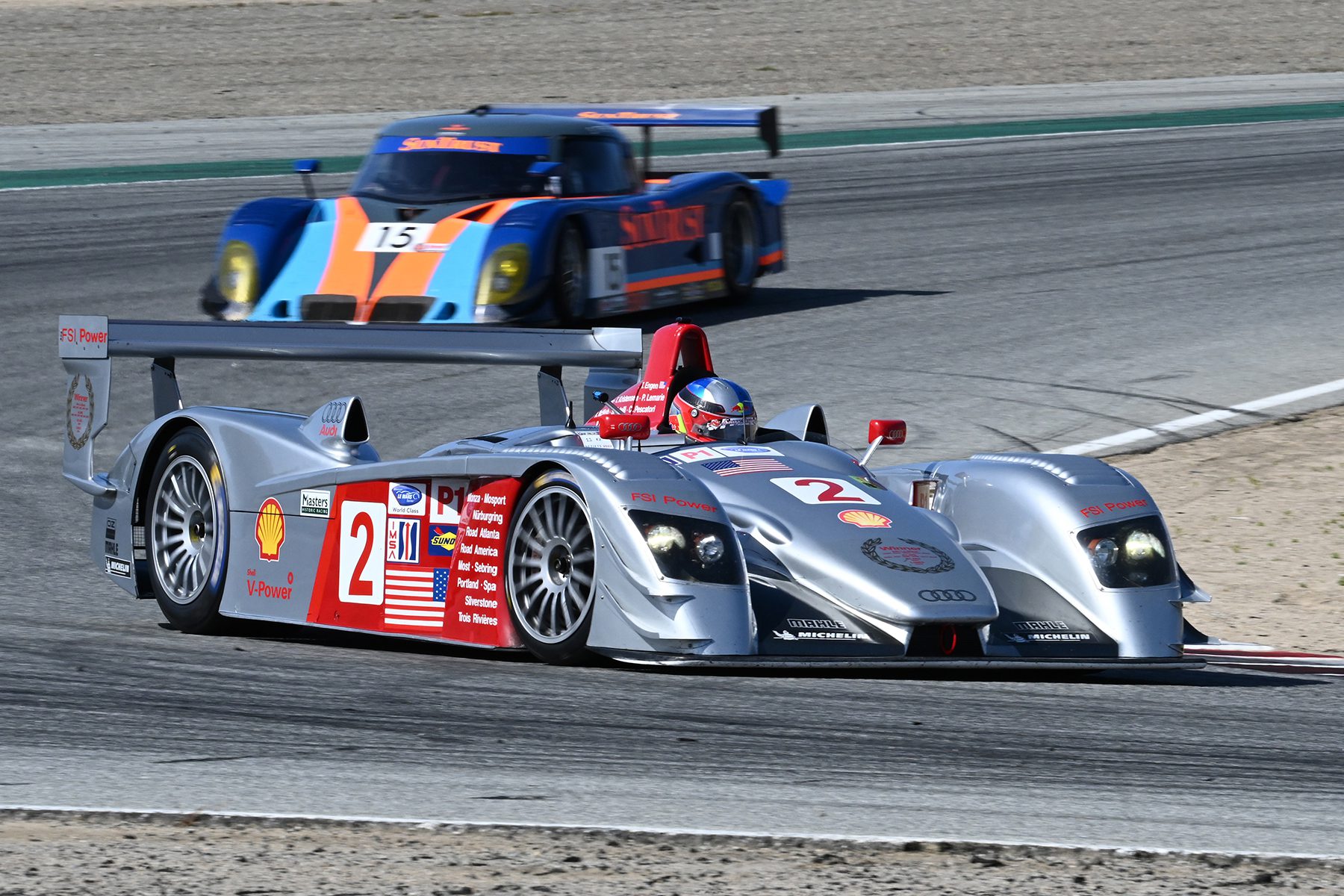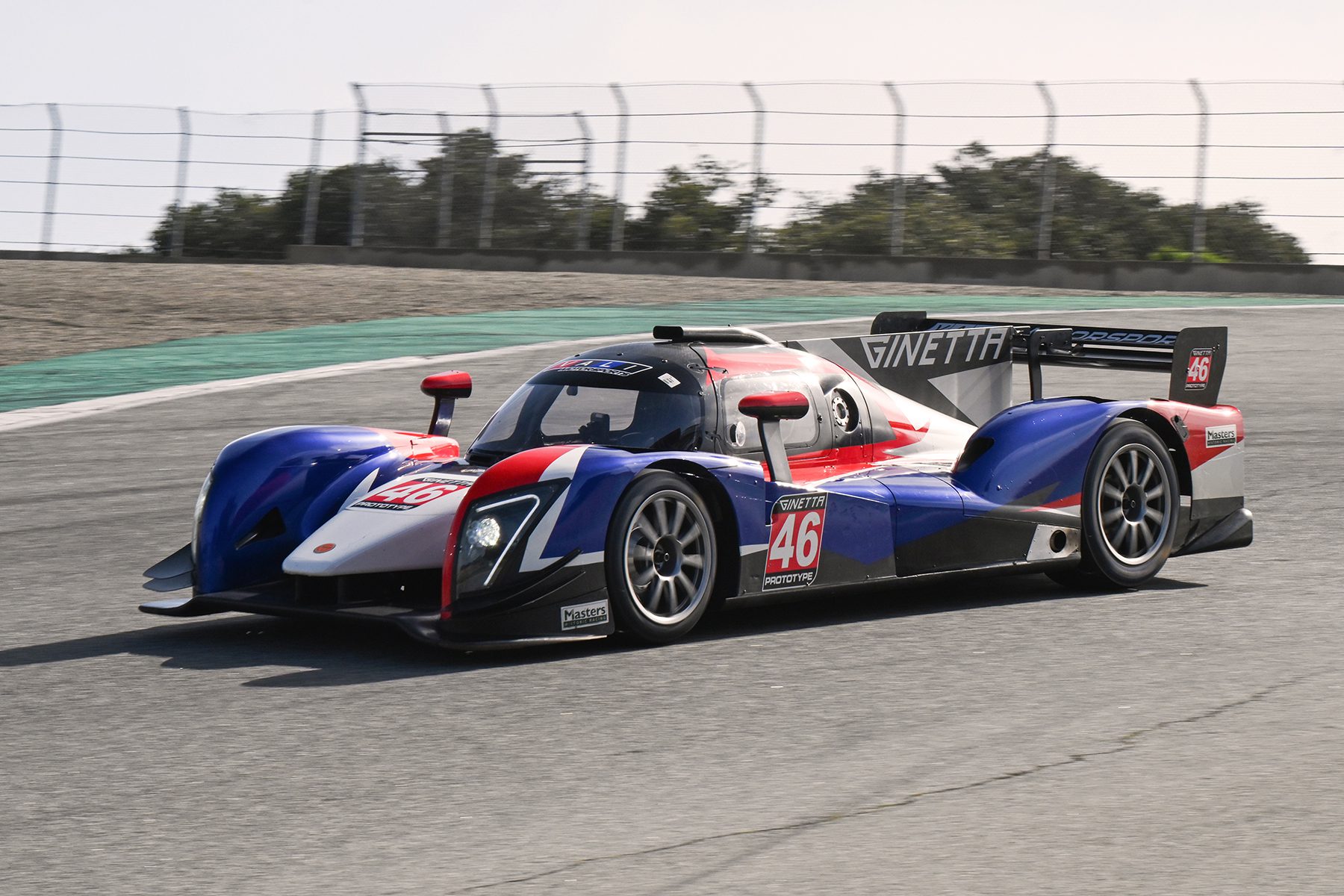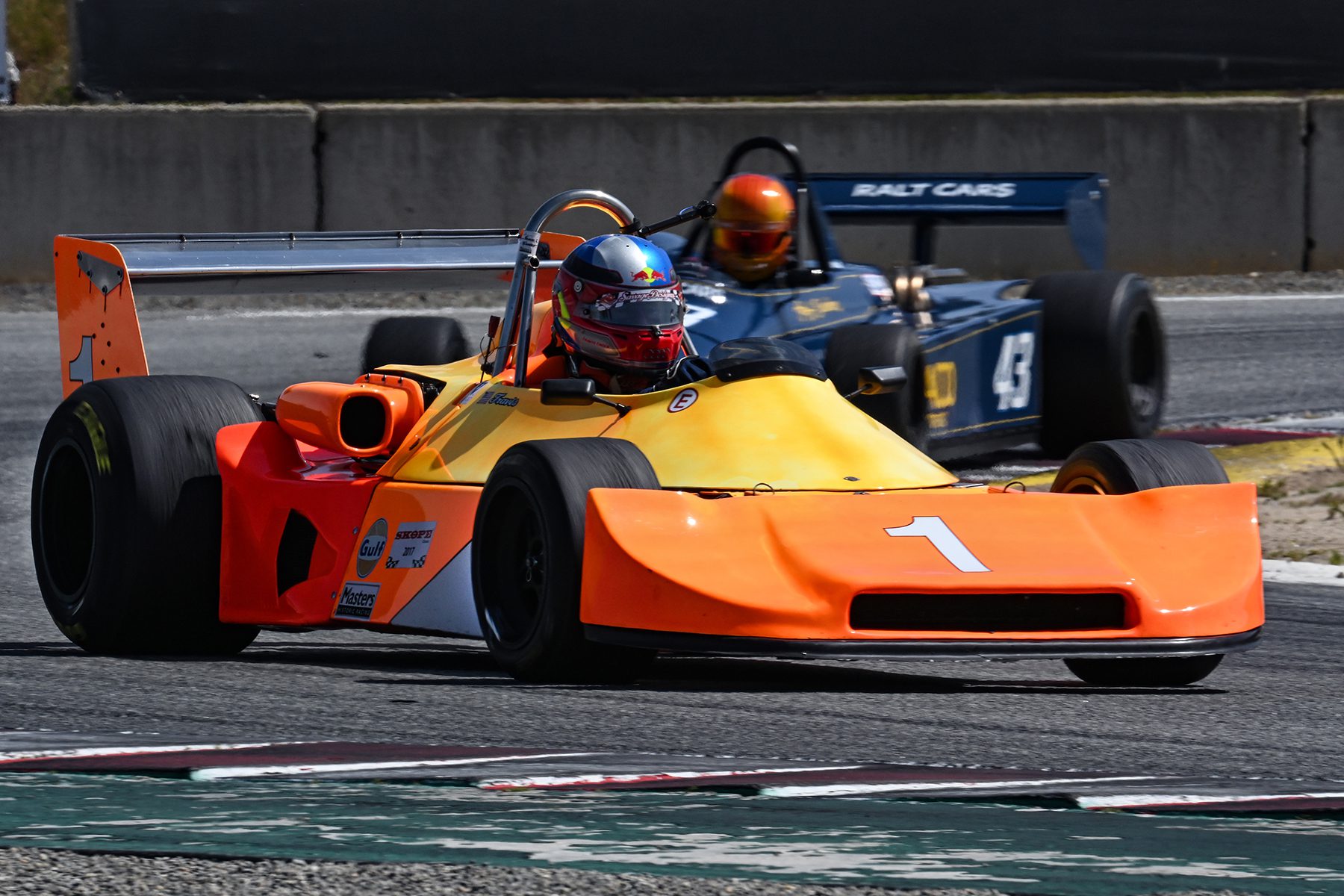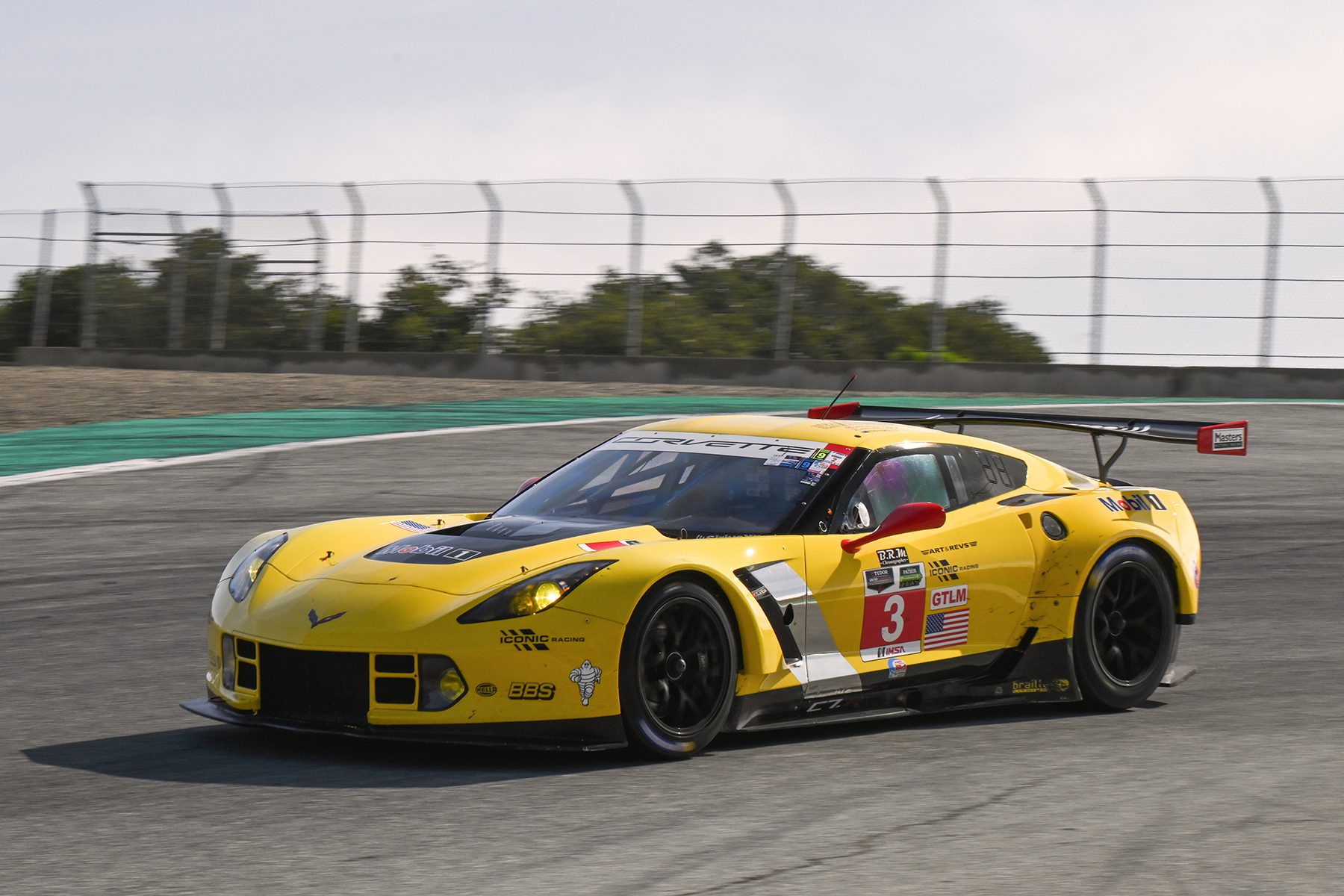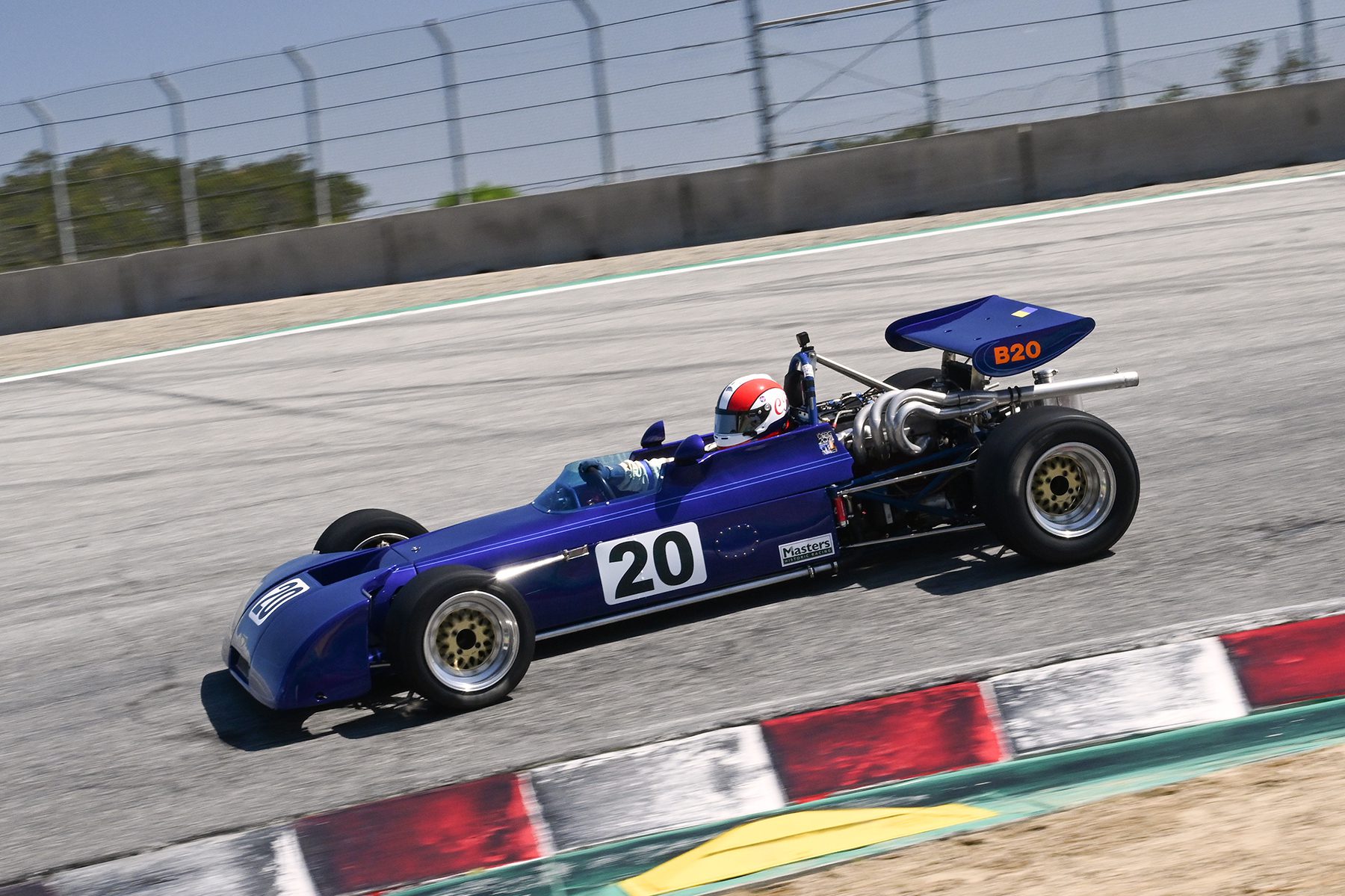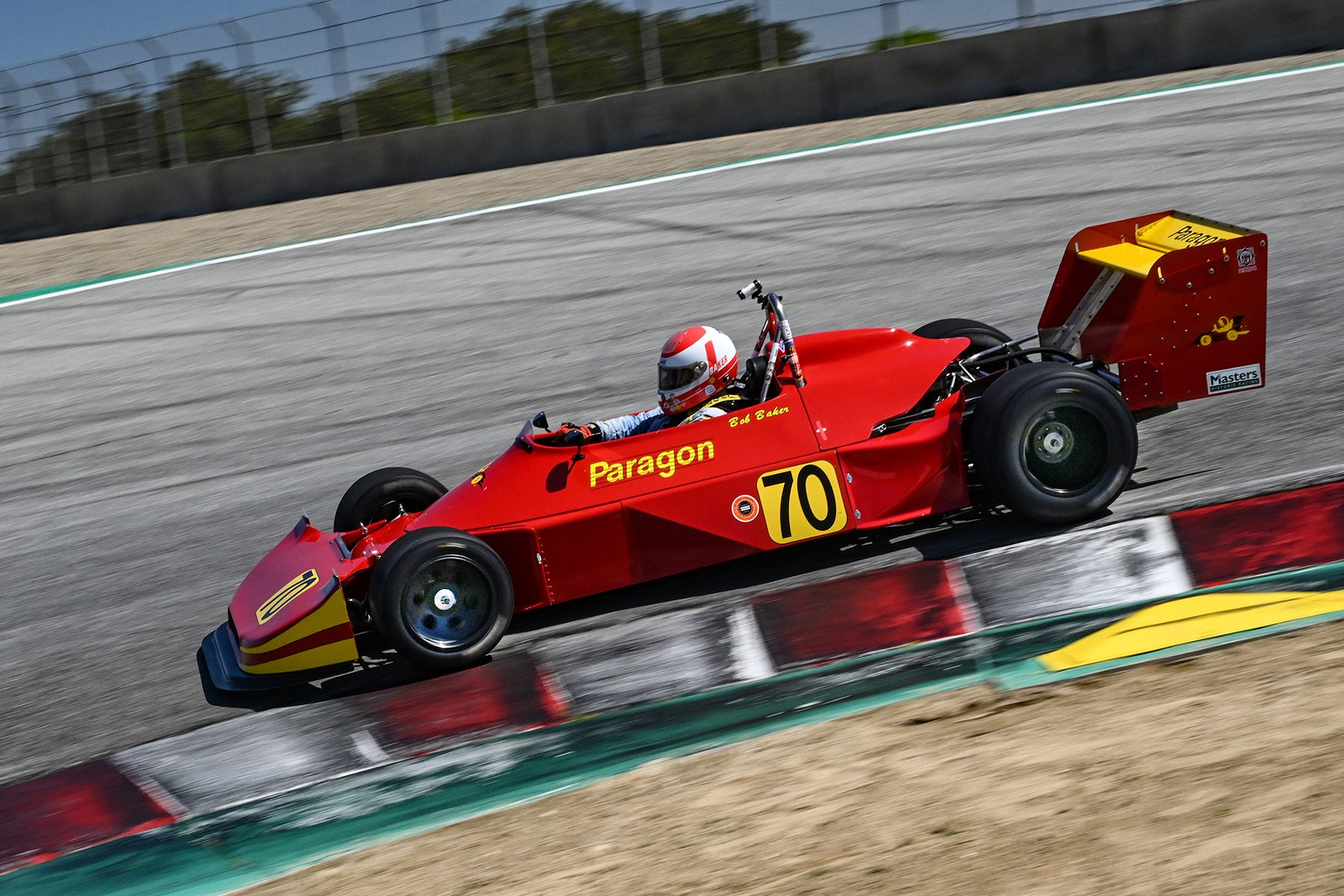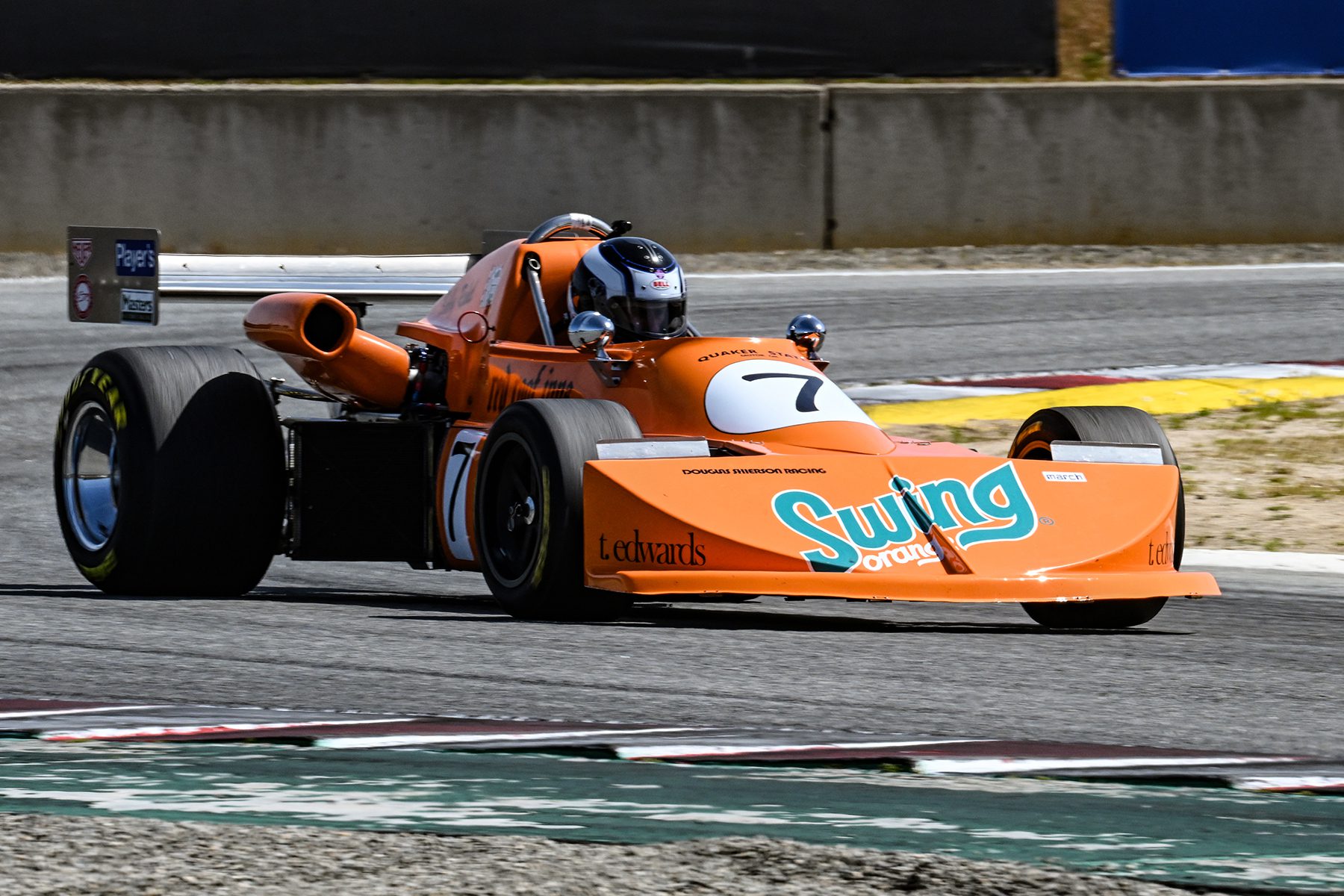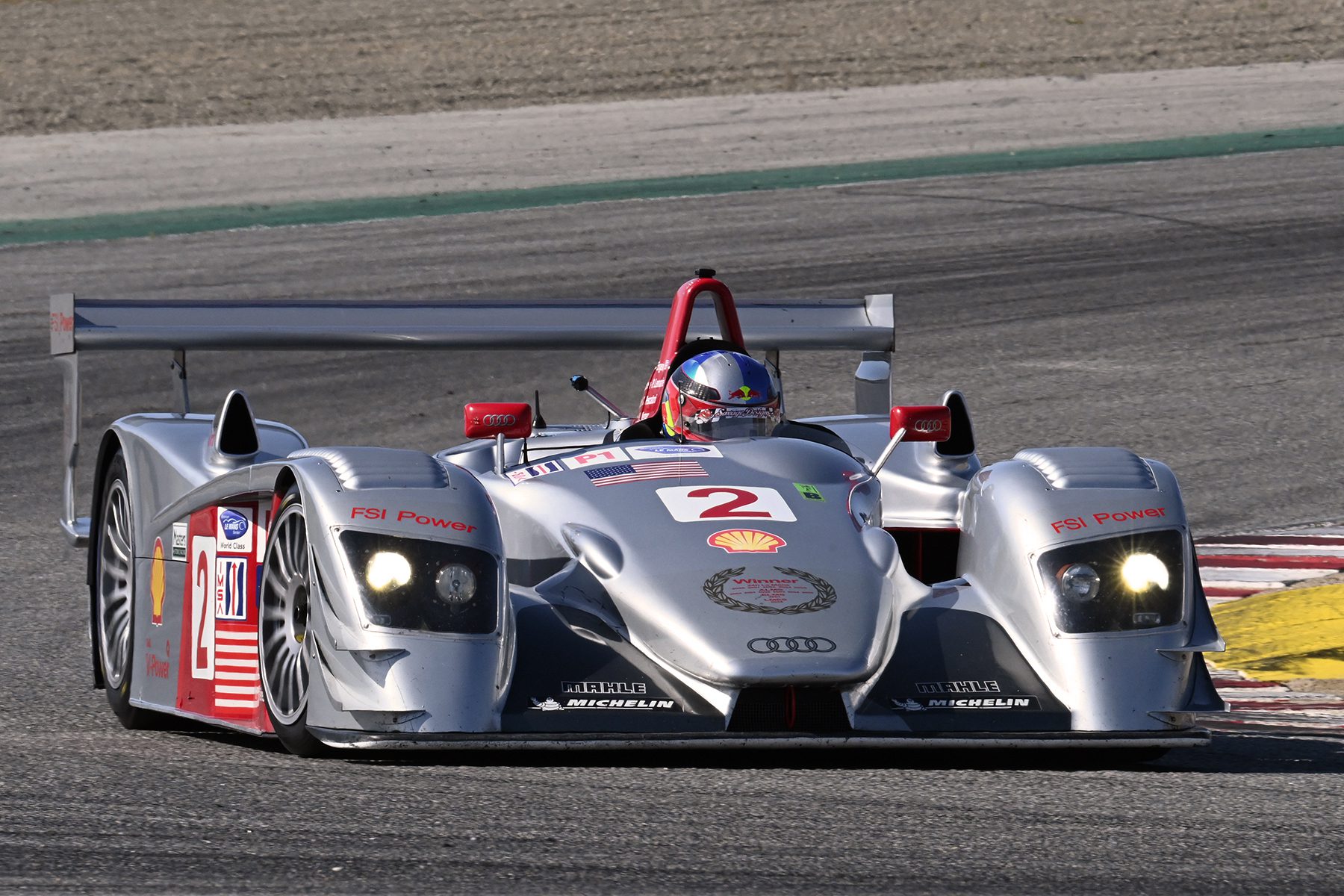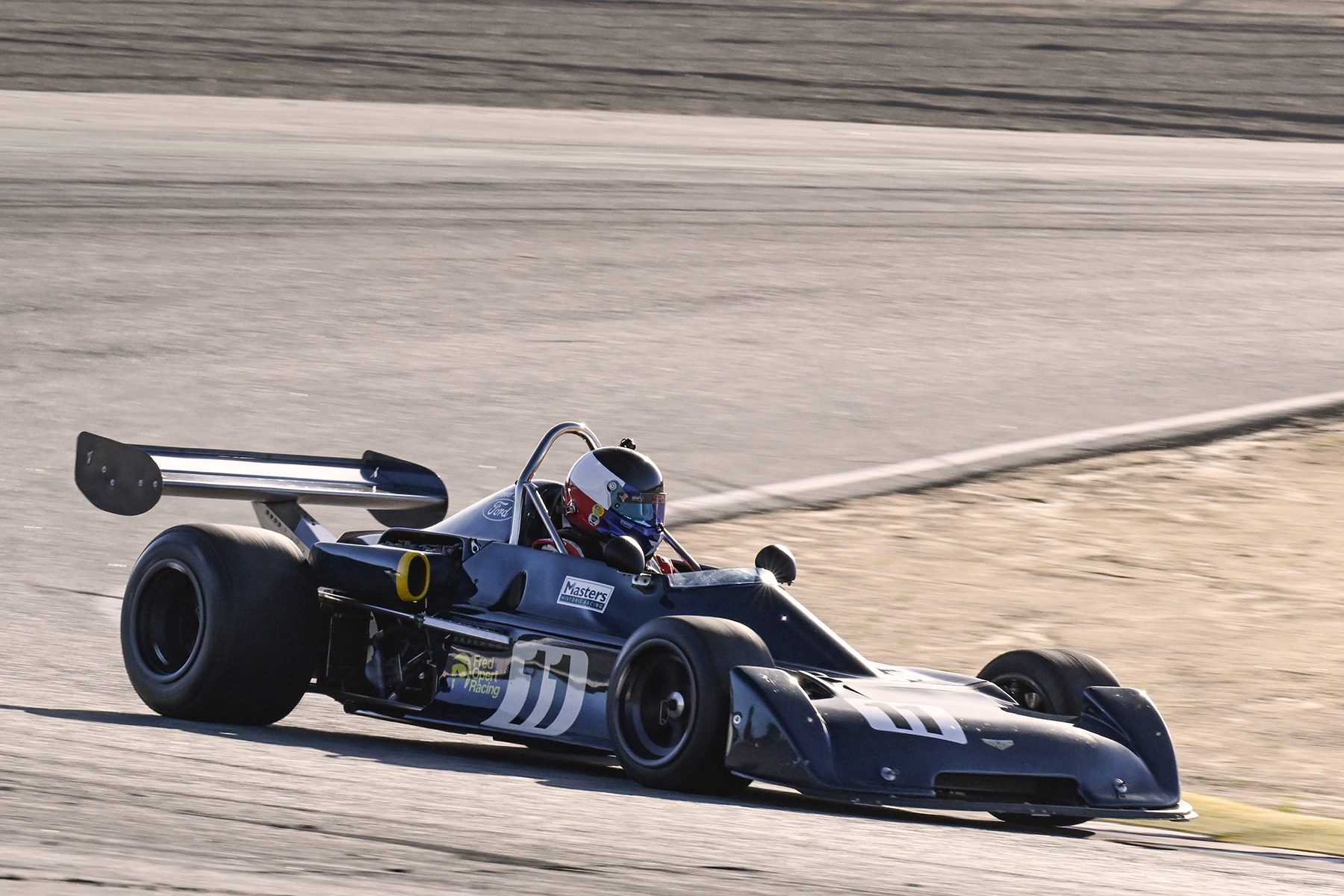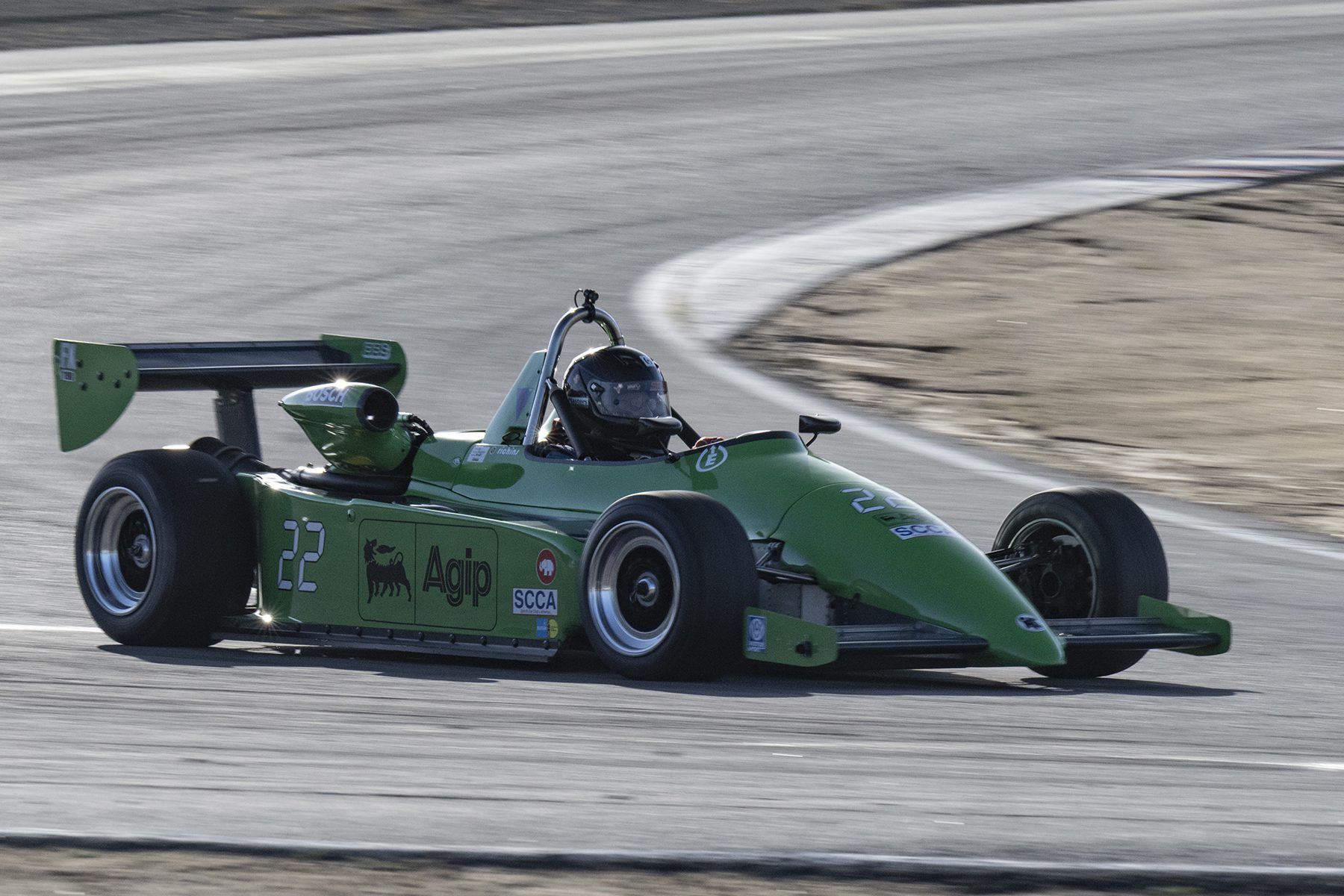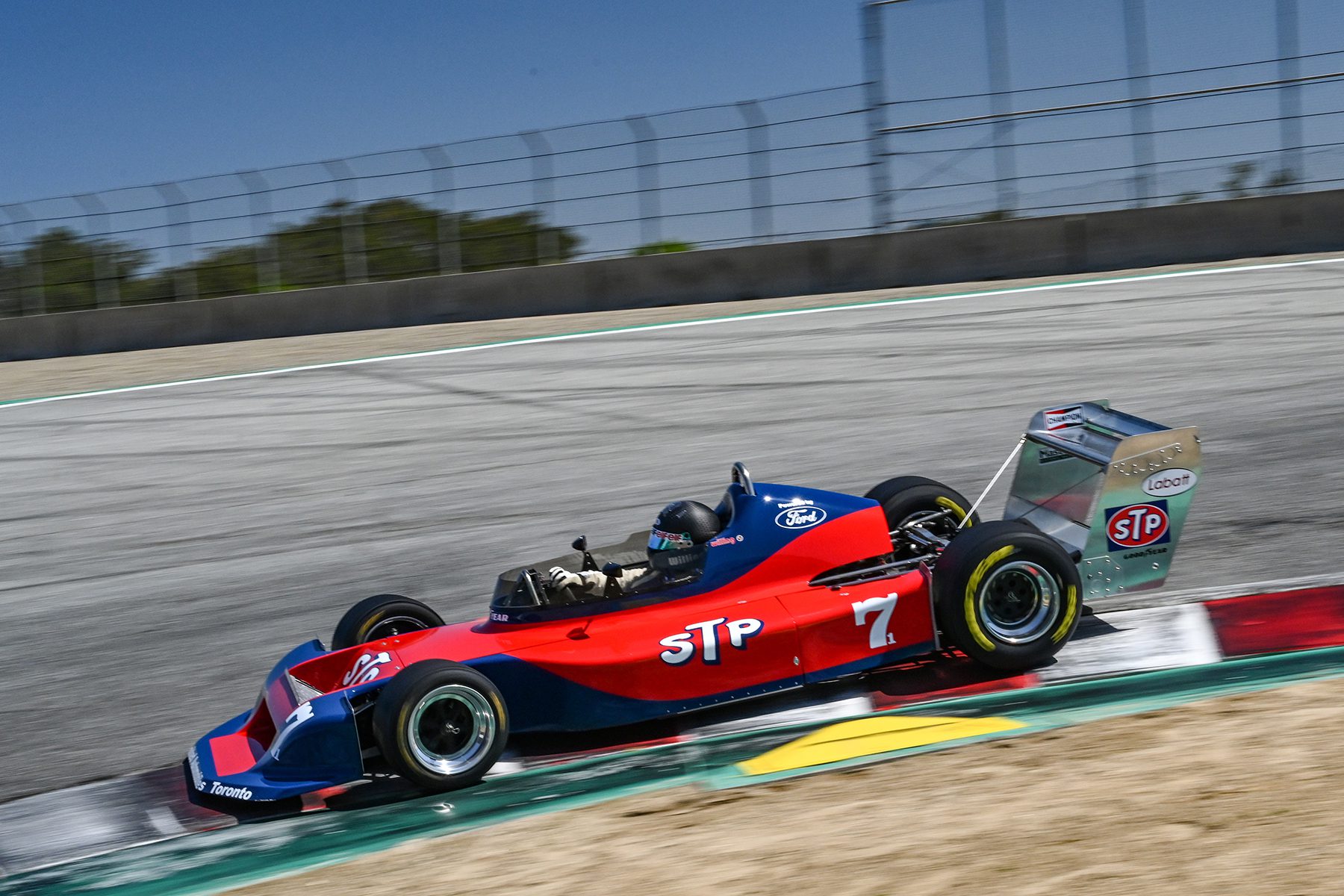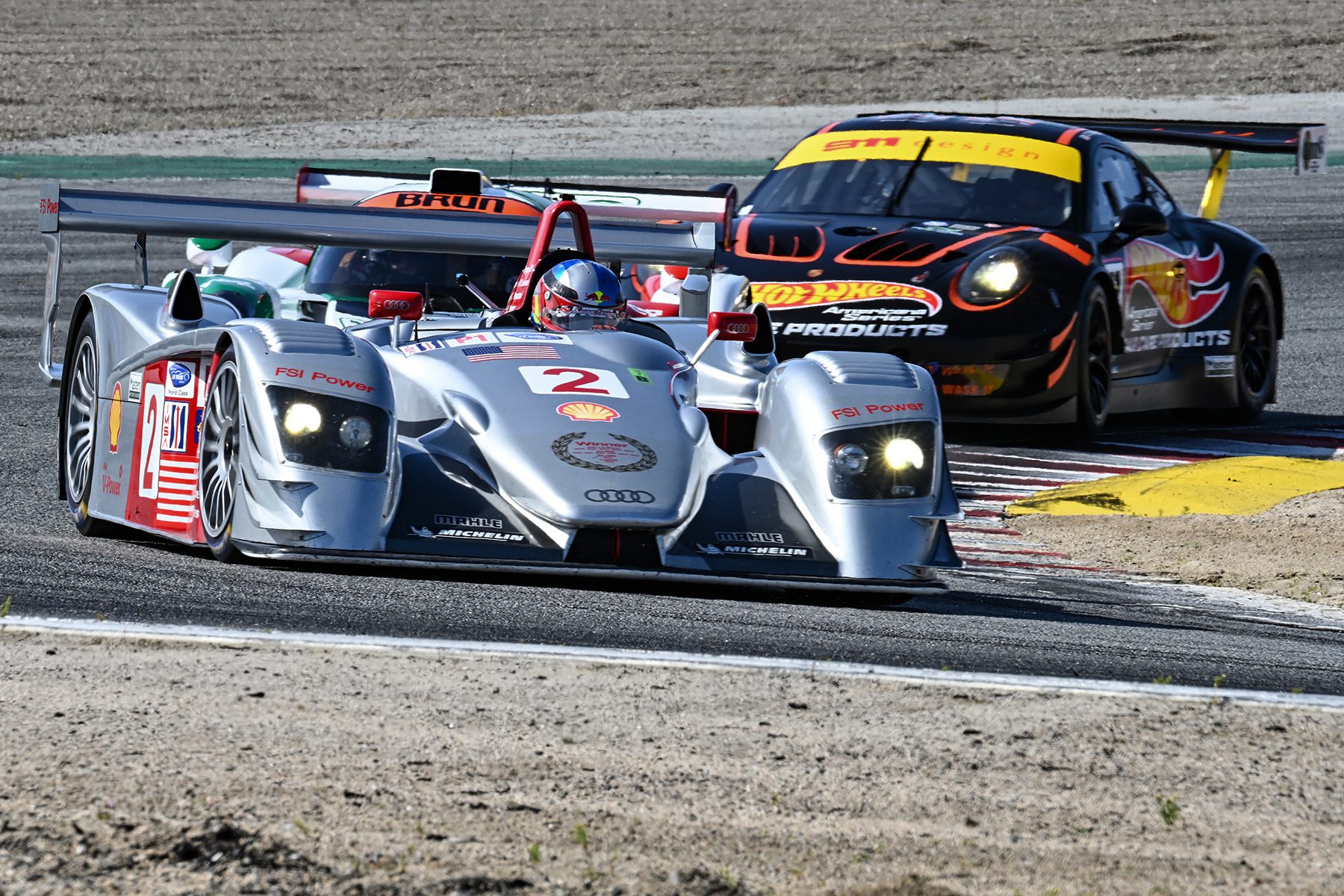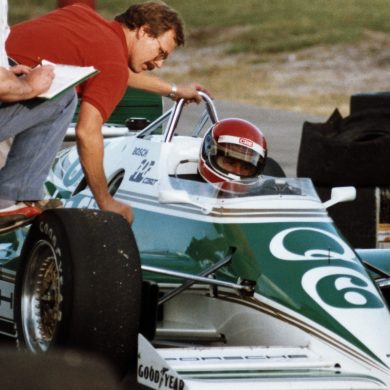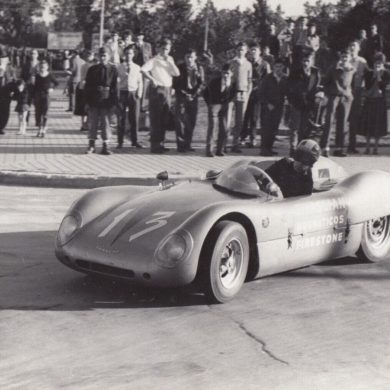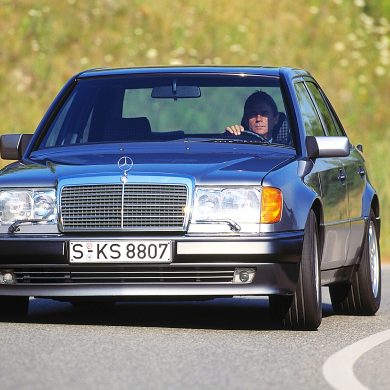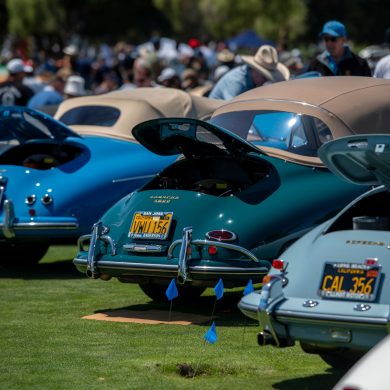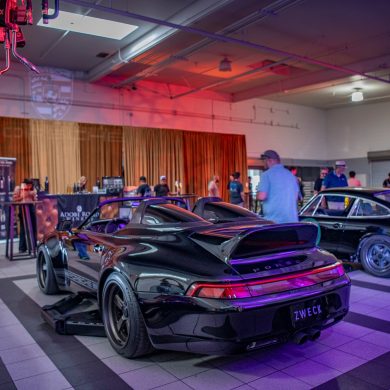Masters Historic Racing USA made a West Coast stop at WeatherTech Raceway, Laguna Seca, April 1st through 3rd. Masters brought two groups of cars to Laguna; the Masters Endurance Legends and Formula Atlantics. The Endurance Legends competed from January 1st, 1982, through December 31st 2017. These cars were eligible to run races such as Le Mans and Daytona 24 Hours, Sebring 12 Hours, and other endurance events. Also included are FIA Sportscar Championship 2001-2003 Prototypes. Lastly, IMSA 2014-2016 DP and GT Prototypes, Grand-Am, ALMS, and other feeder endurance series from 1982 to 2017.

For a car to be eligible, it must be prepared as it was when originally raced and be presented in its period livery. Hybrid vehicles do not qualify for the Series. Lastly, cars of significant historical value may be considered on a case-by-case basis. Each year the Masters Endurance class has grown and is now a collection of beautifully presented racers. Quick and noisy on track, they are clean and beautiful to inspect in the paddock.
Jim Devenport and his Oreca 03 LMP2, Stephen Romak’s Pescarolo Morgan, and Spencer Trenery’s Riley Mk Xl Gen 1 DP are excellent examples of the fast cars in this class.

Also in this field are Porches and Audis. Bruce Leeson’s Audi R8 LMS and David Alvarado’s Porsche 997 GT3 are examples. Again beautifully prepared cars.

By Saturday’s race, these guys were tearing up Laguna Seca. I have two favorite spots to watch. From turn two, you can see the cars pop up over the hill towards turn one before dropping the anchor to slow before they power out, accelerating towards turn three. My second favorite spot is turn six, where you can watch the cars passing under the bridge on the driver’s far right in preparation for the quick sweeping left turn six, followed by heavy acceleration up the hill to the blind turn seven. Turns two and six allow these Masters Endurance cars to really show off their braking, acceleration, and ability to stick to the pavement. Good fun.

The other Masters group here this weekend is the Masters Formula Atlantic Plus. This group comprises cars built to the appropriate Formula Atlantic under 2-liter regulations between 1969 and 1986, running in their original specification. Eligible vehicles will have raced in Formula Atlantic, Formula Super Vee, or Formula Two. In other words, open-wheel race cars with exposed drivers.

If you have not seen these guys race, you have missed one of the best viewing series. You can see the drivers from the fence and watch them turn their heads into the turn. Their gloved hands are visible, allowing spectators to watch the drivers work the wheel in guiding their cars into and through turns. Under 2-liter engines combined with low weight and wide slicks give these Formula Atlantic cars amazingly quick acceleration and phenomenal braking and sticking power. The sounds are not bad either.

Danny Baker’s Ralt RT1 put on a show. Baker hangs the tail out through the turns with a lightning-quick hand control that often puts him on the front or near the front. In his MARCH 768, Wade Carter is another driver-car combo that is quick. The MARCH 80A driven by Steve Romak is usually found near the front too.

Both of these Masters groups could come right off the track and line up on the grass for a concourse. Clean, noisy, and fast. In 2022, Masters Historic Racing will be running these events:
- 3-5 June Belle Isle Park, Detroit, Mich. US.
- 1-3 July Canadian Tire Motorsport Park, Mosport, Canada
- 7-10 July Watkins Glen International, US
- September 30th – October 2nd Indianapolis Motor Speedway, US
- 21-23 October Circuit of The AMERICAS, US. (US F1 GRAND PRIX)
- 2-6 November Daytona International Speedway, US
- November 30th – December 4th Sebring International Raceway, US
This schedule yields a lot of opportunities to come out and see these cars and drivers race. It’s great fun and well worth the effort. Until next time.


